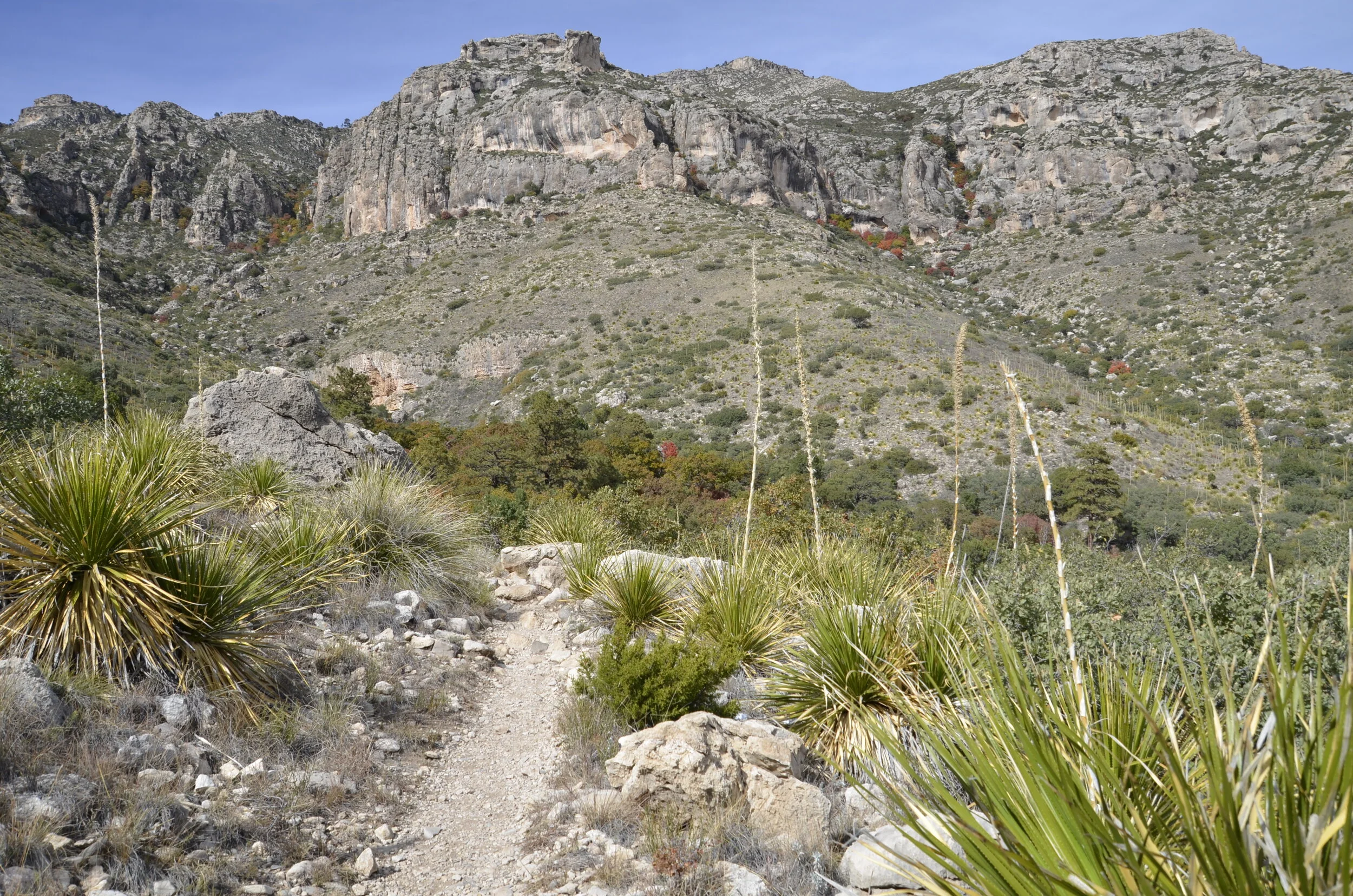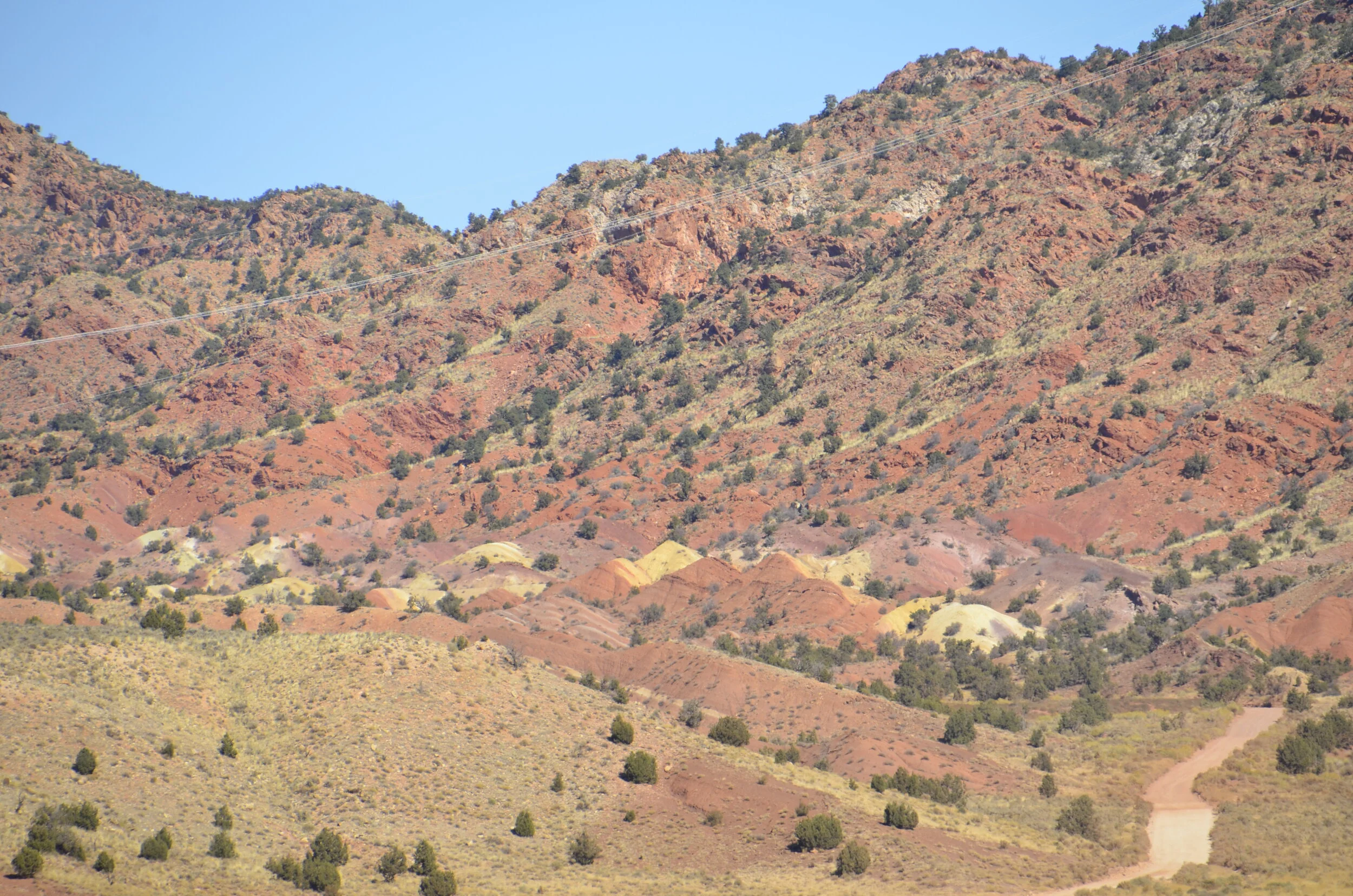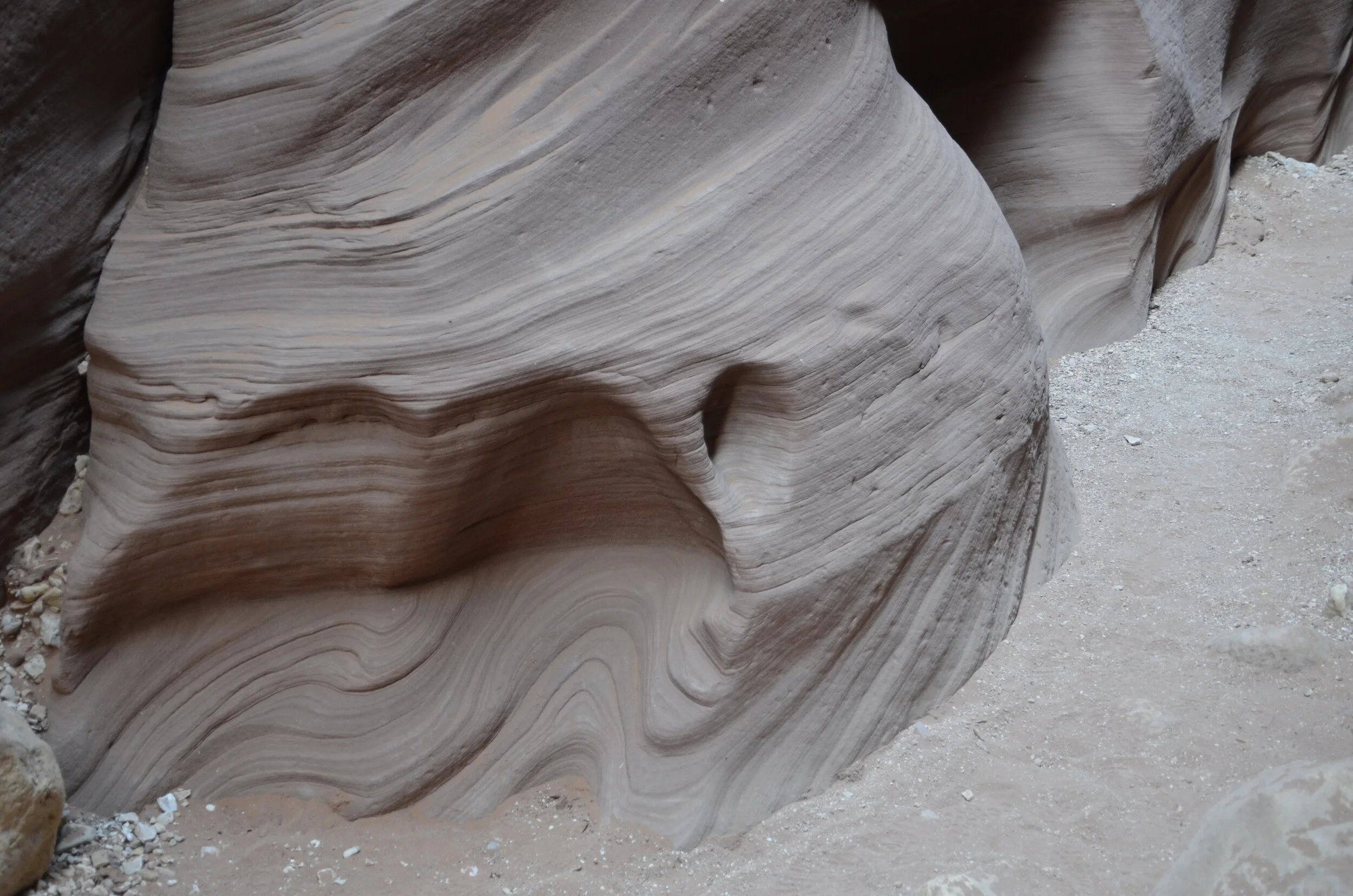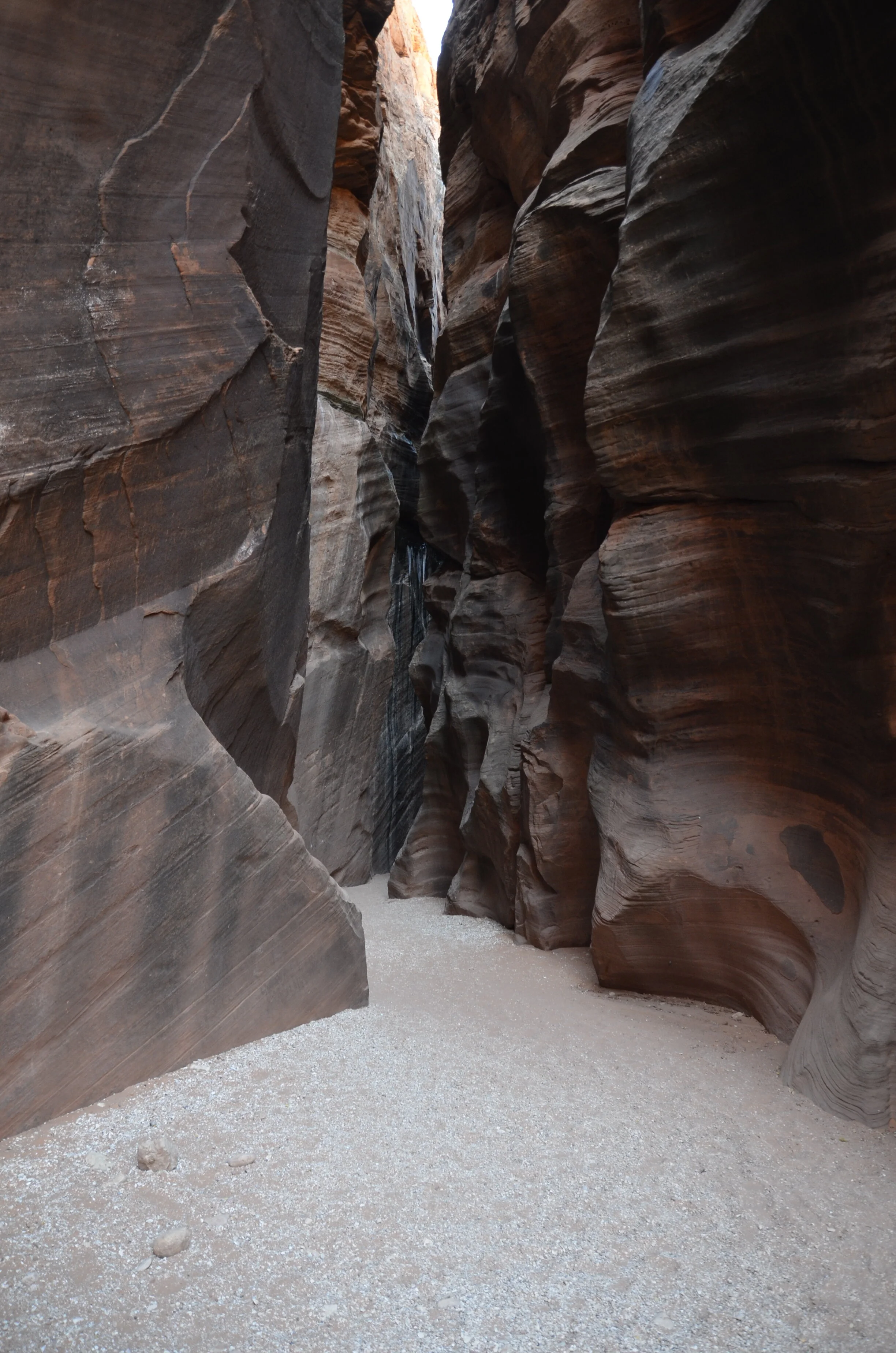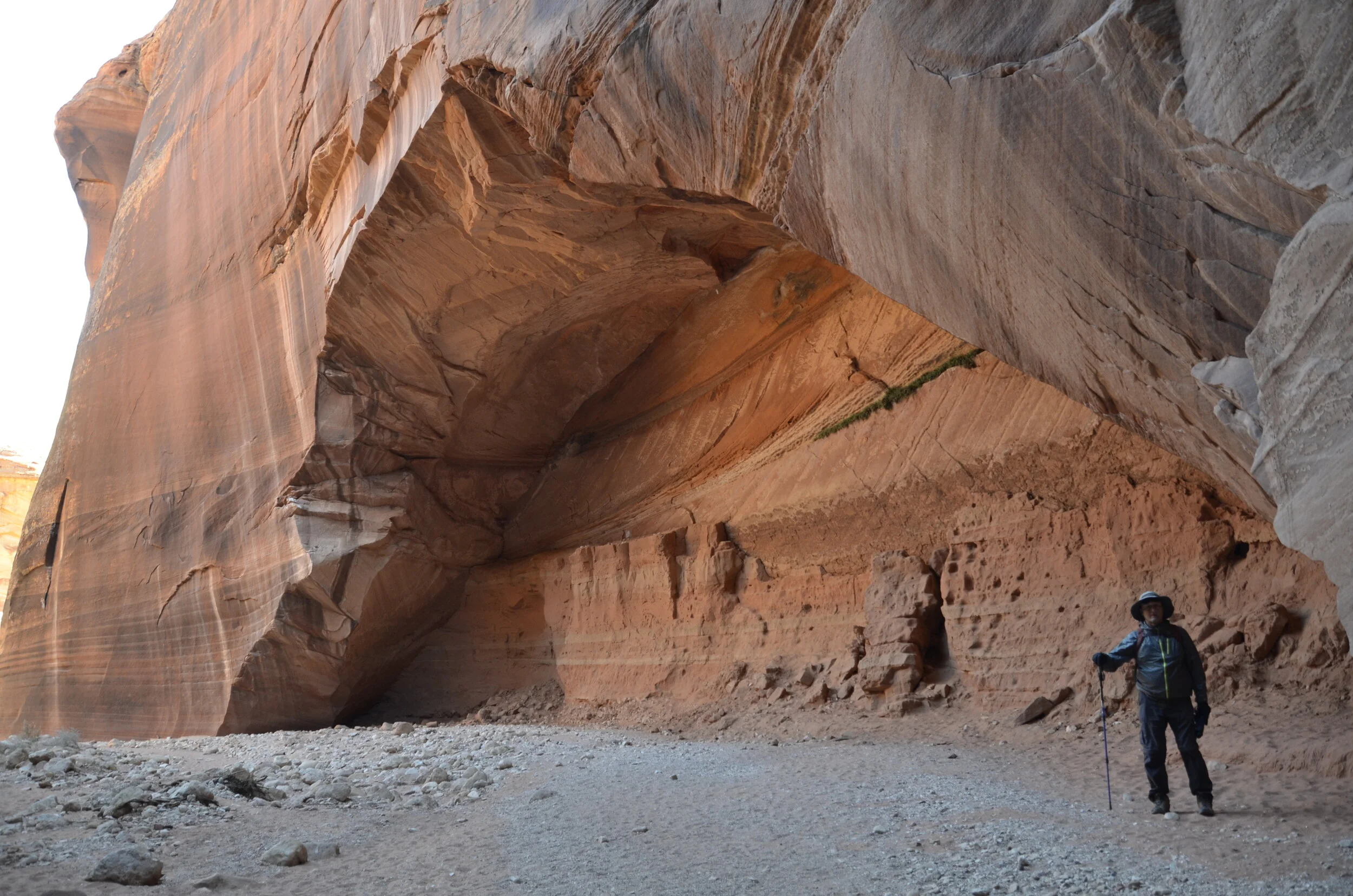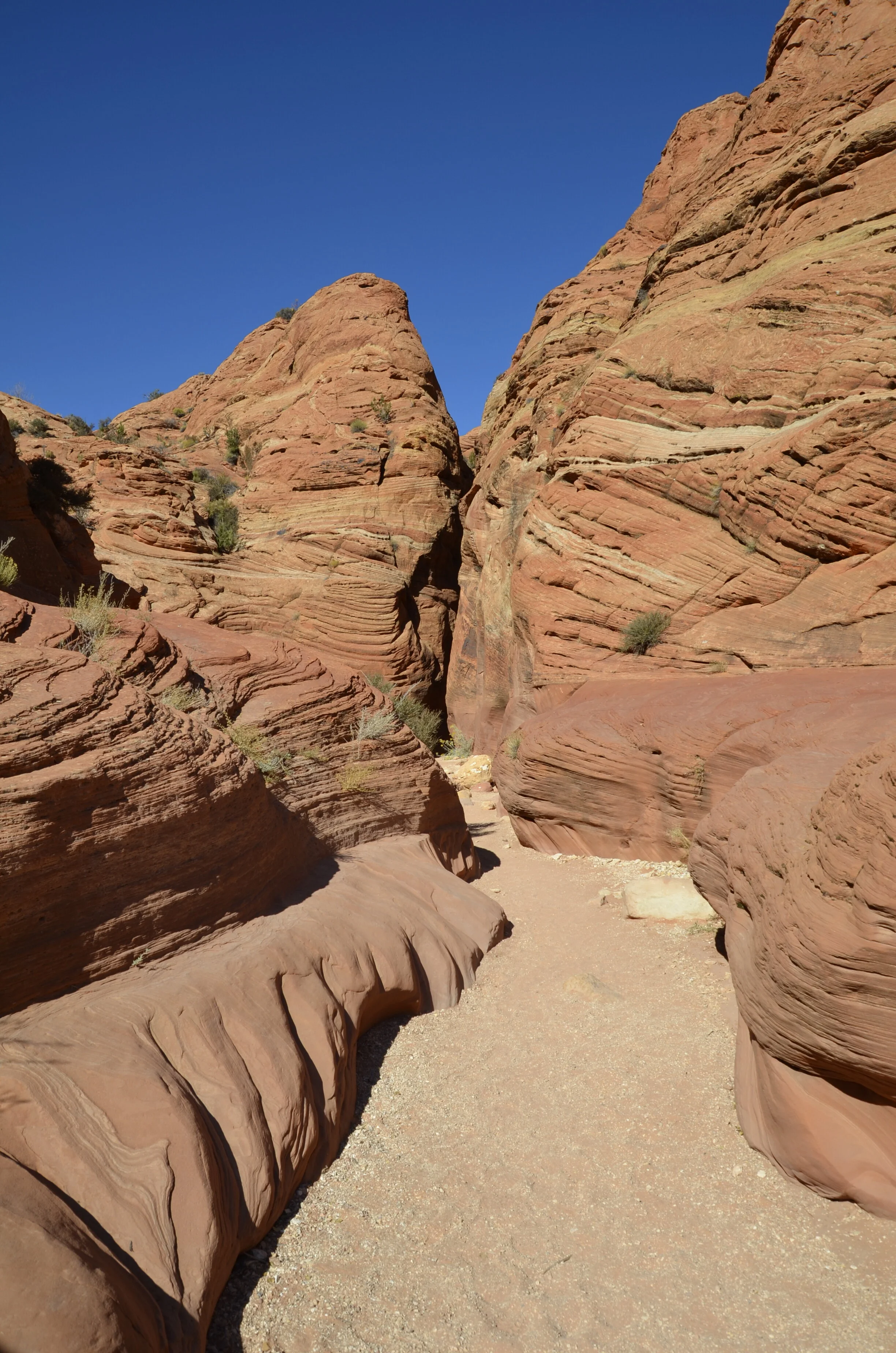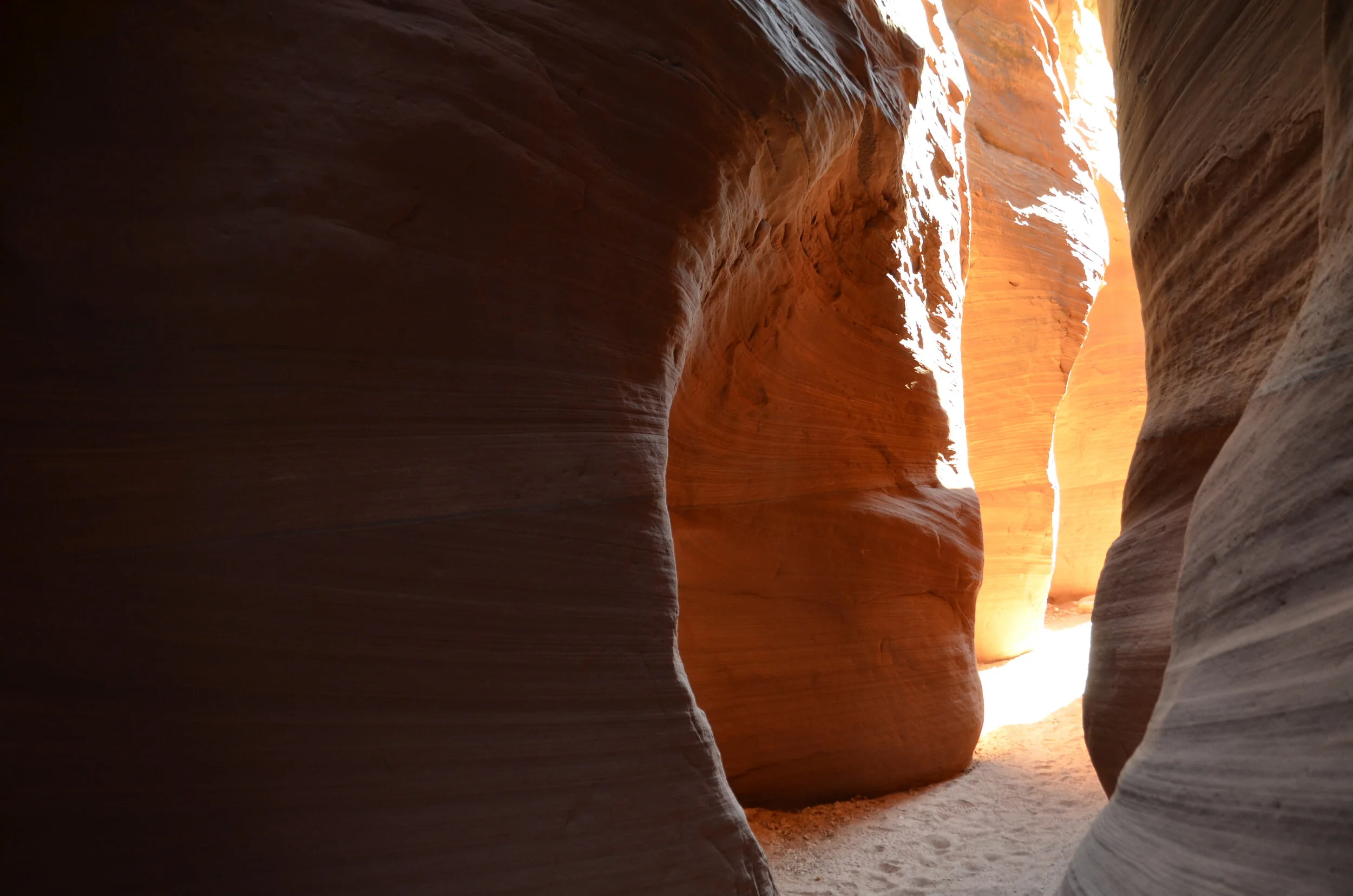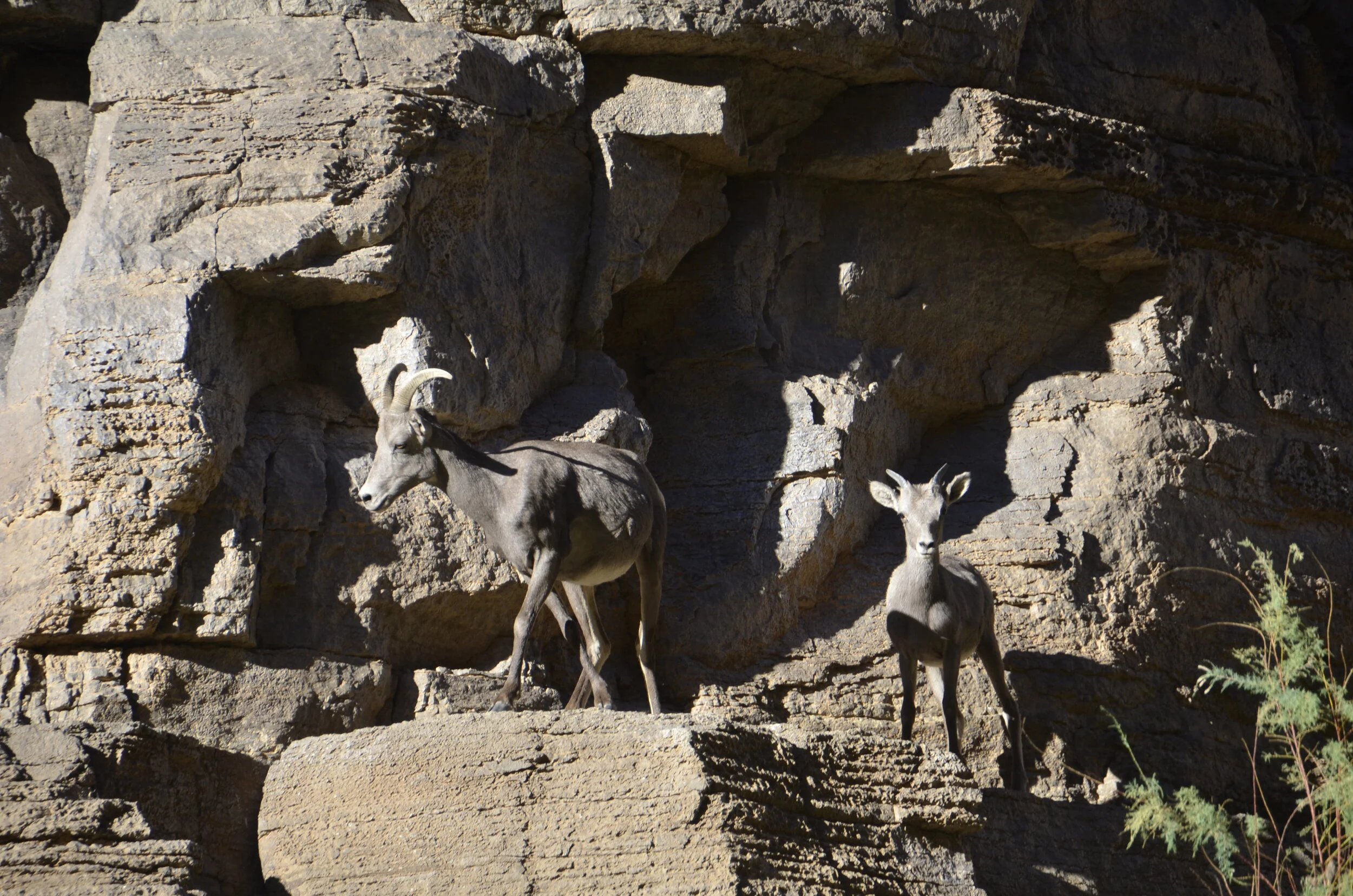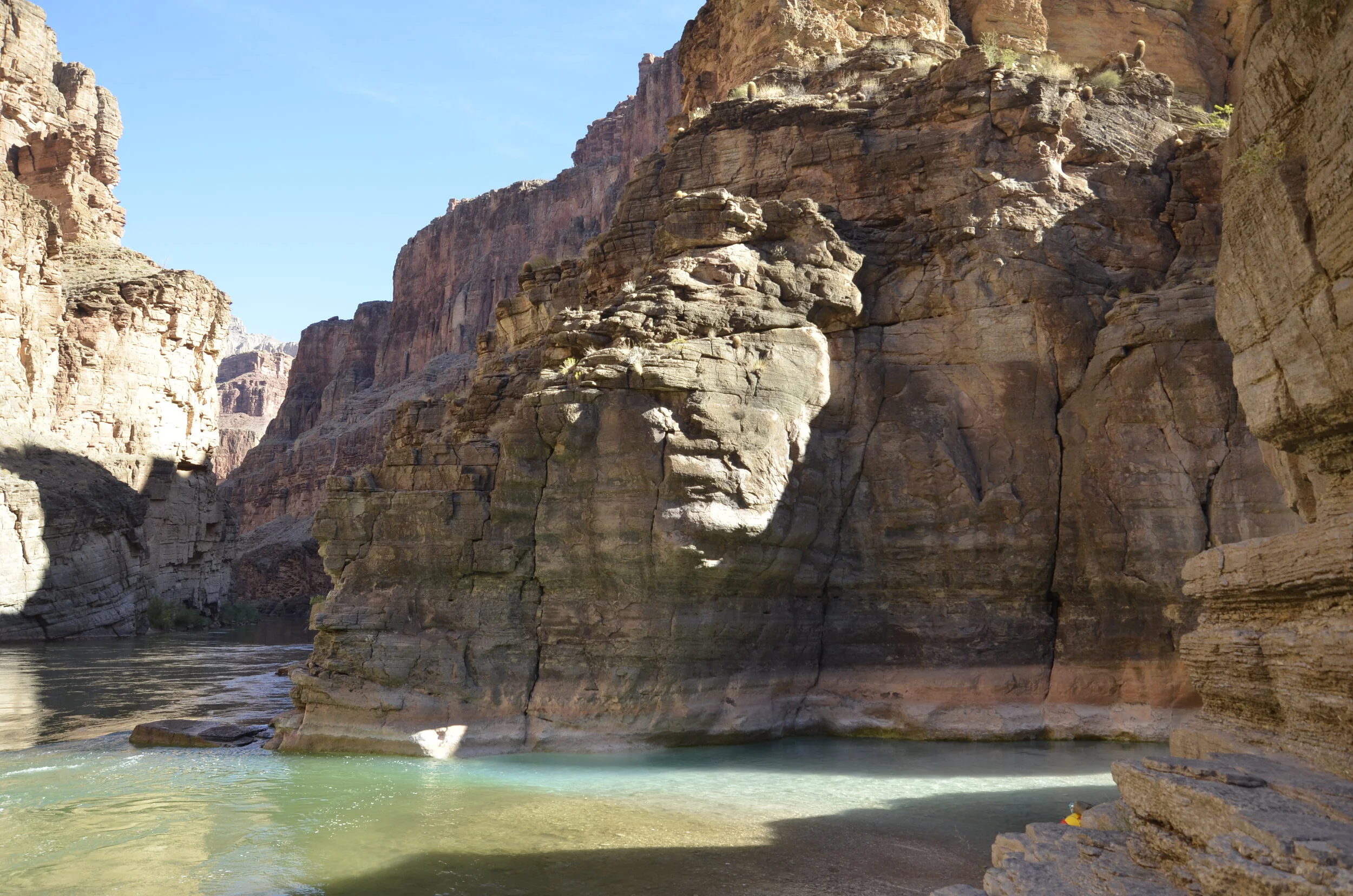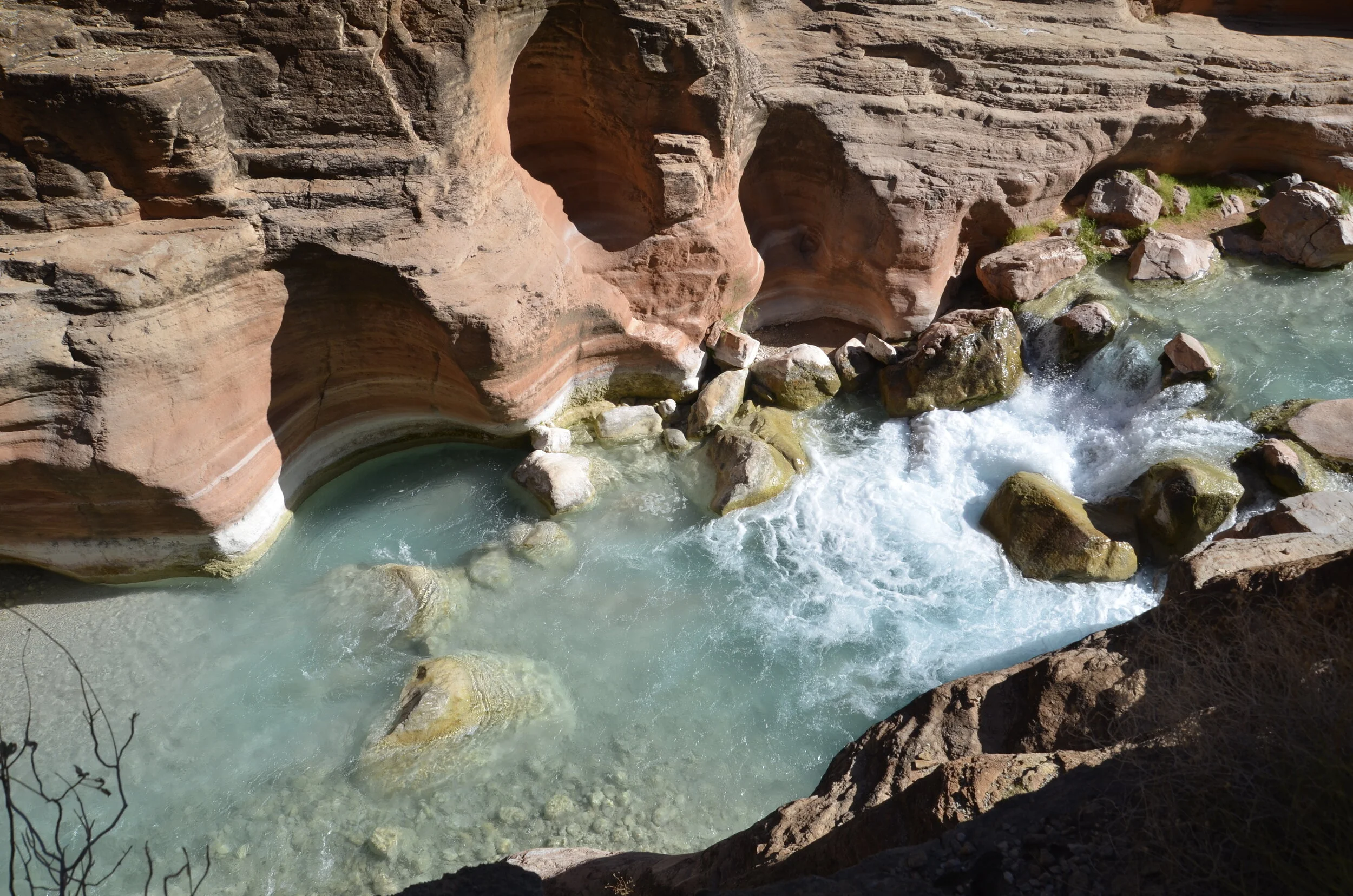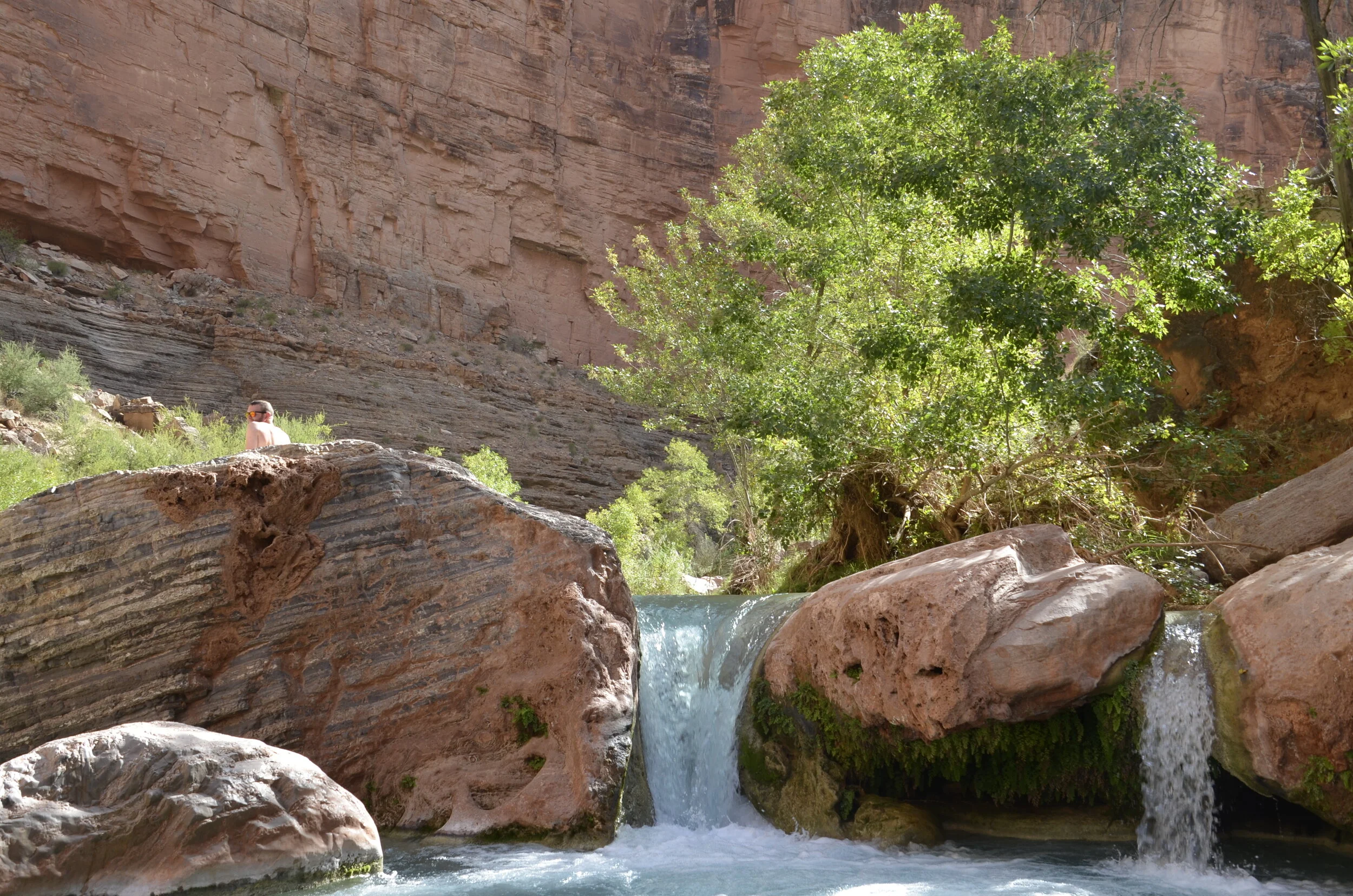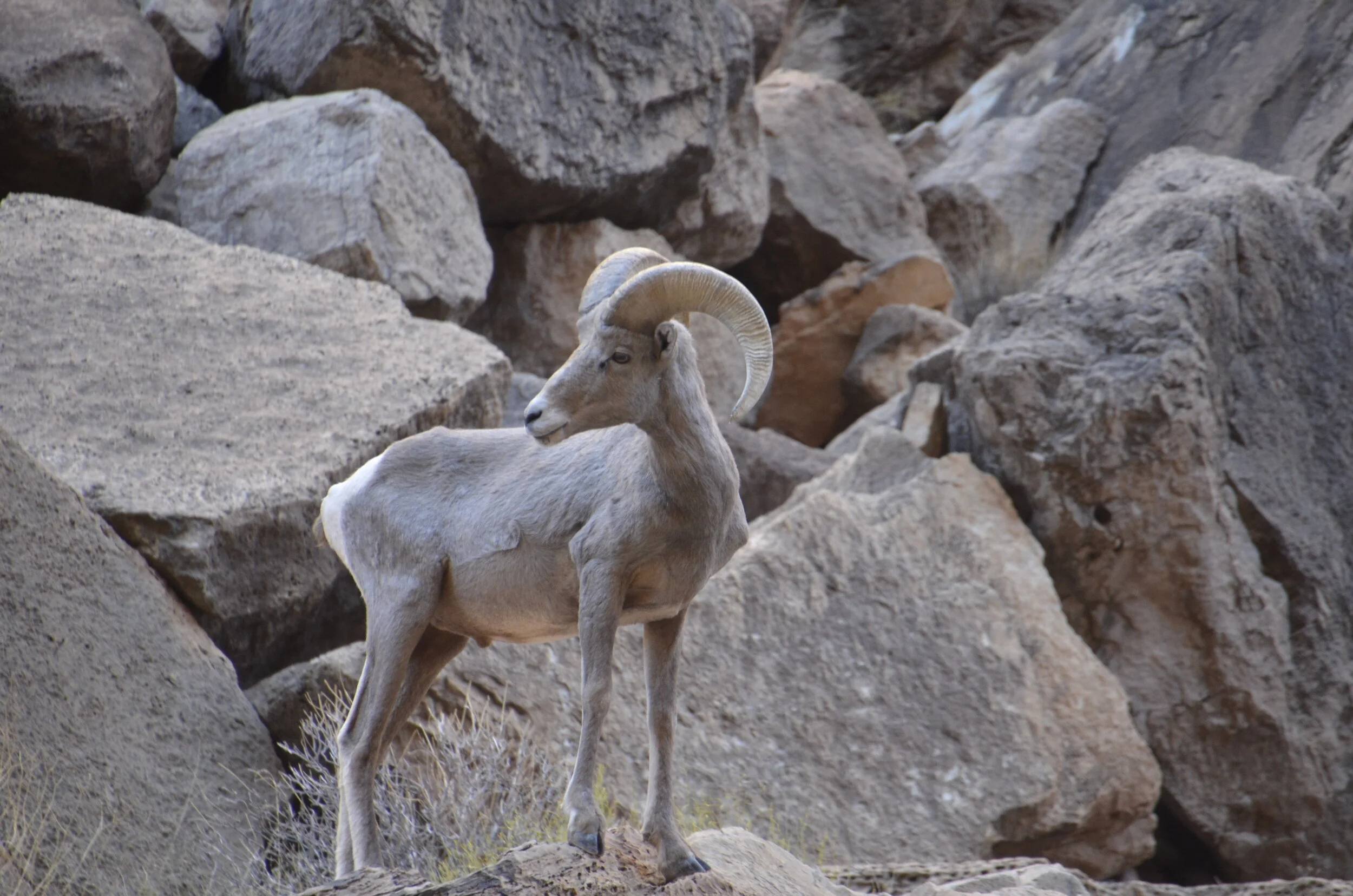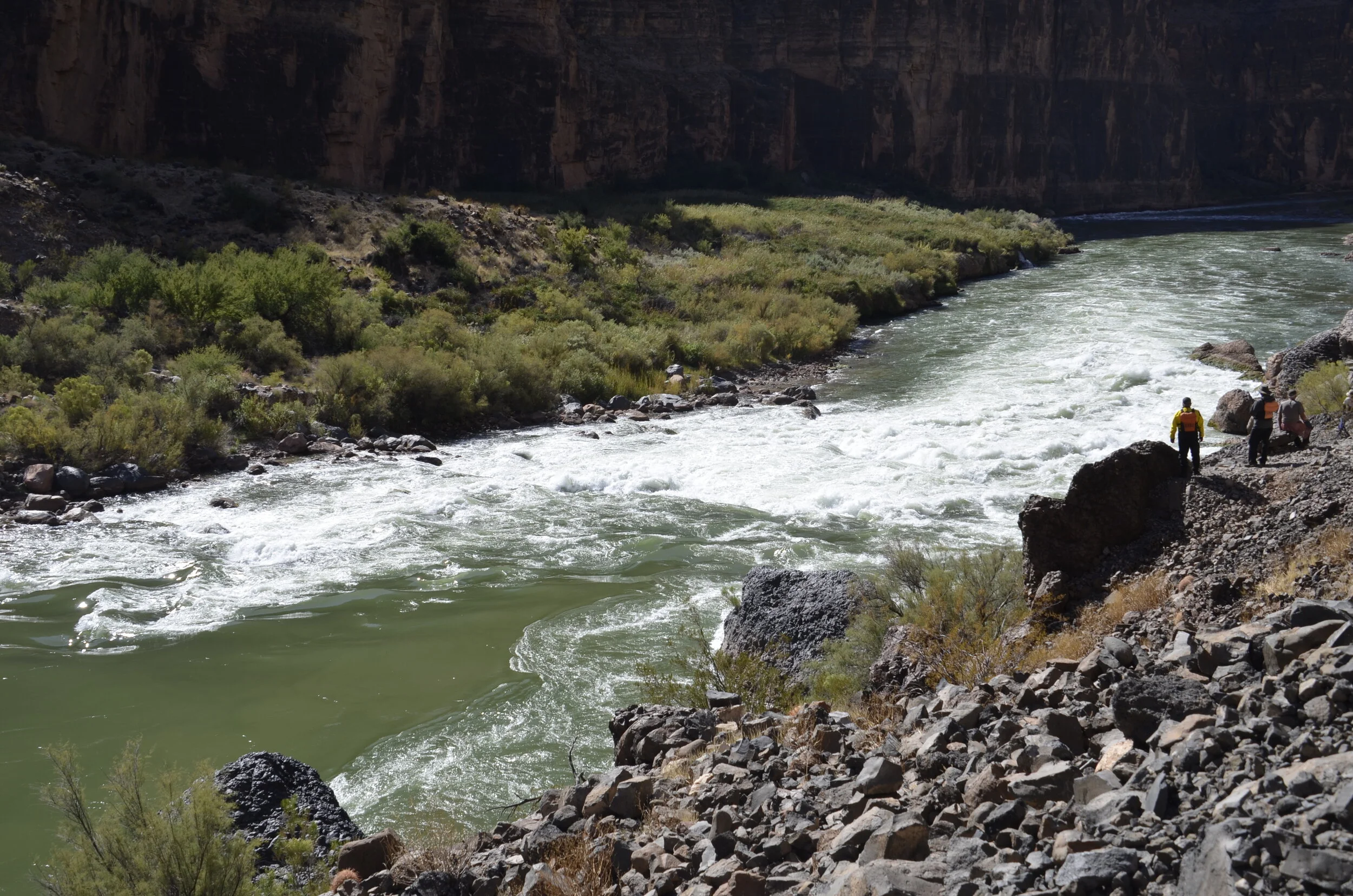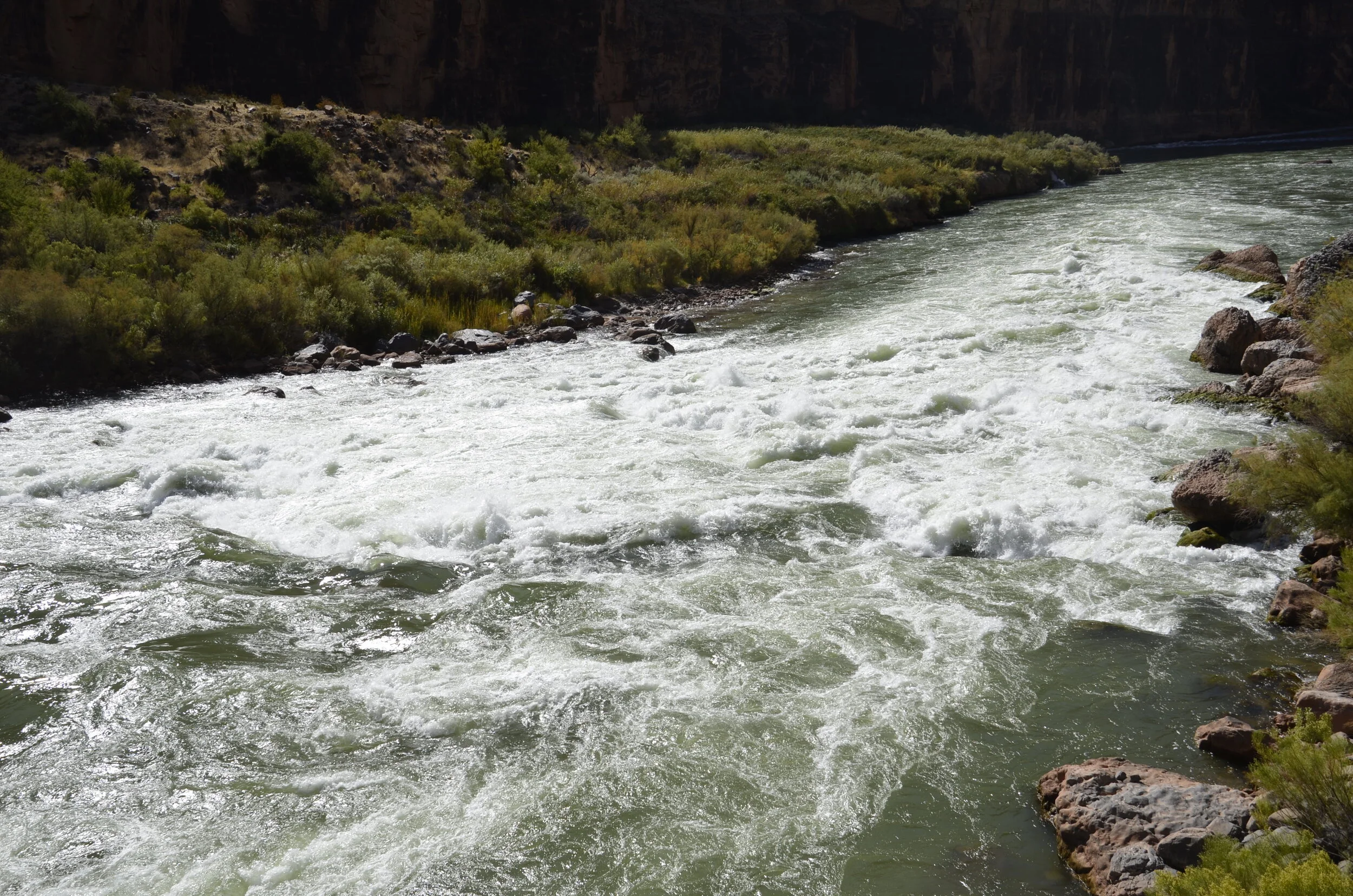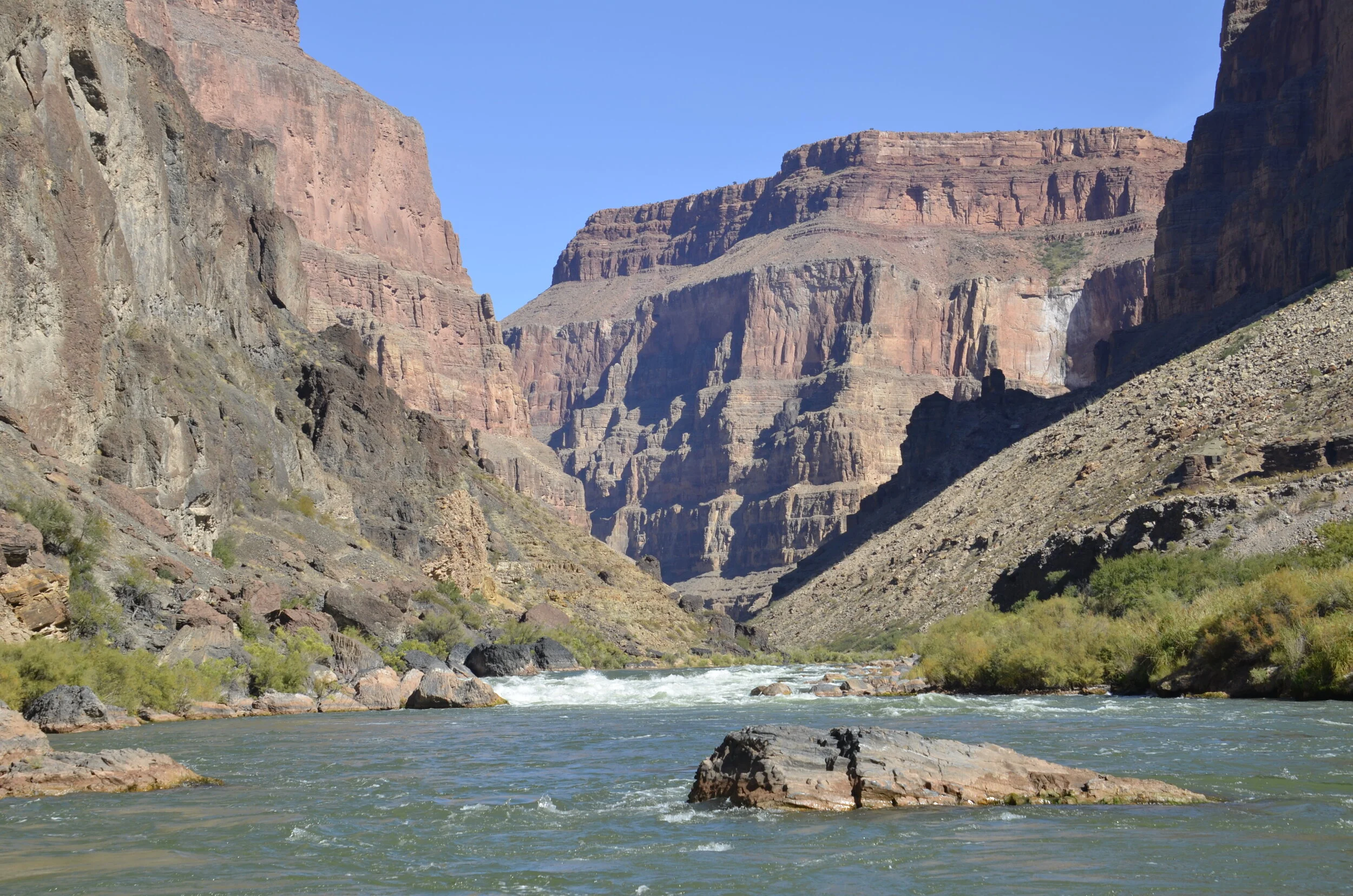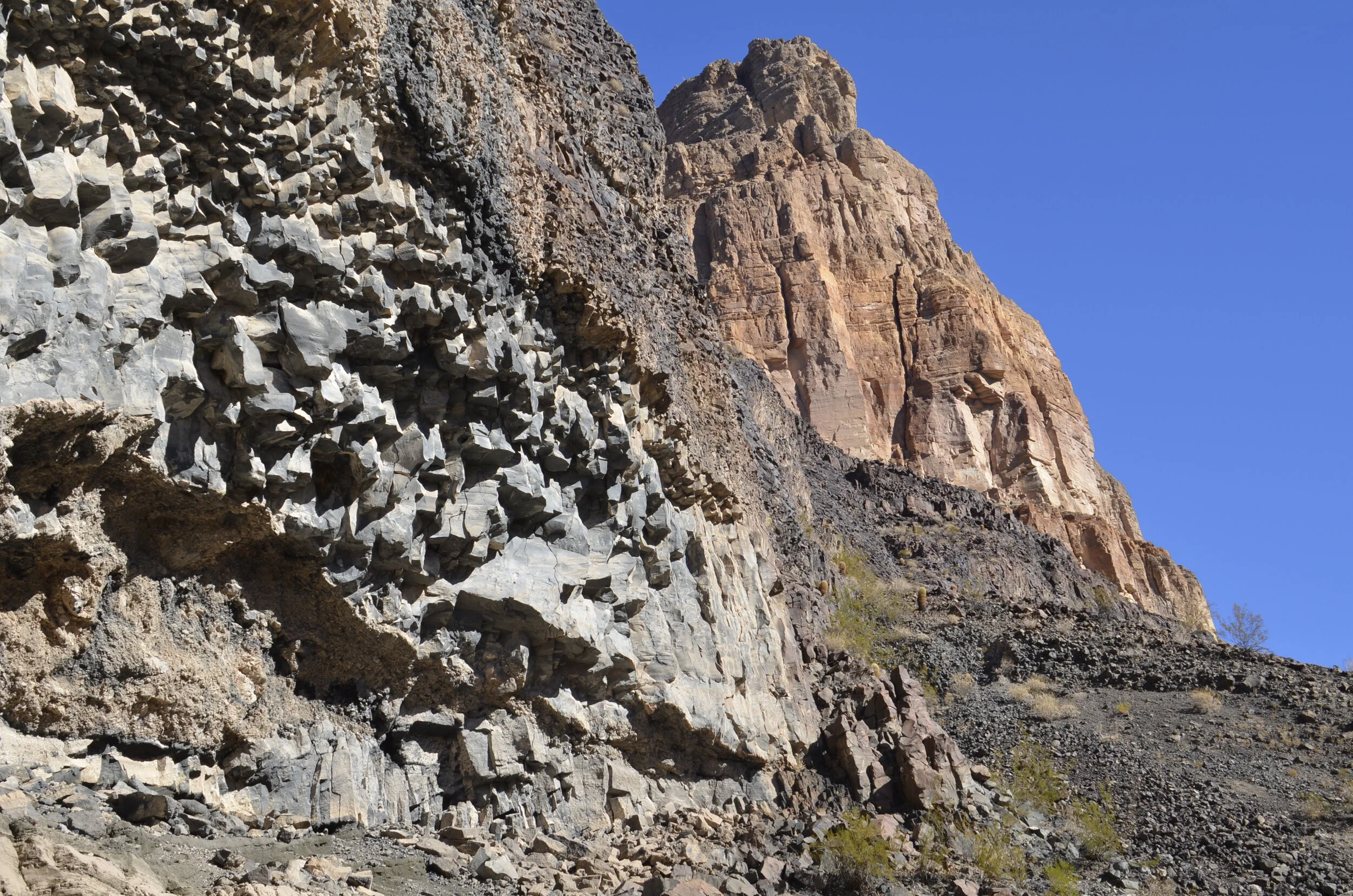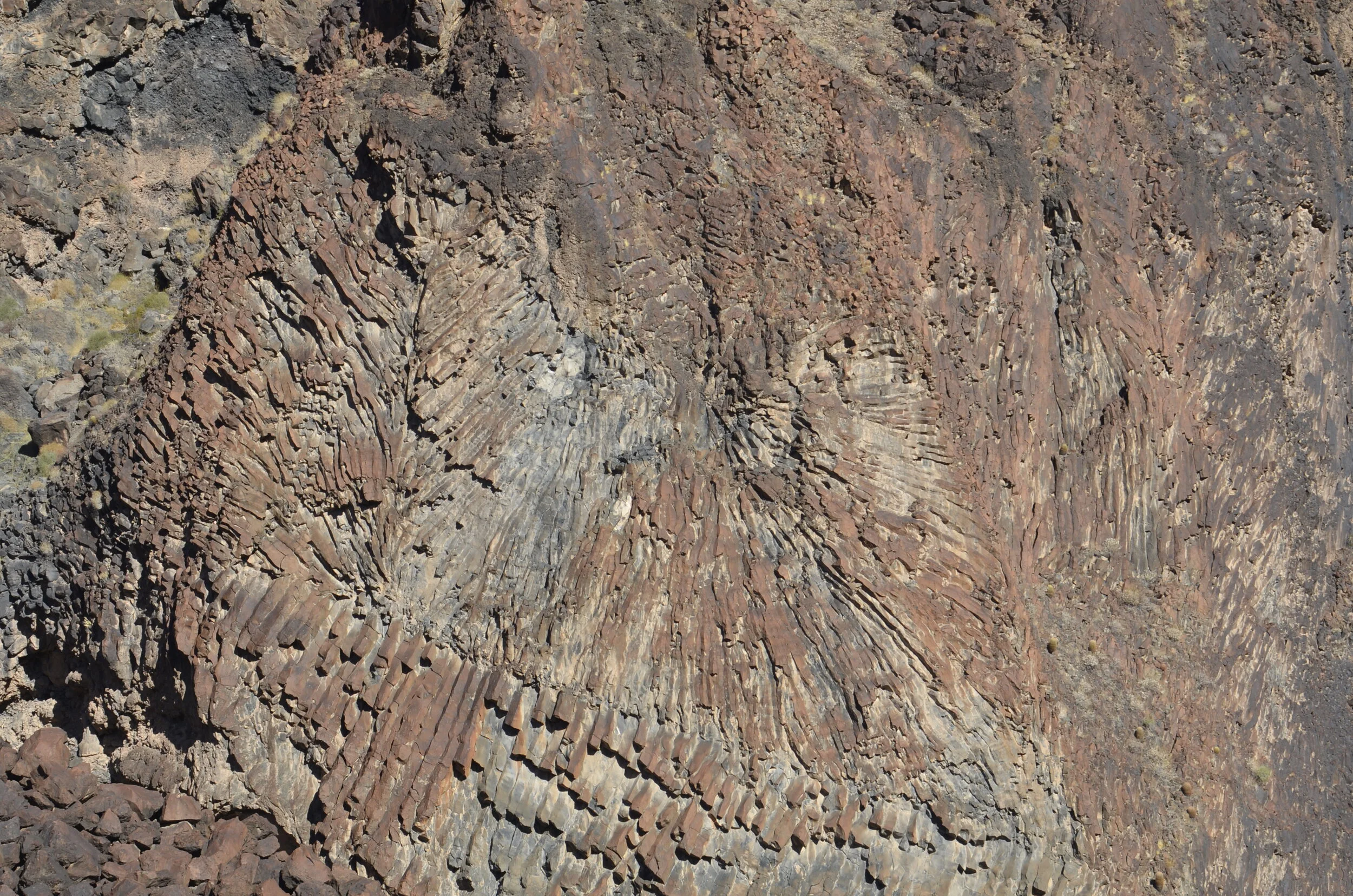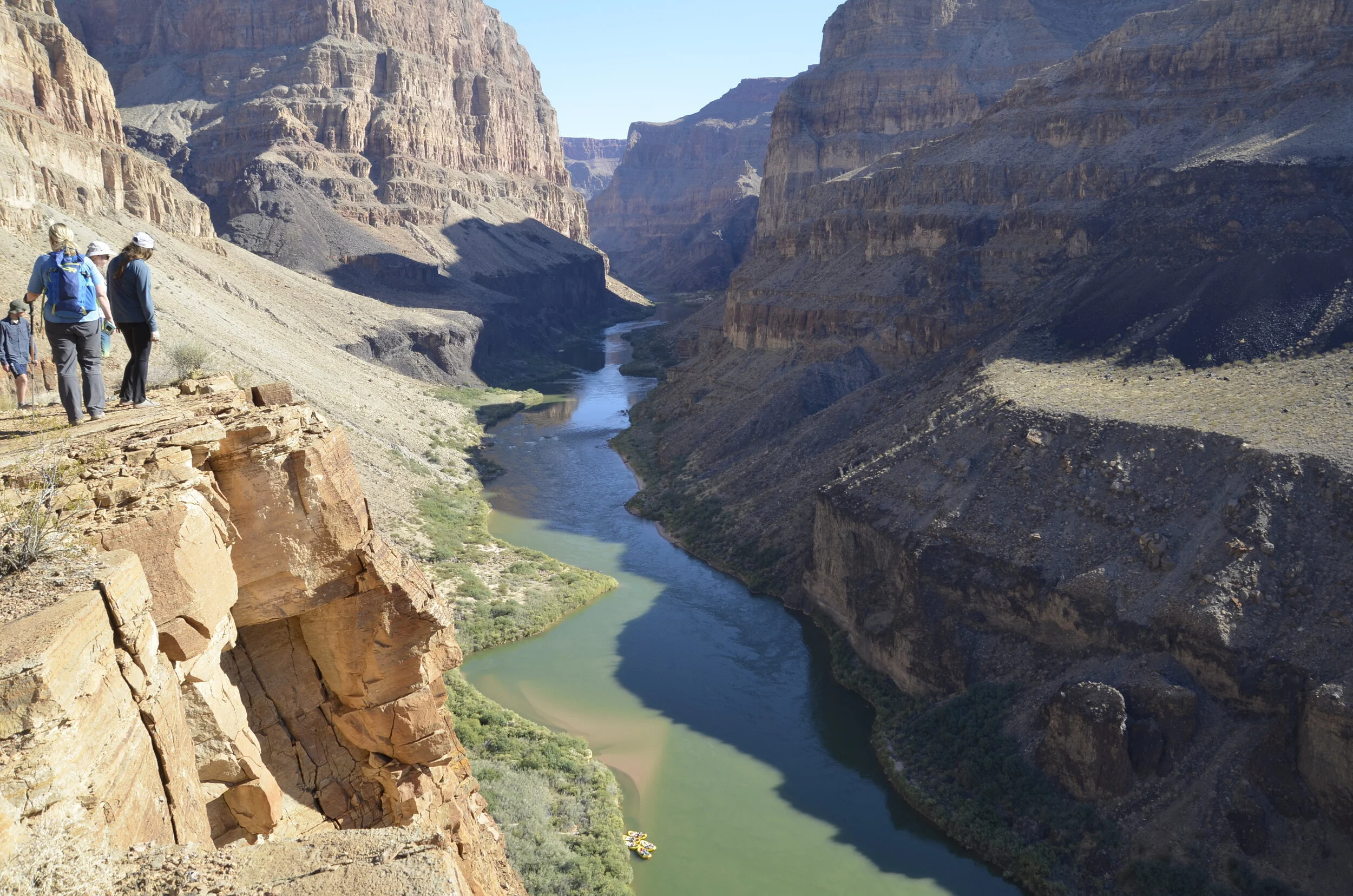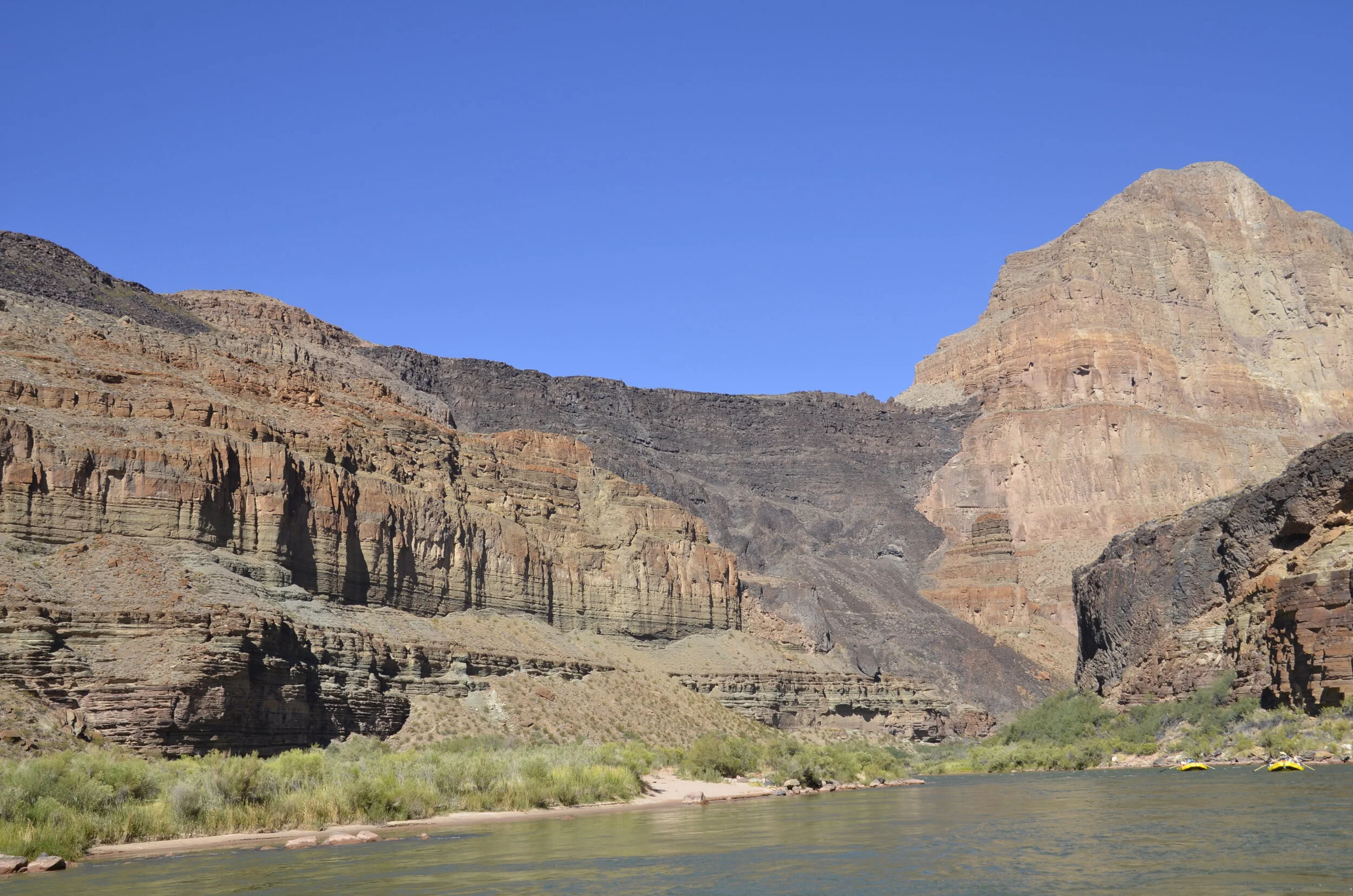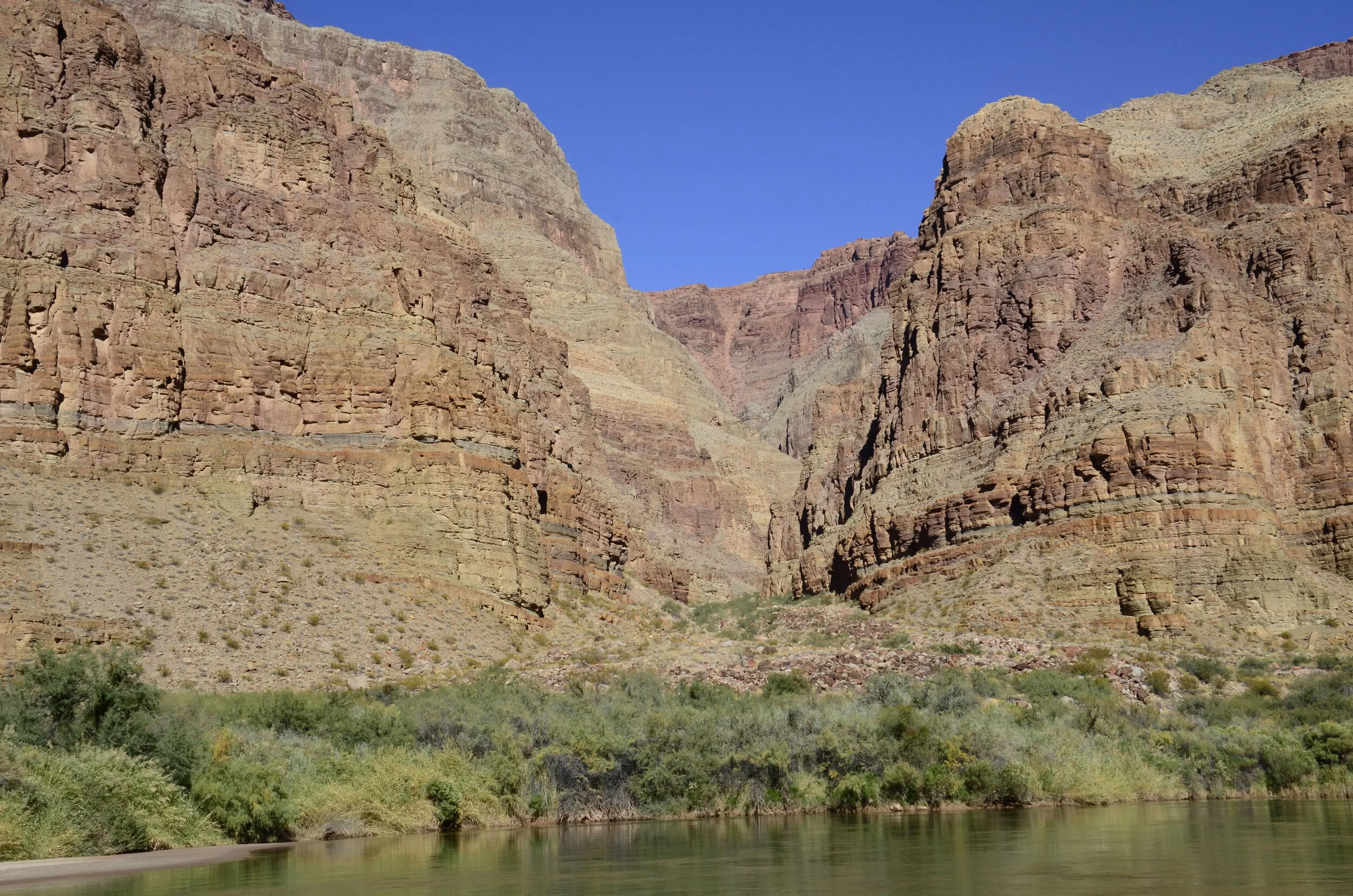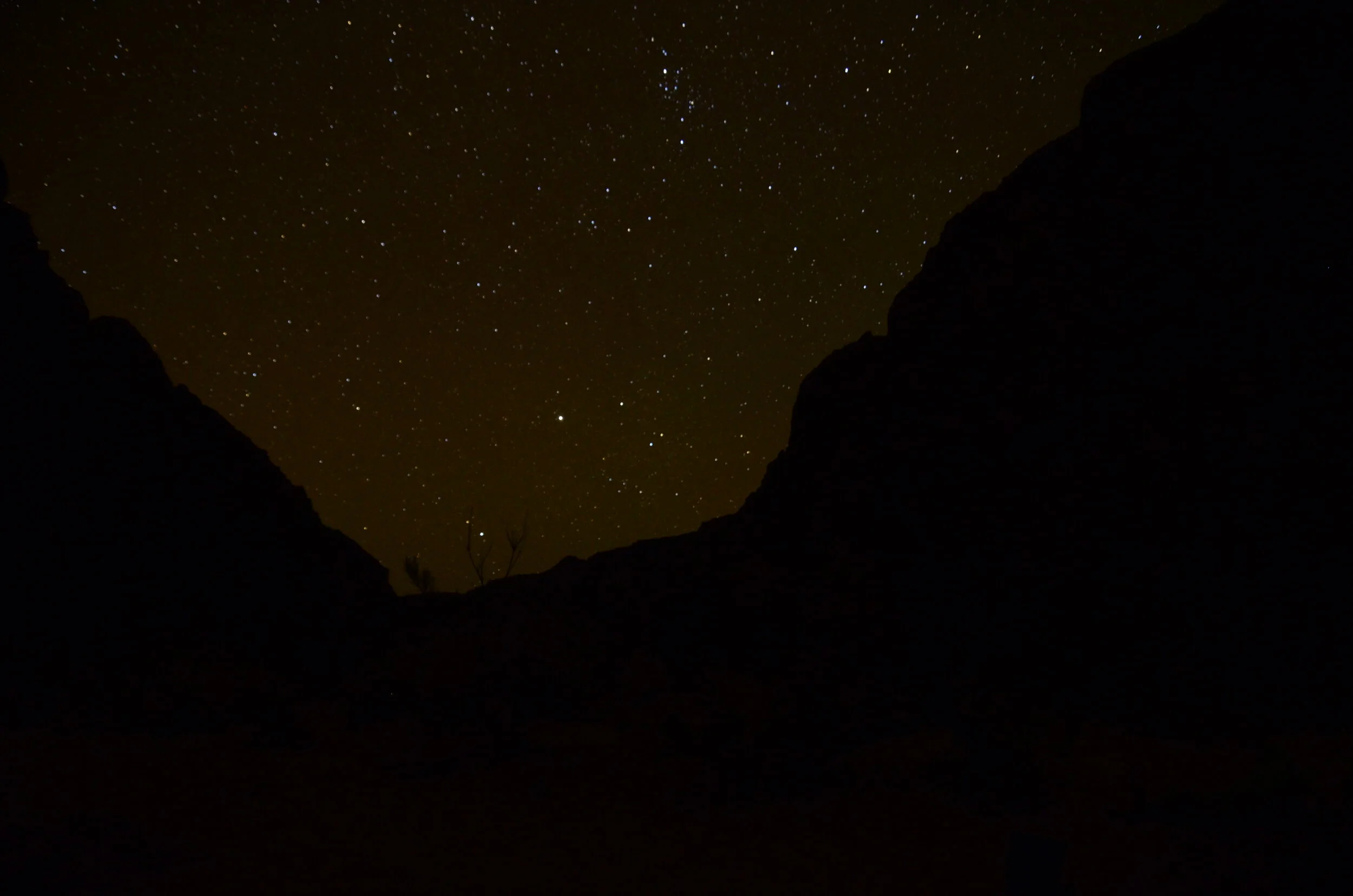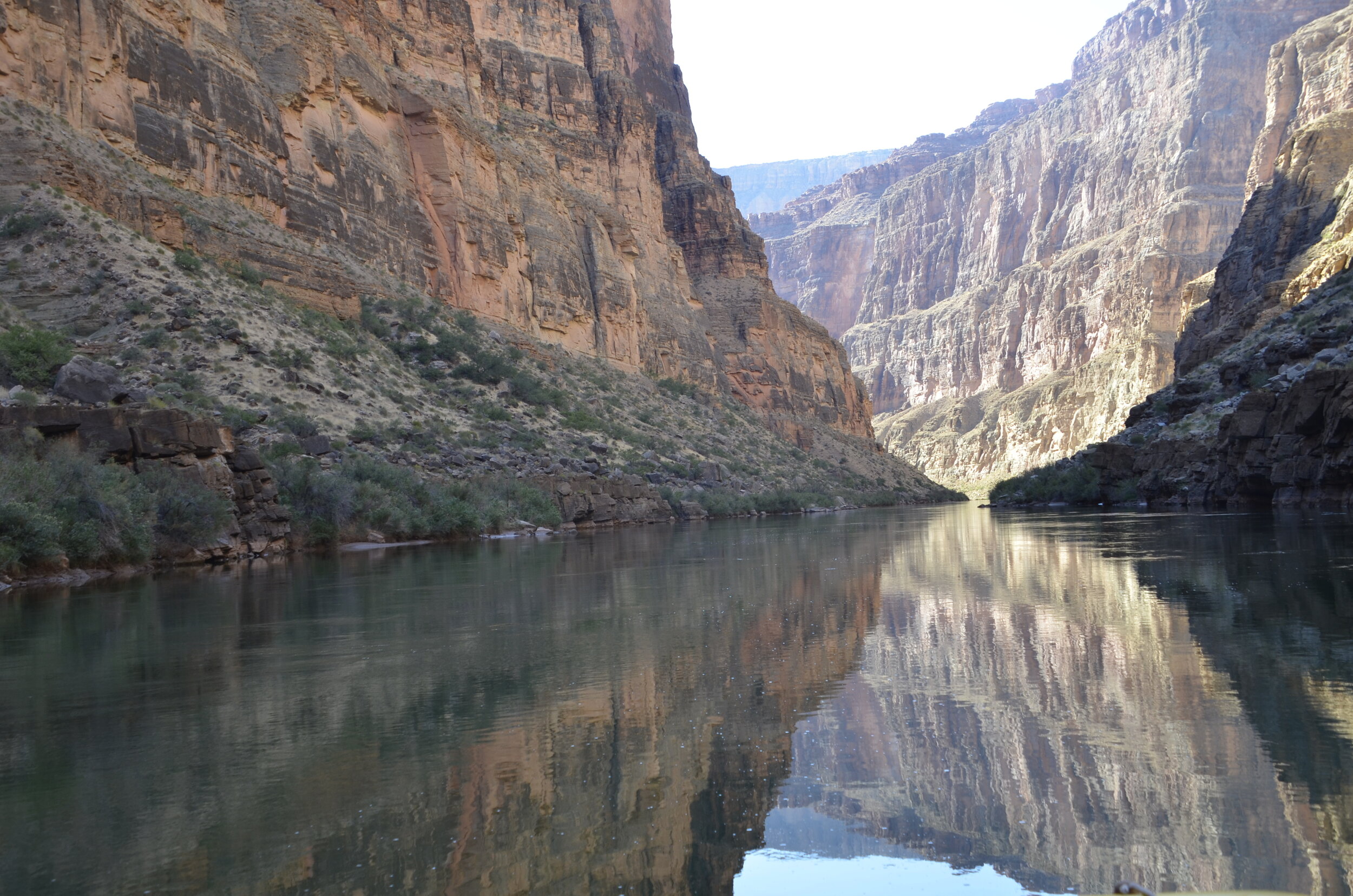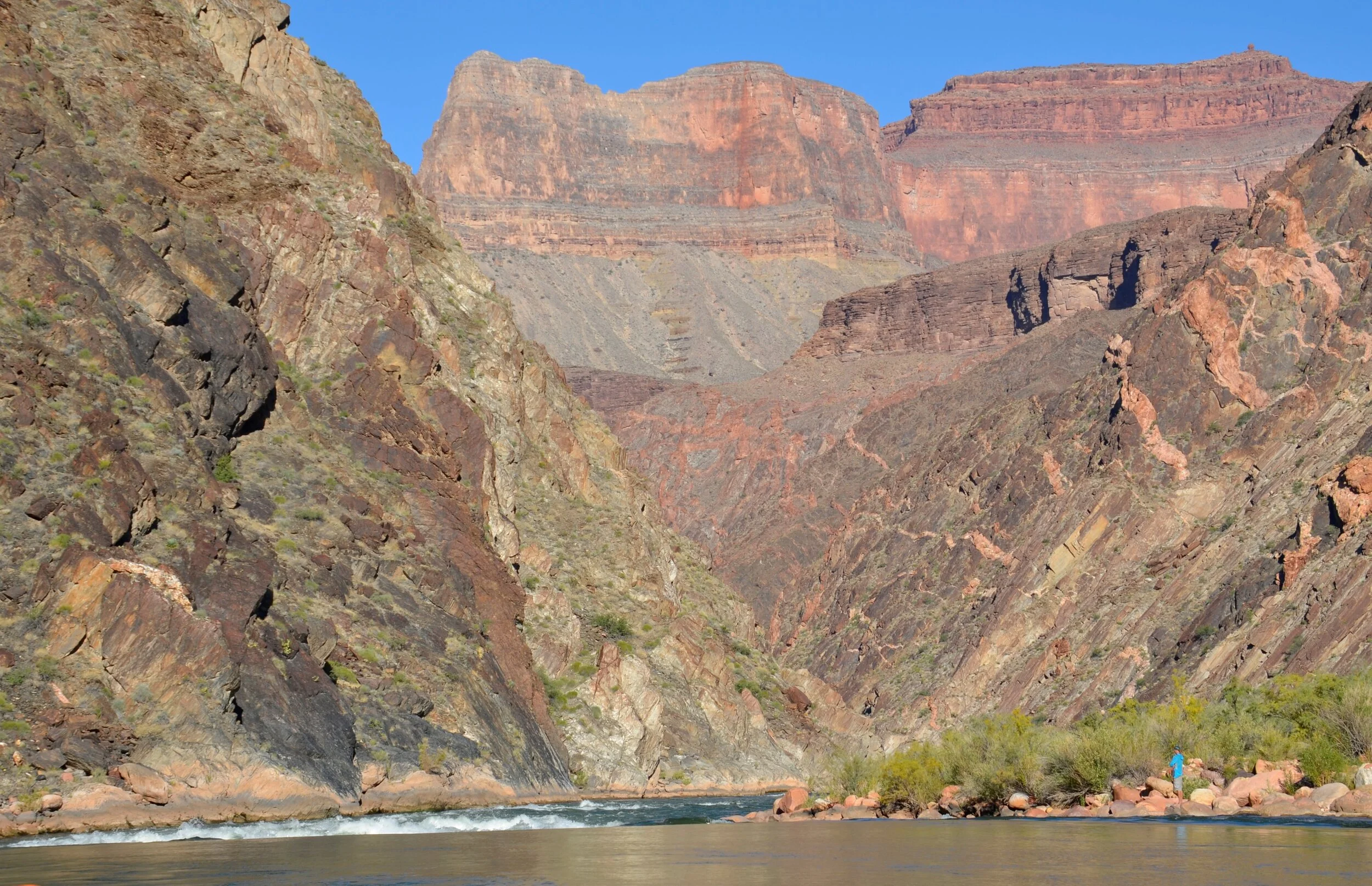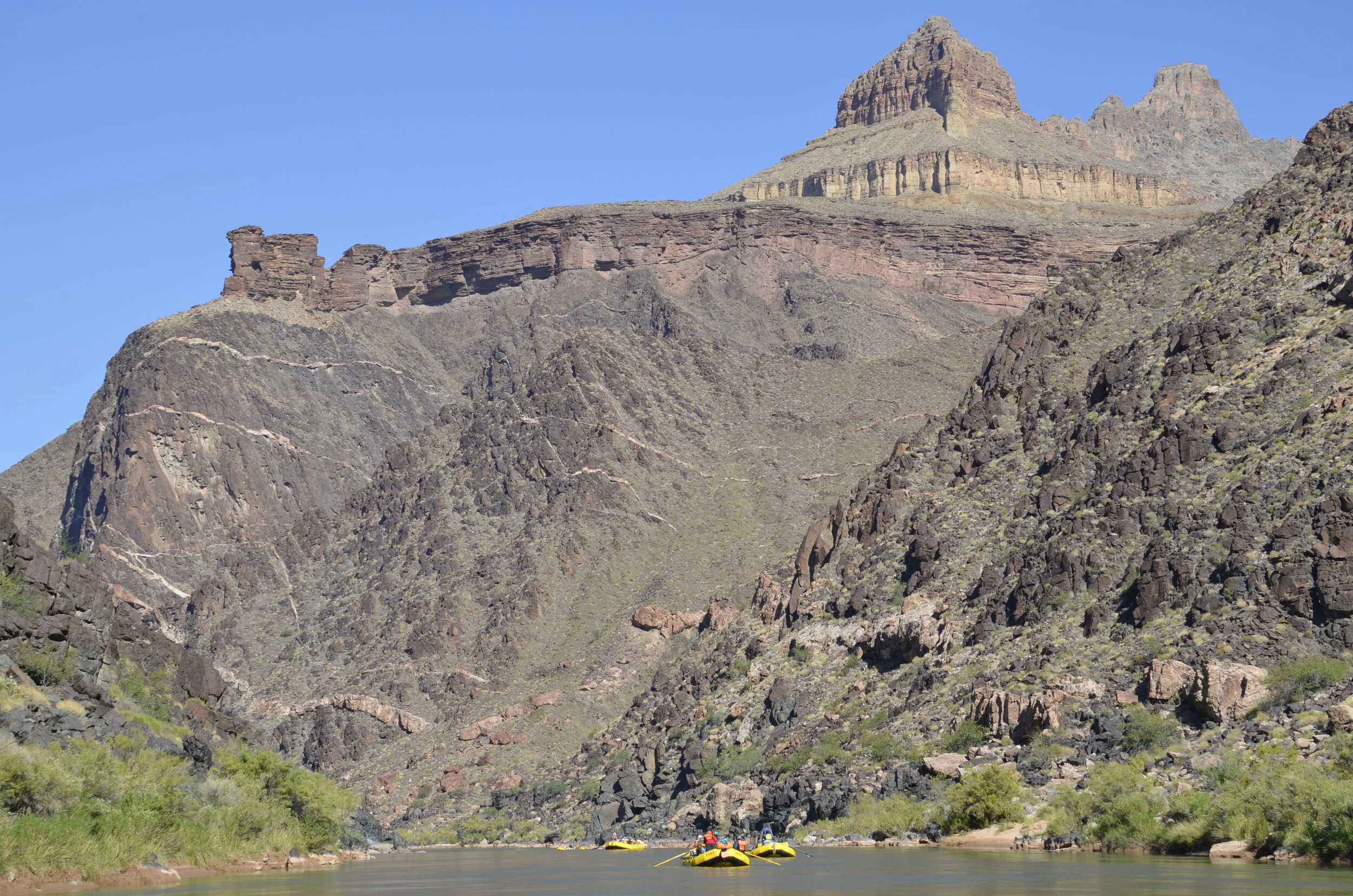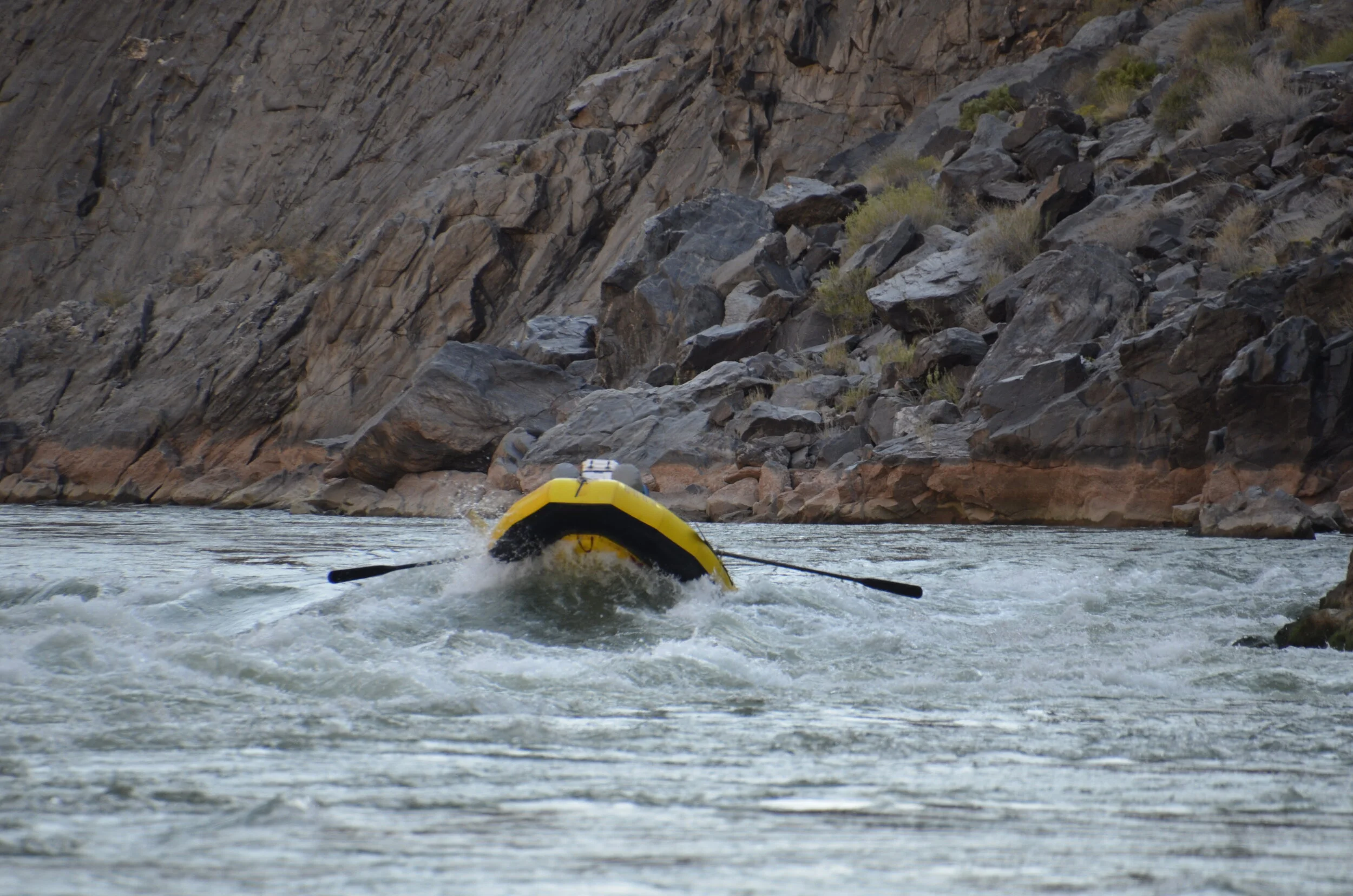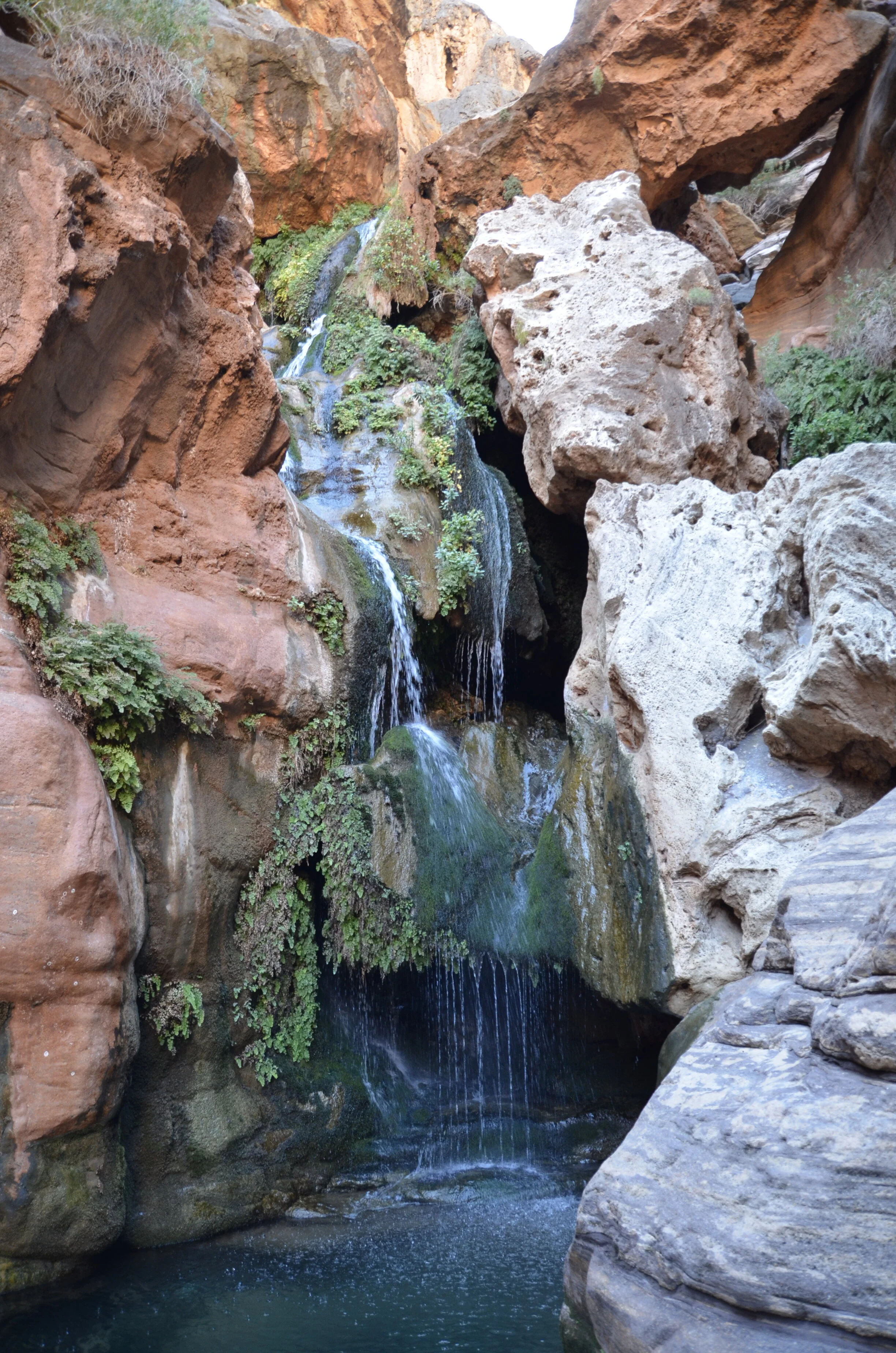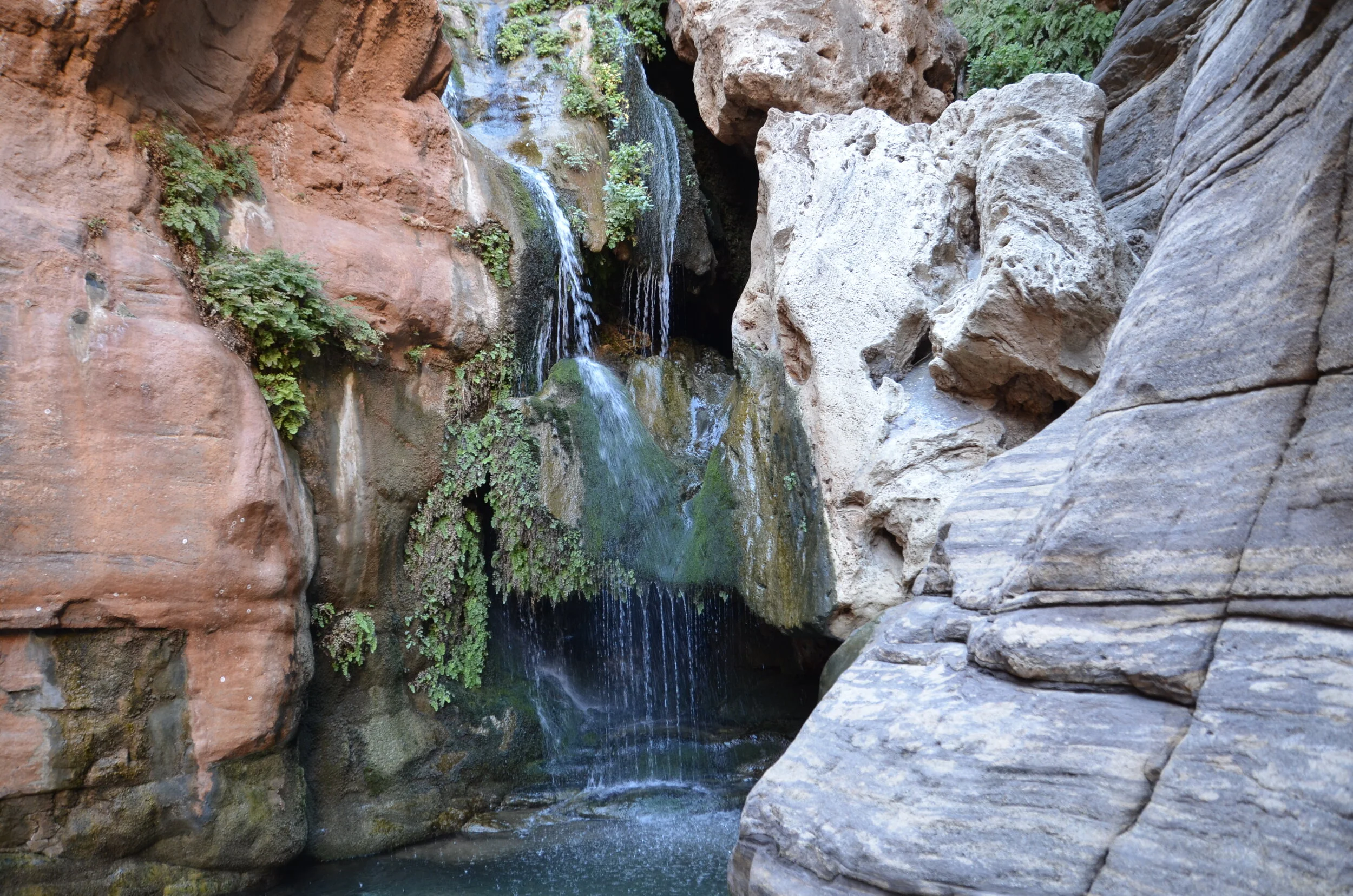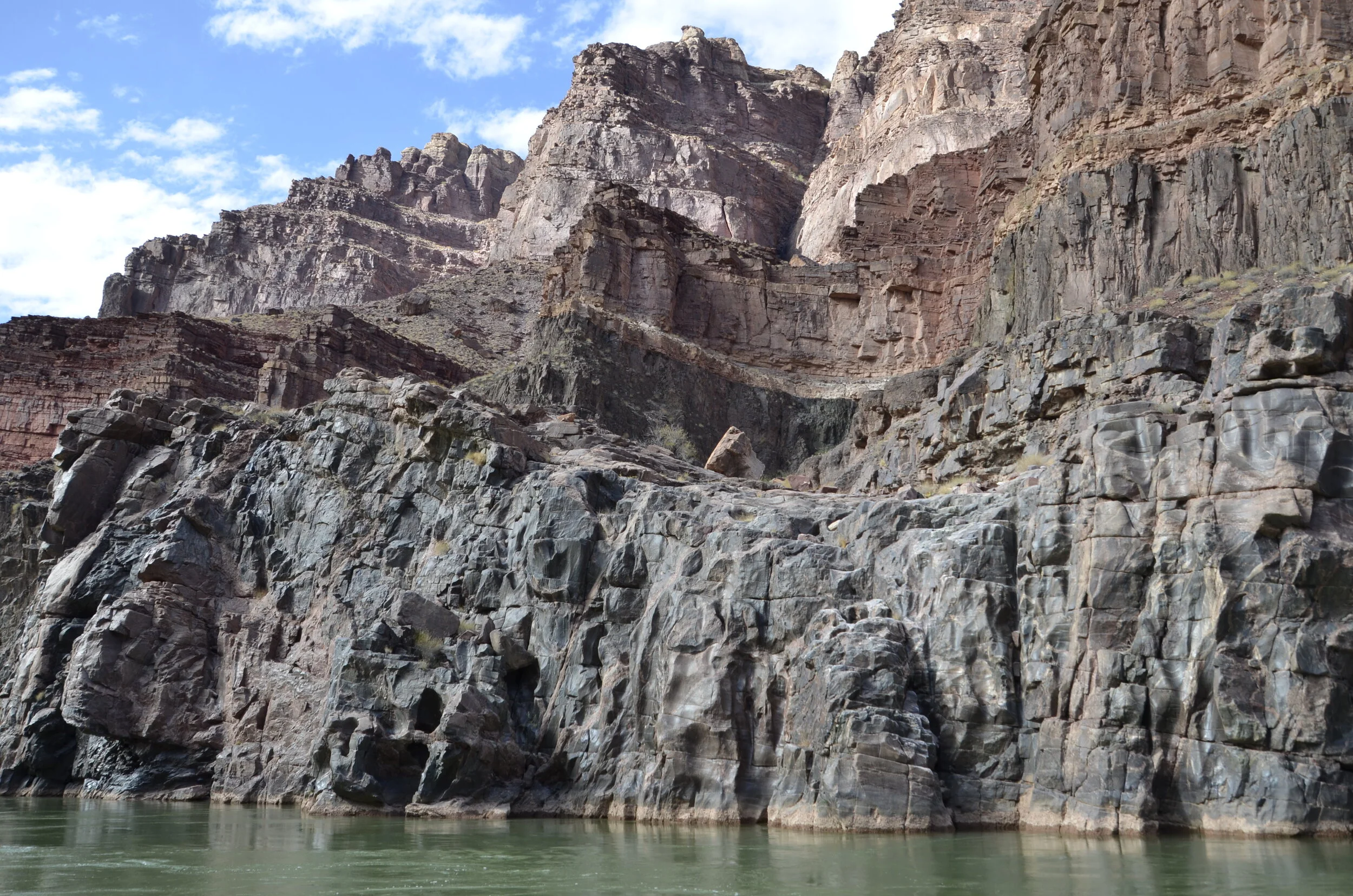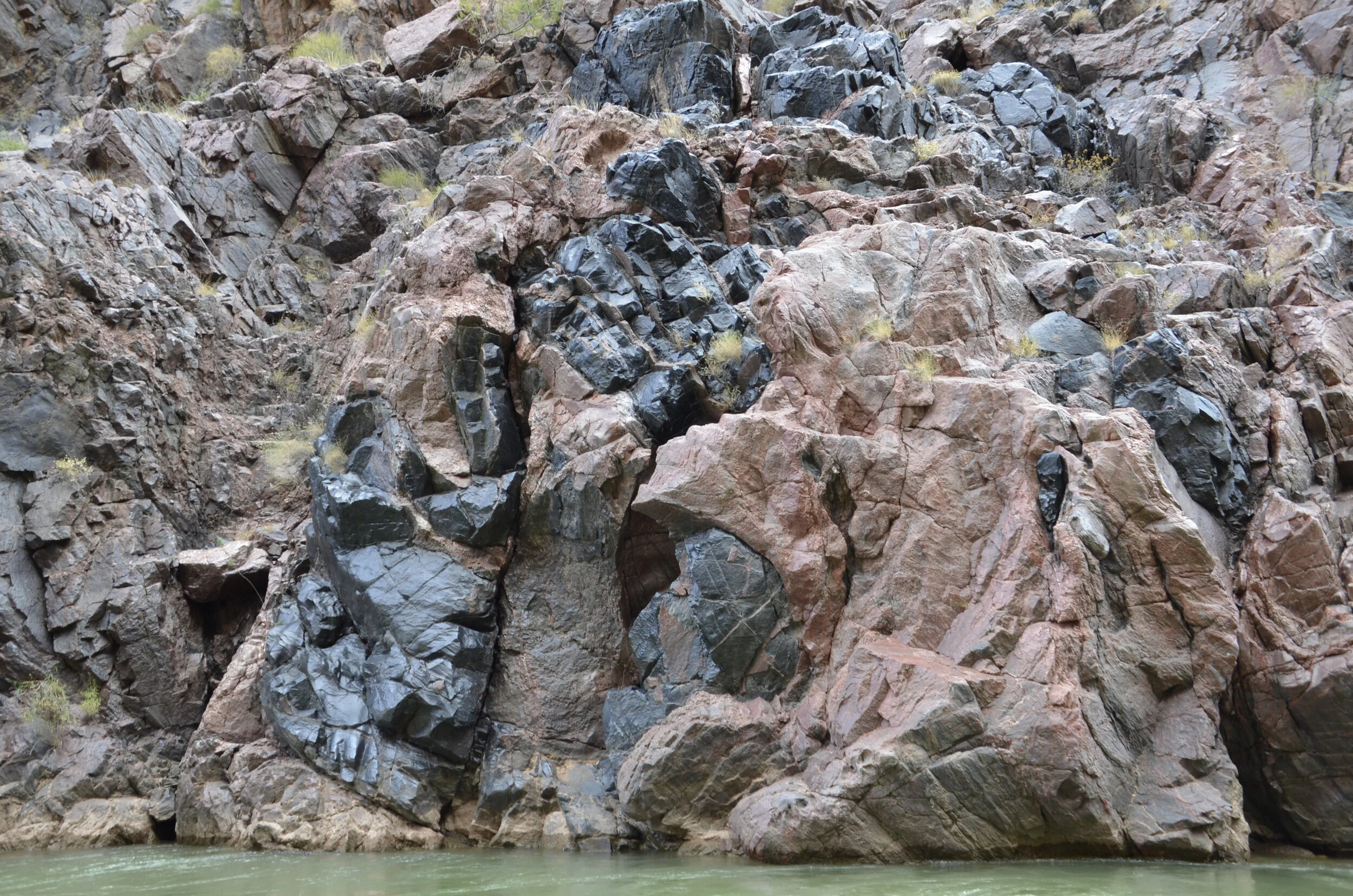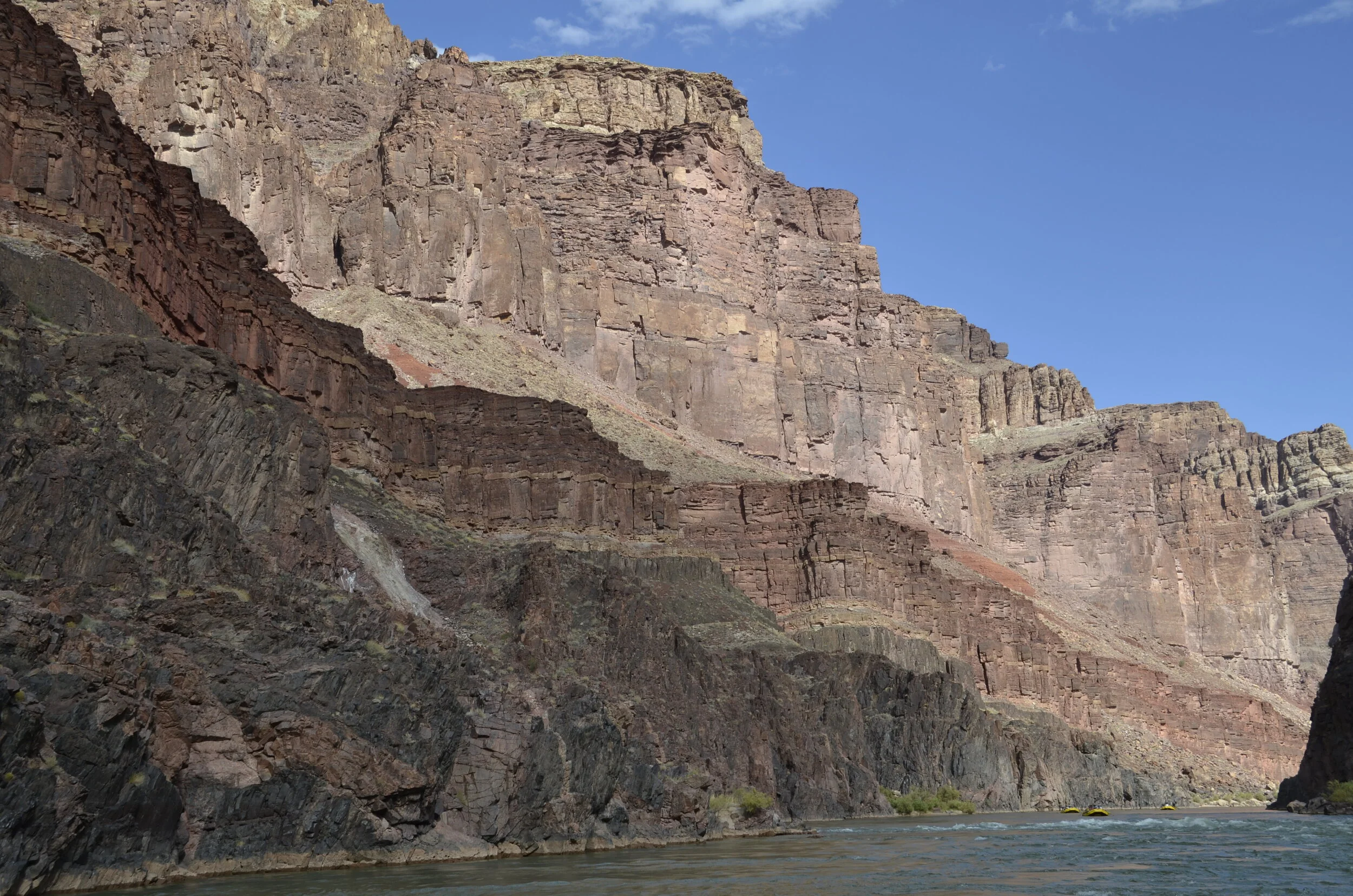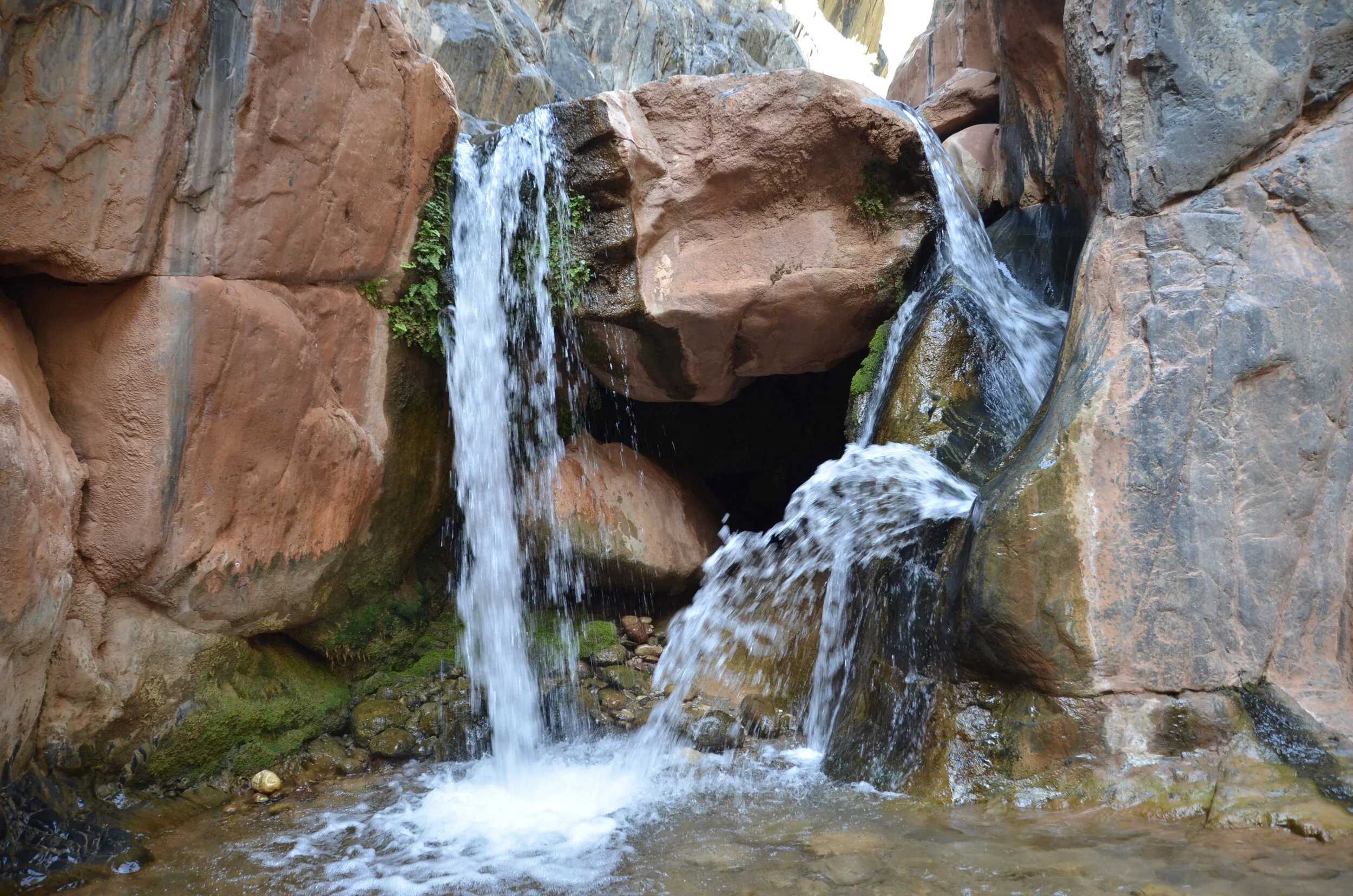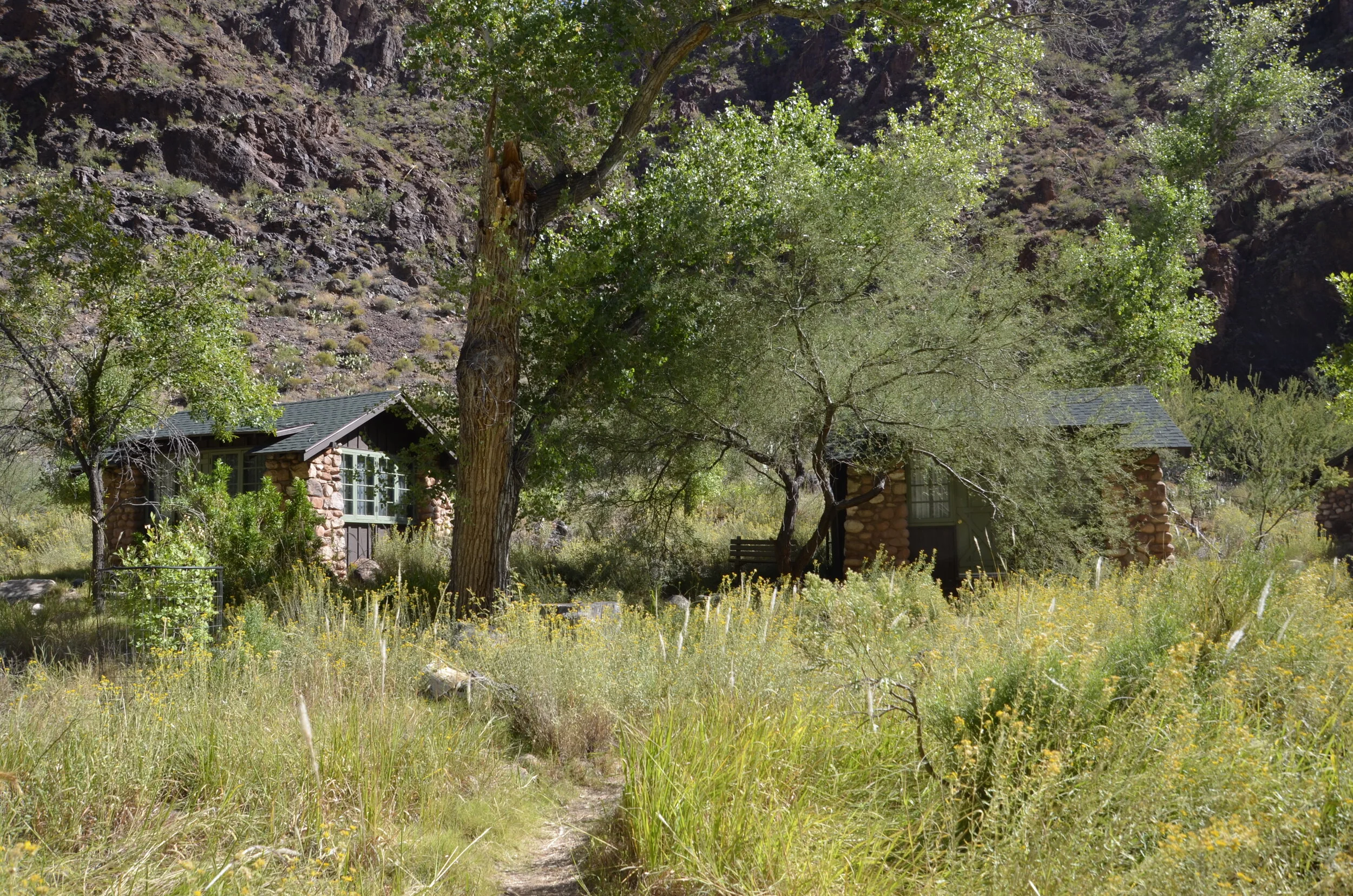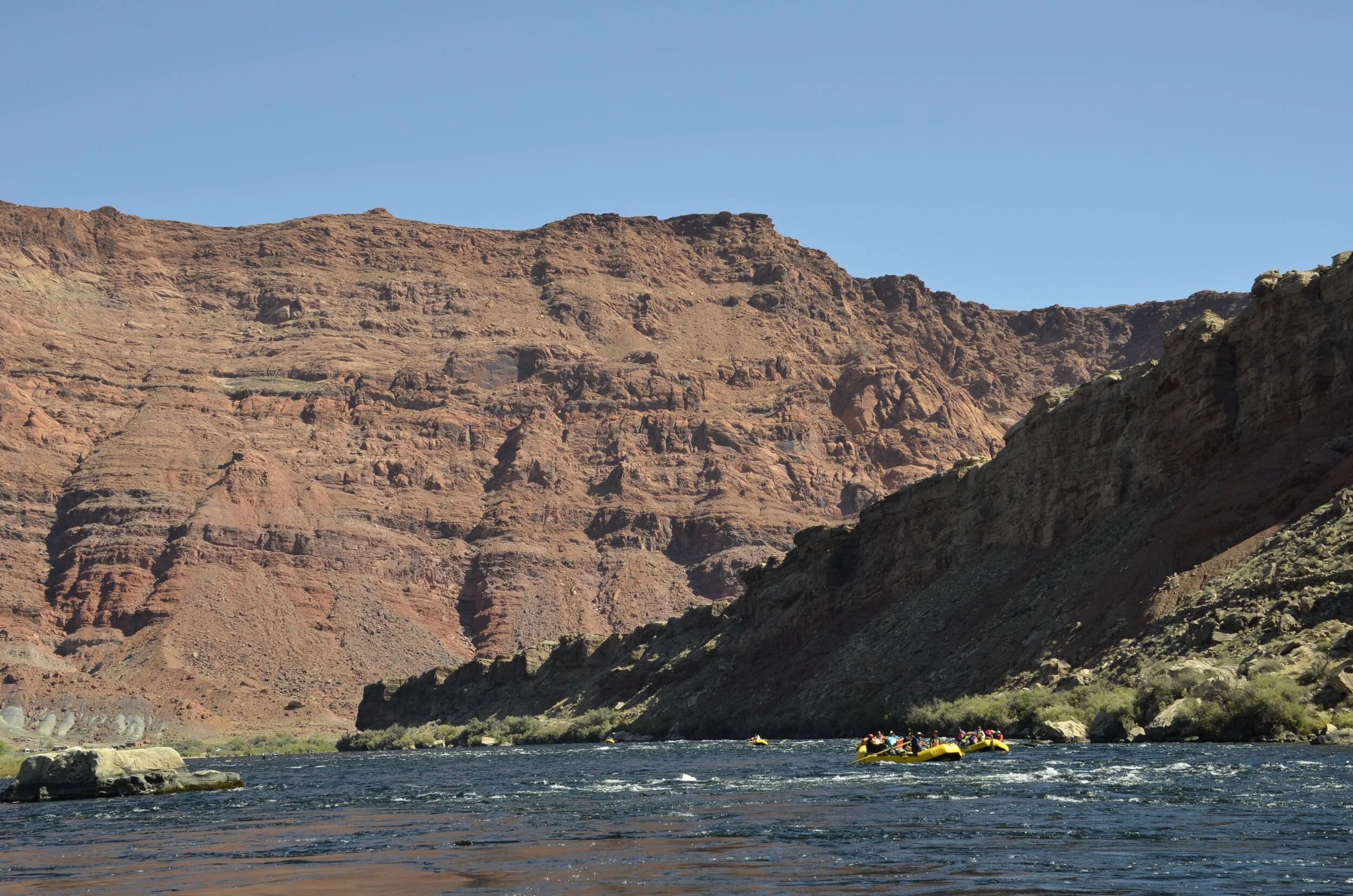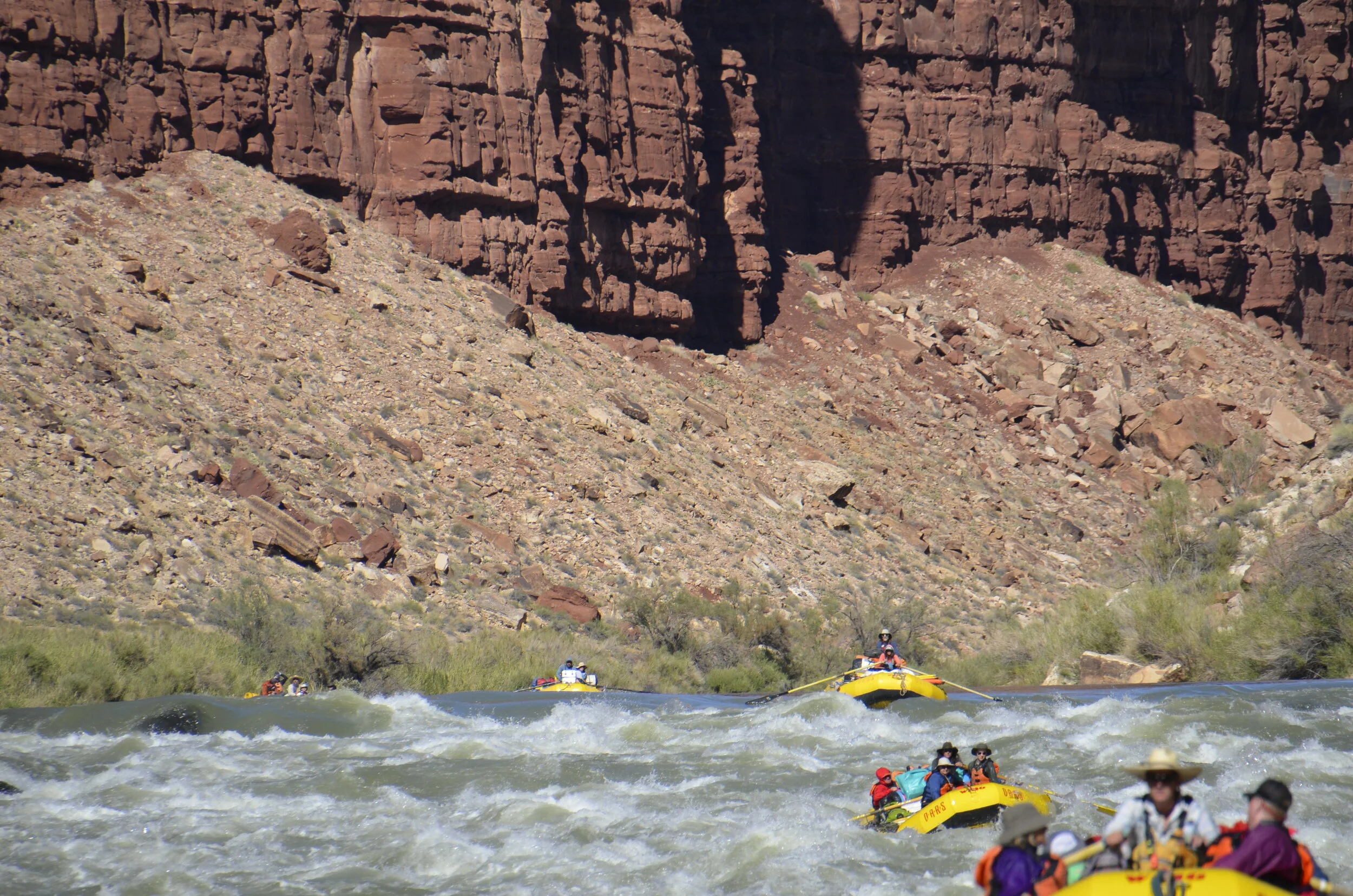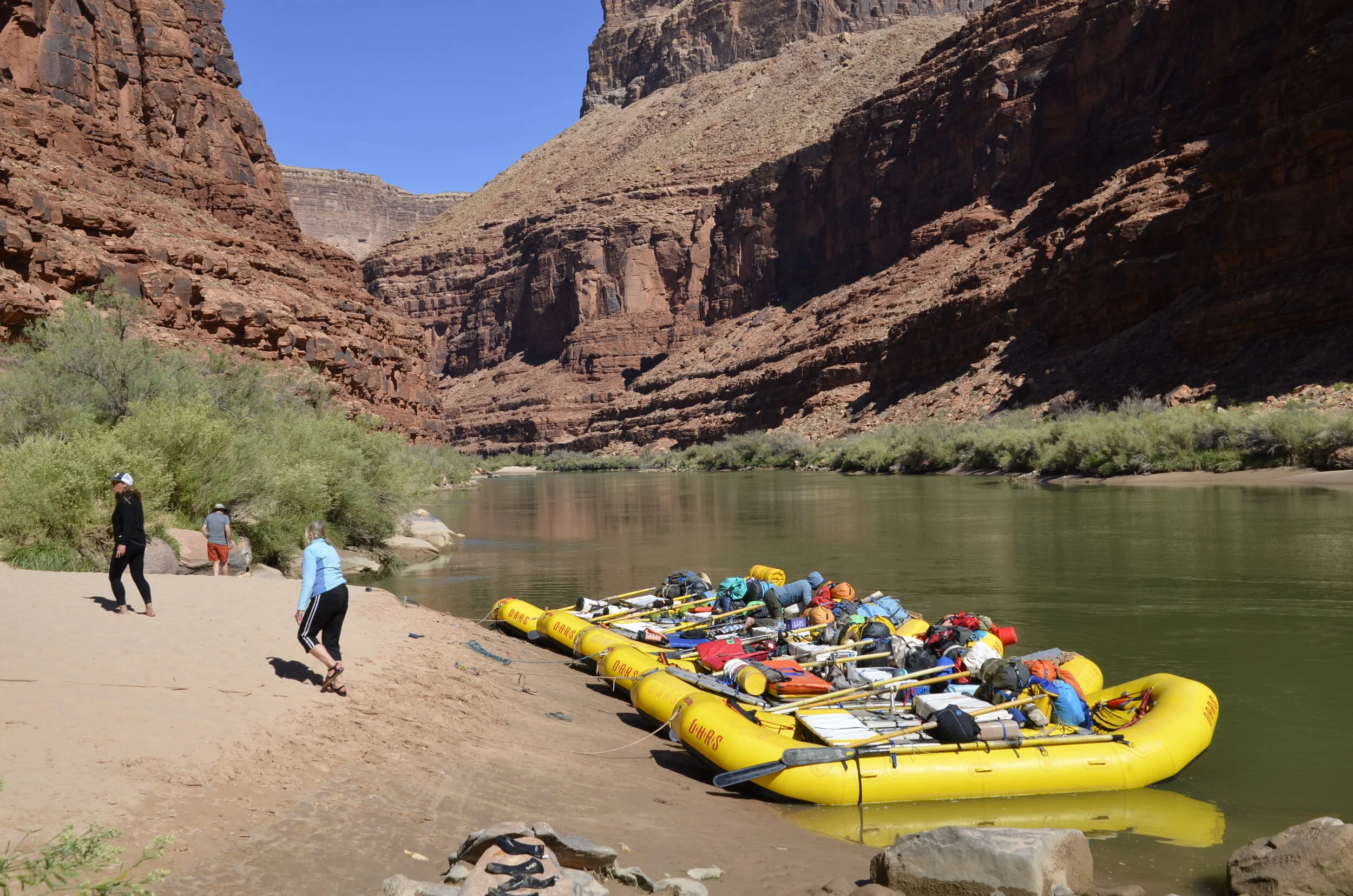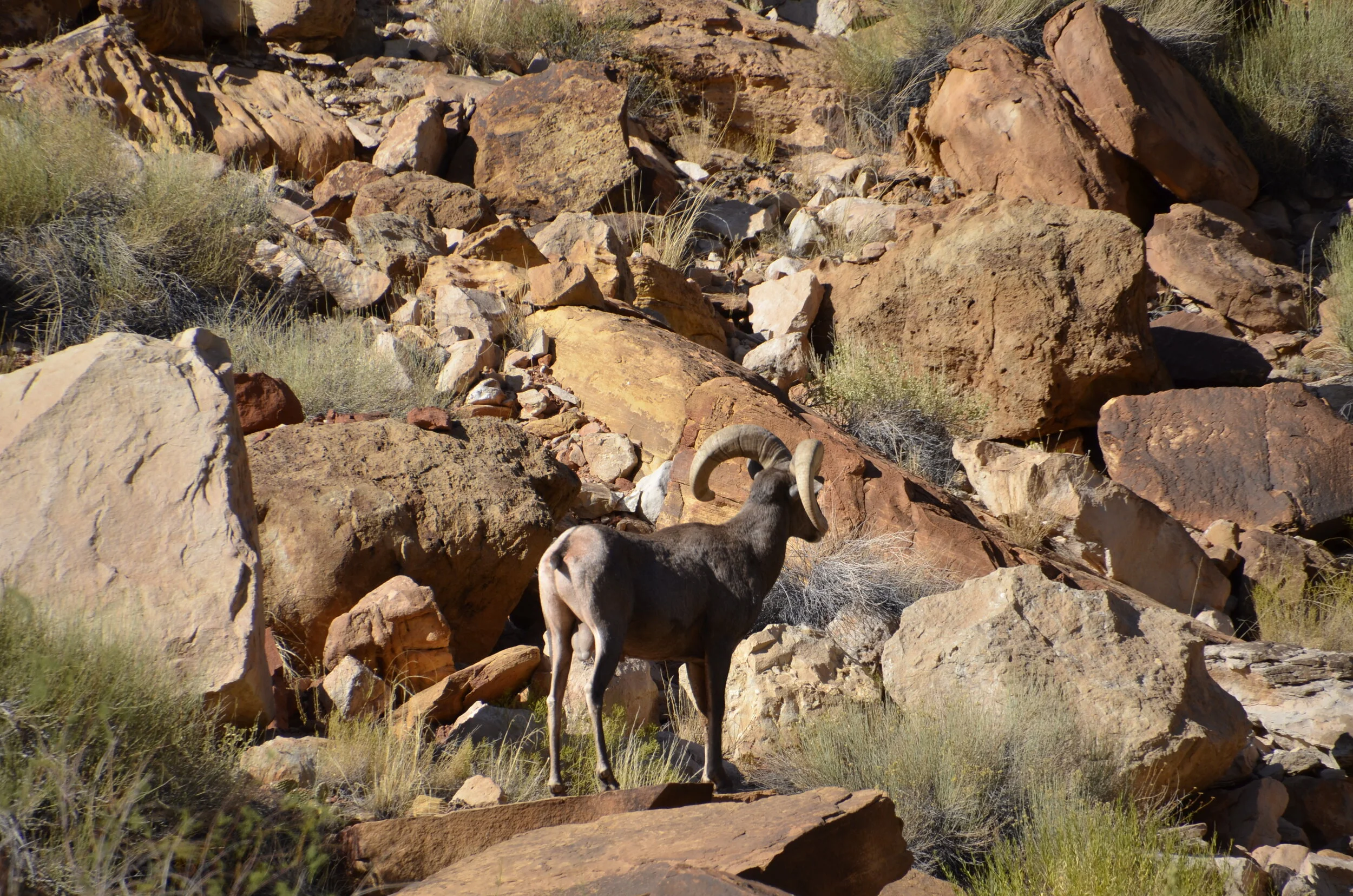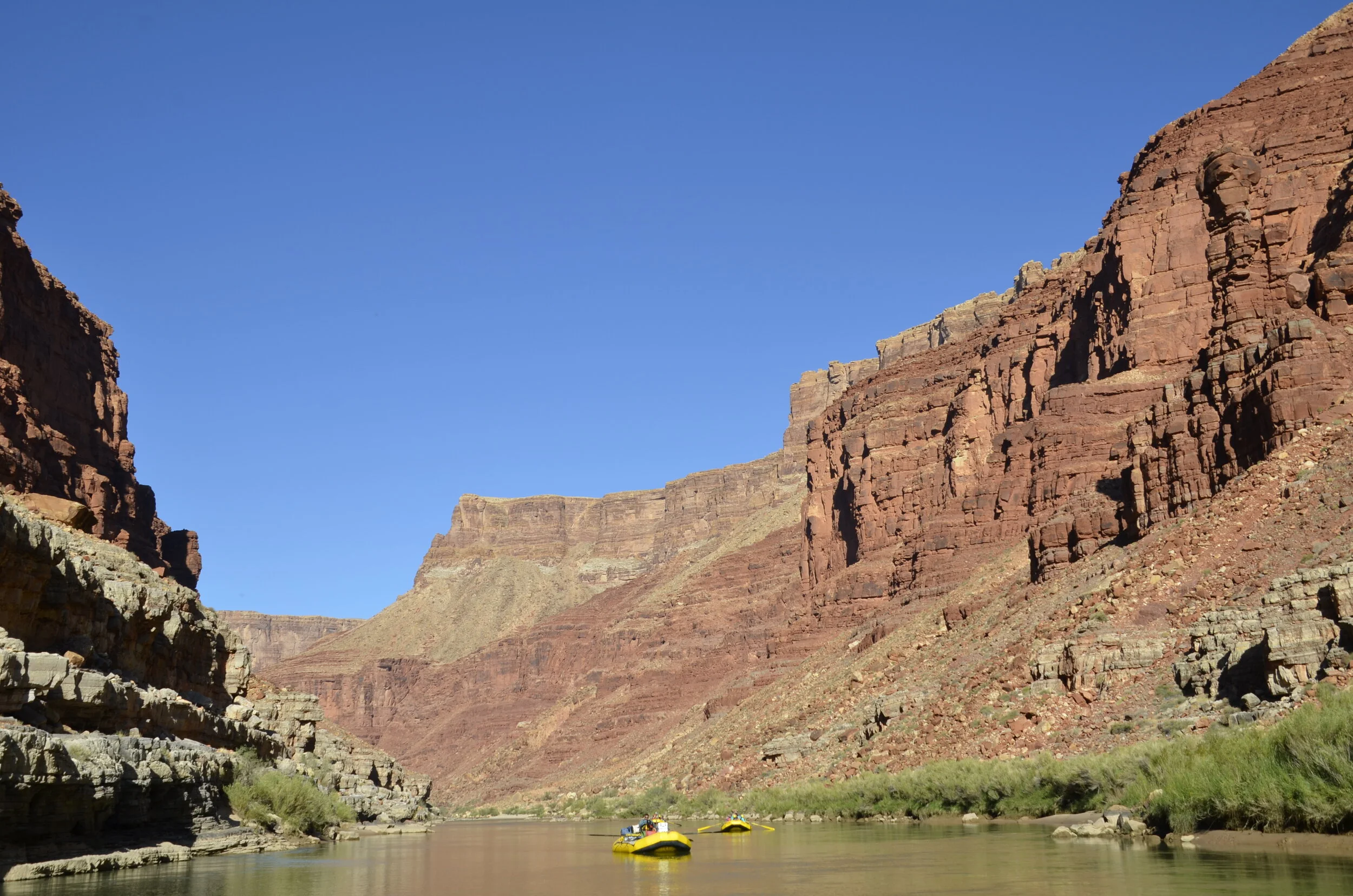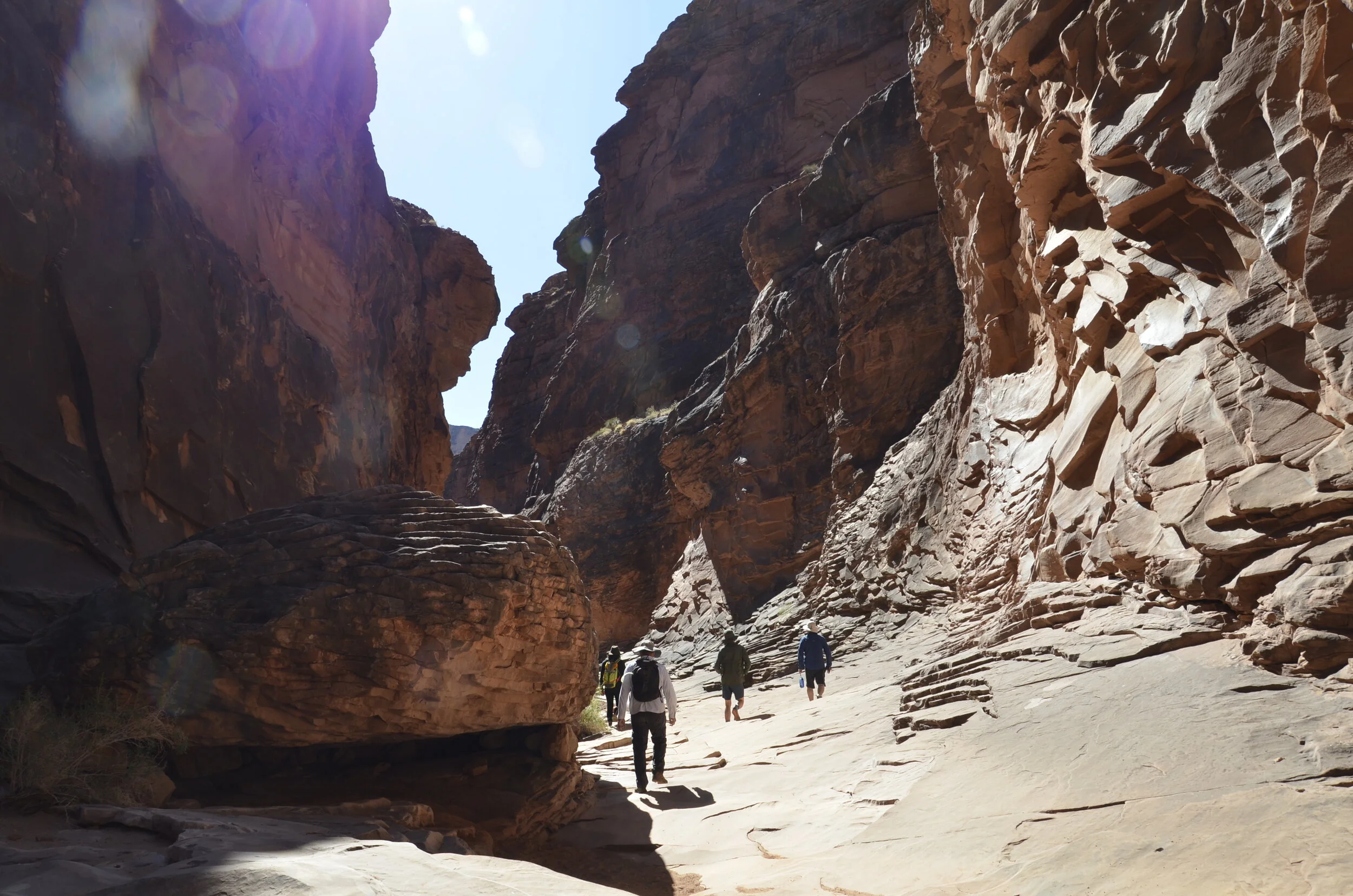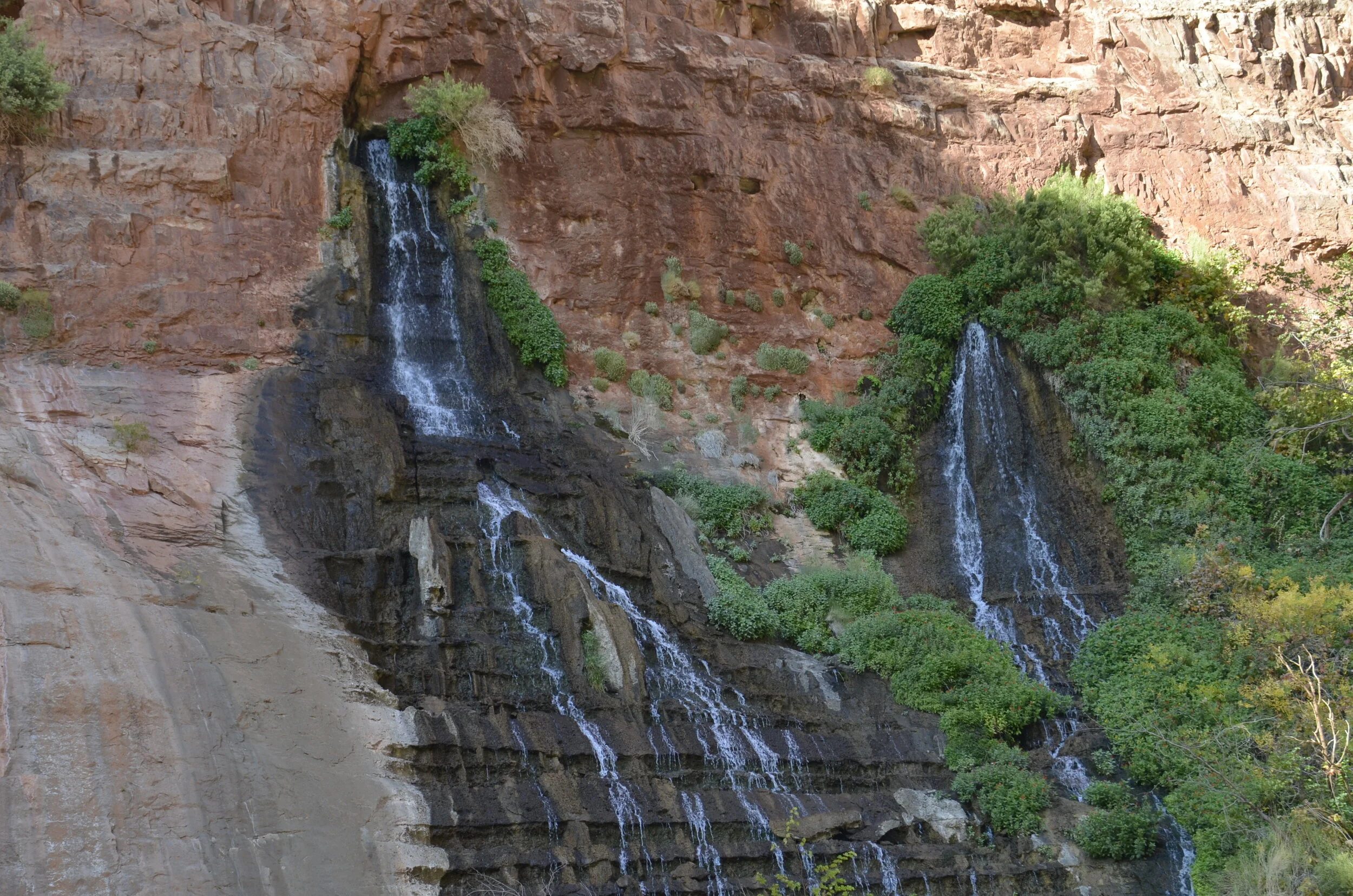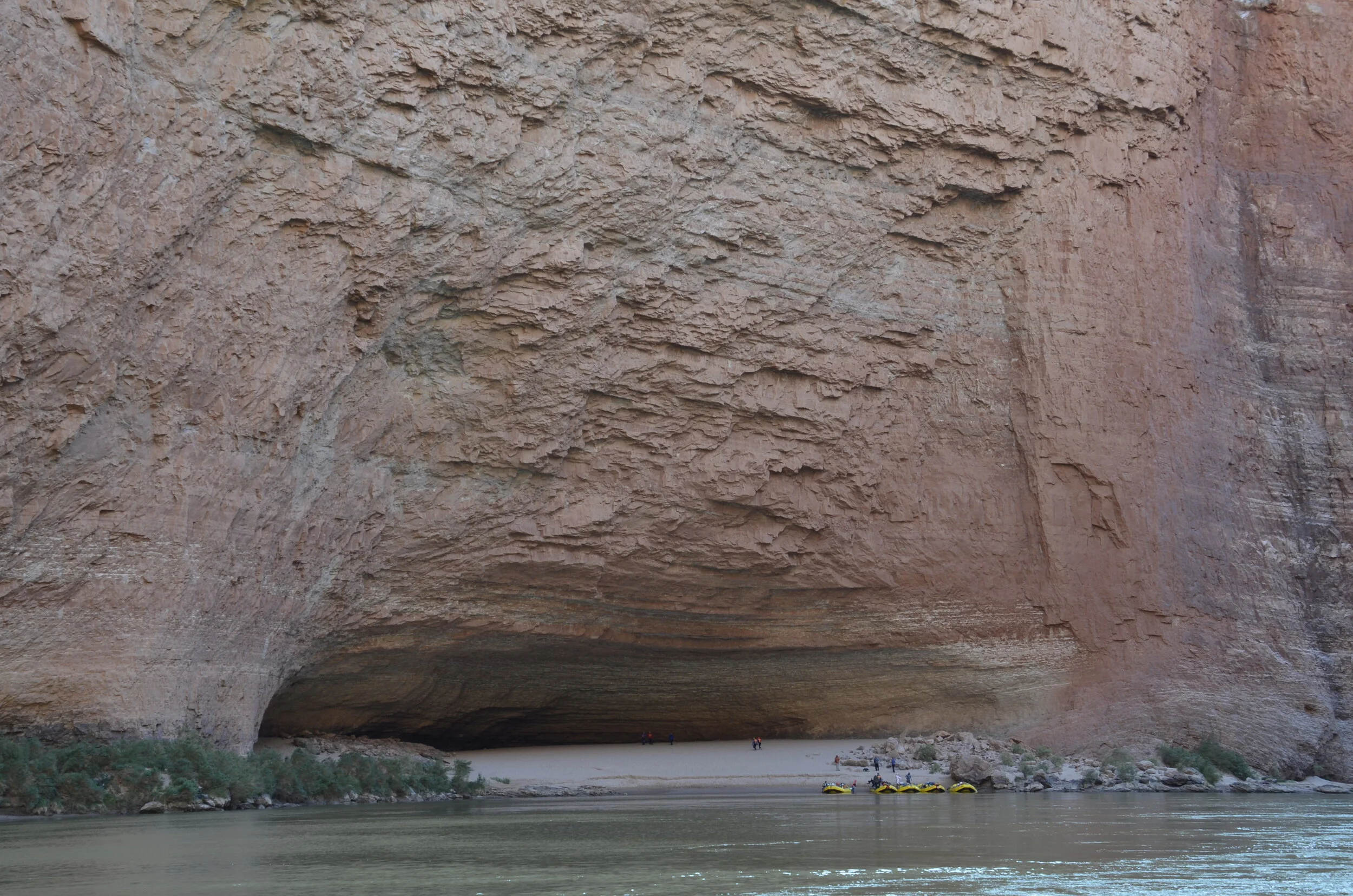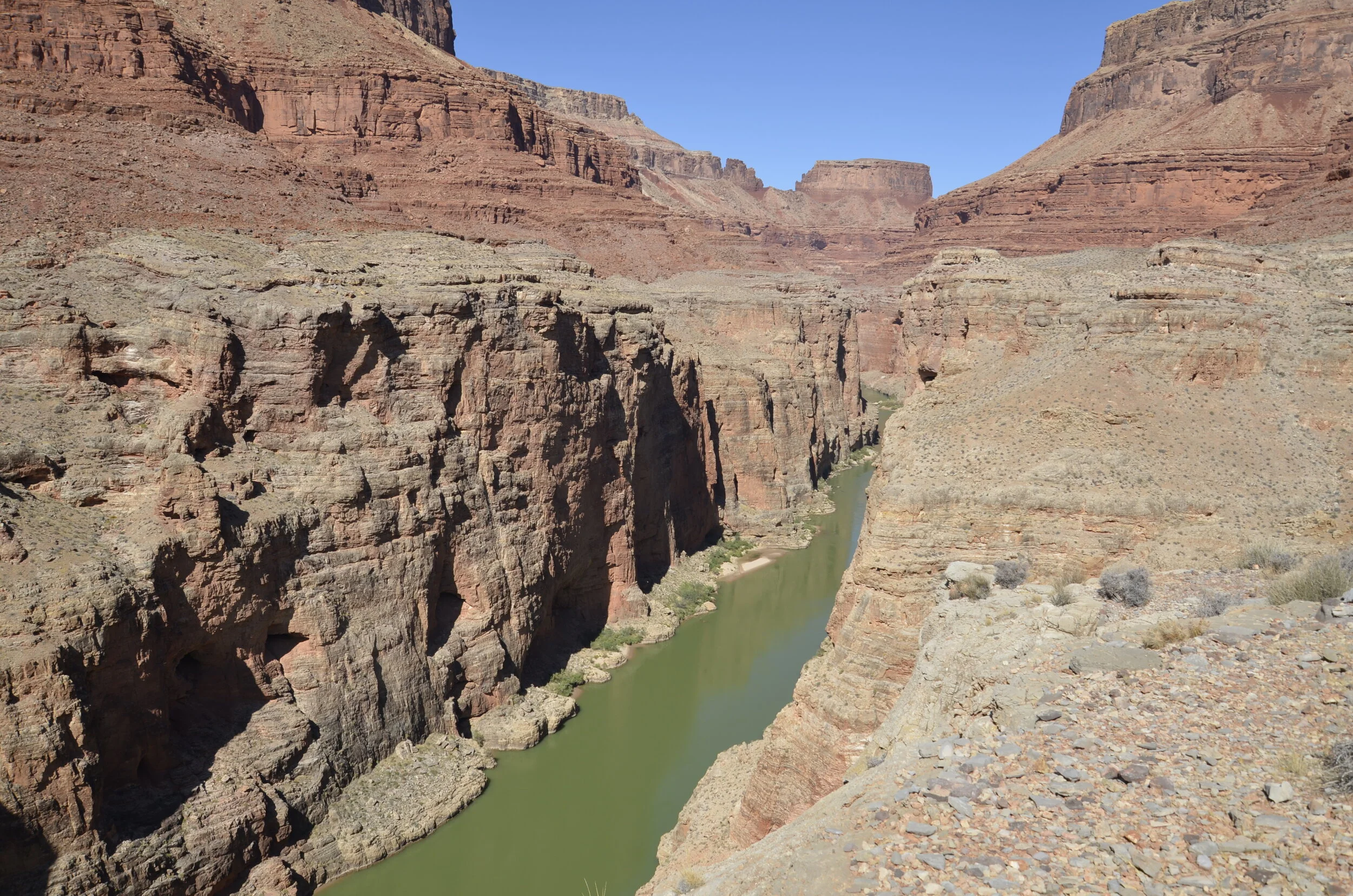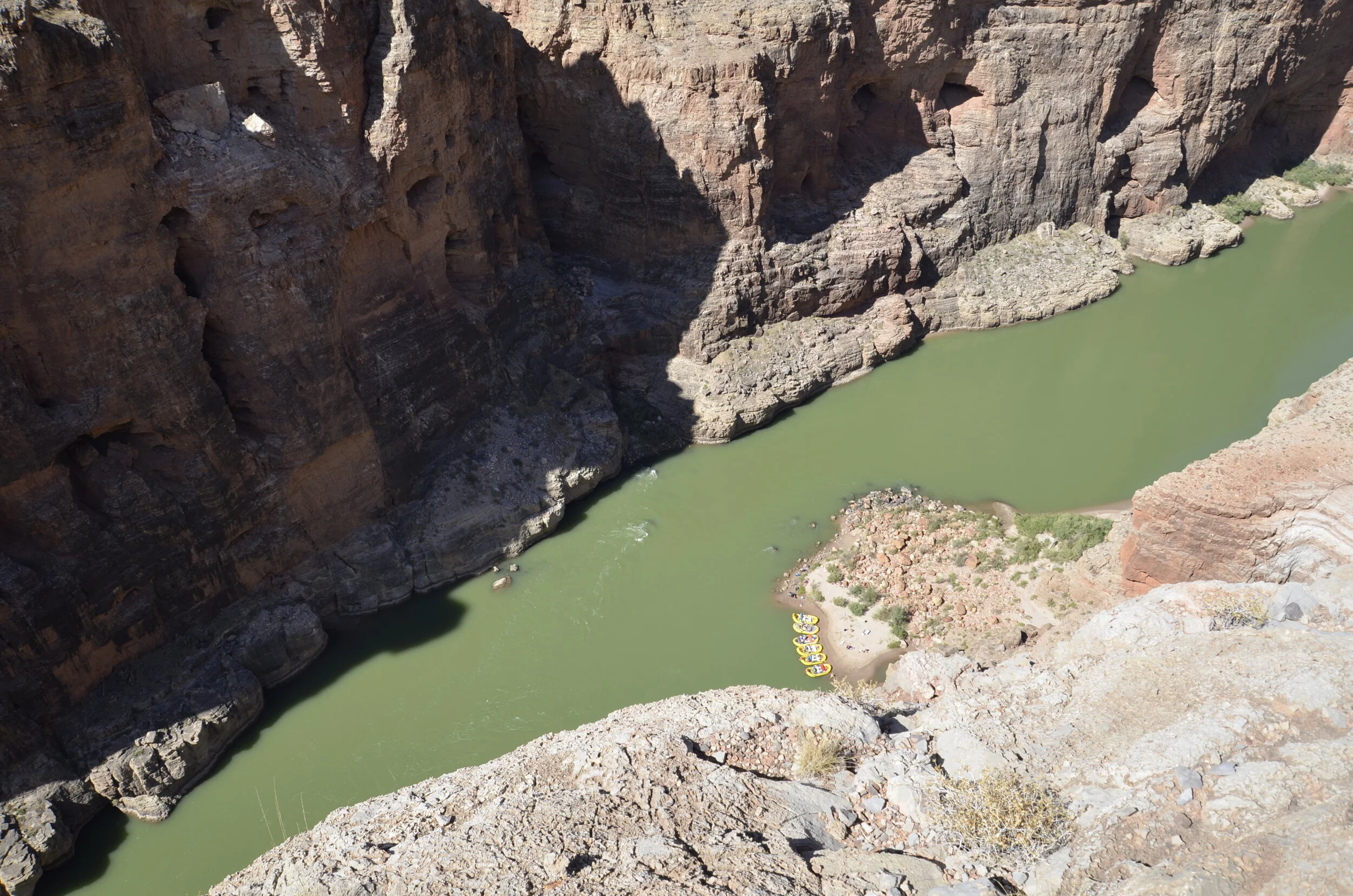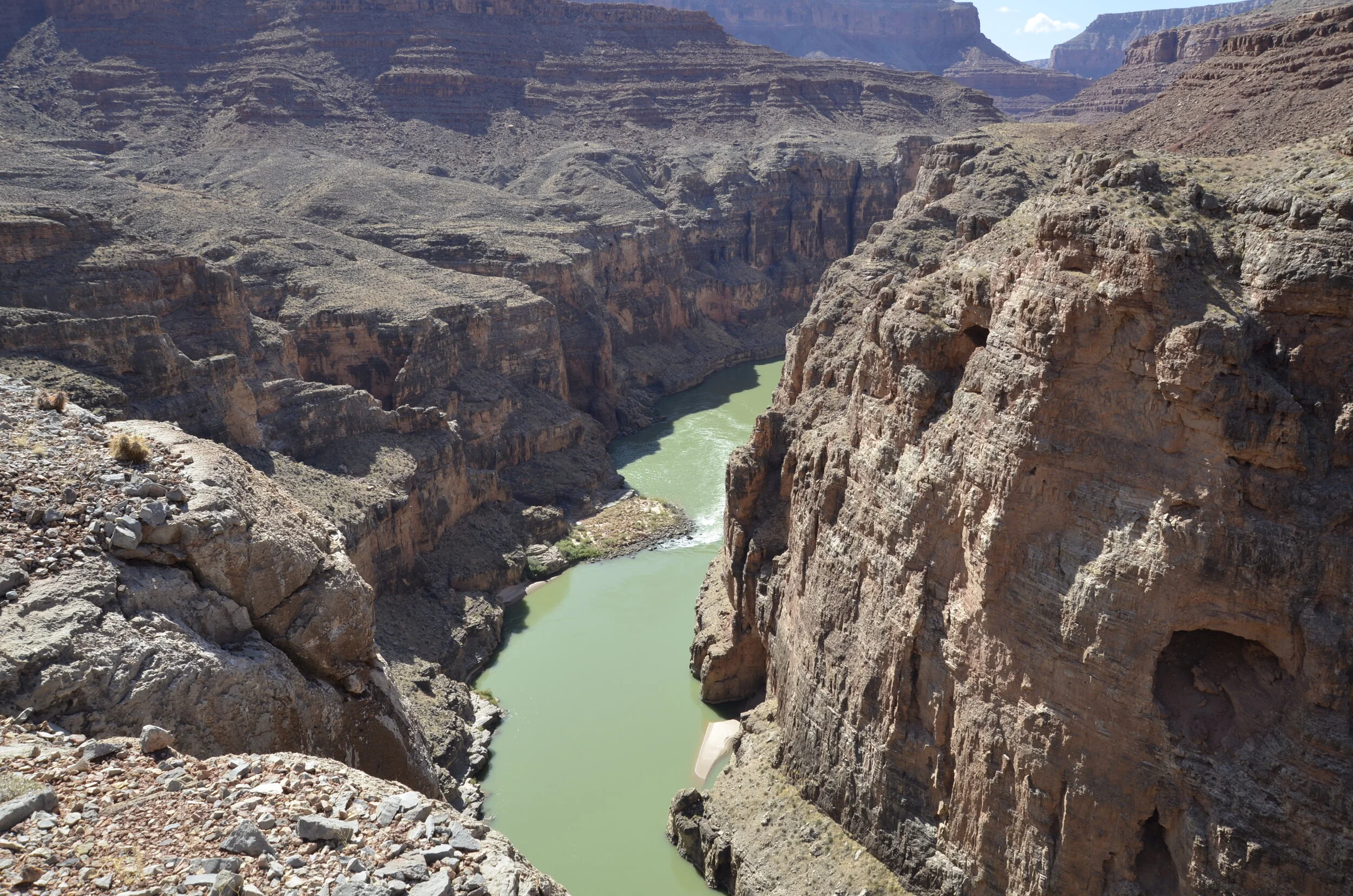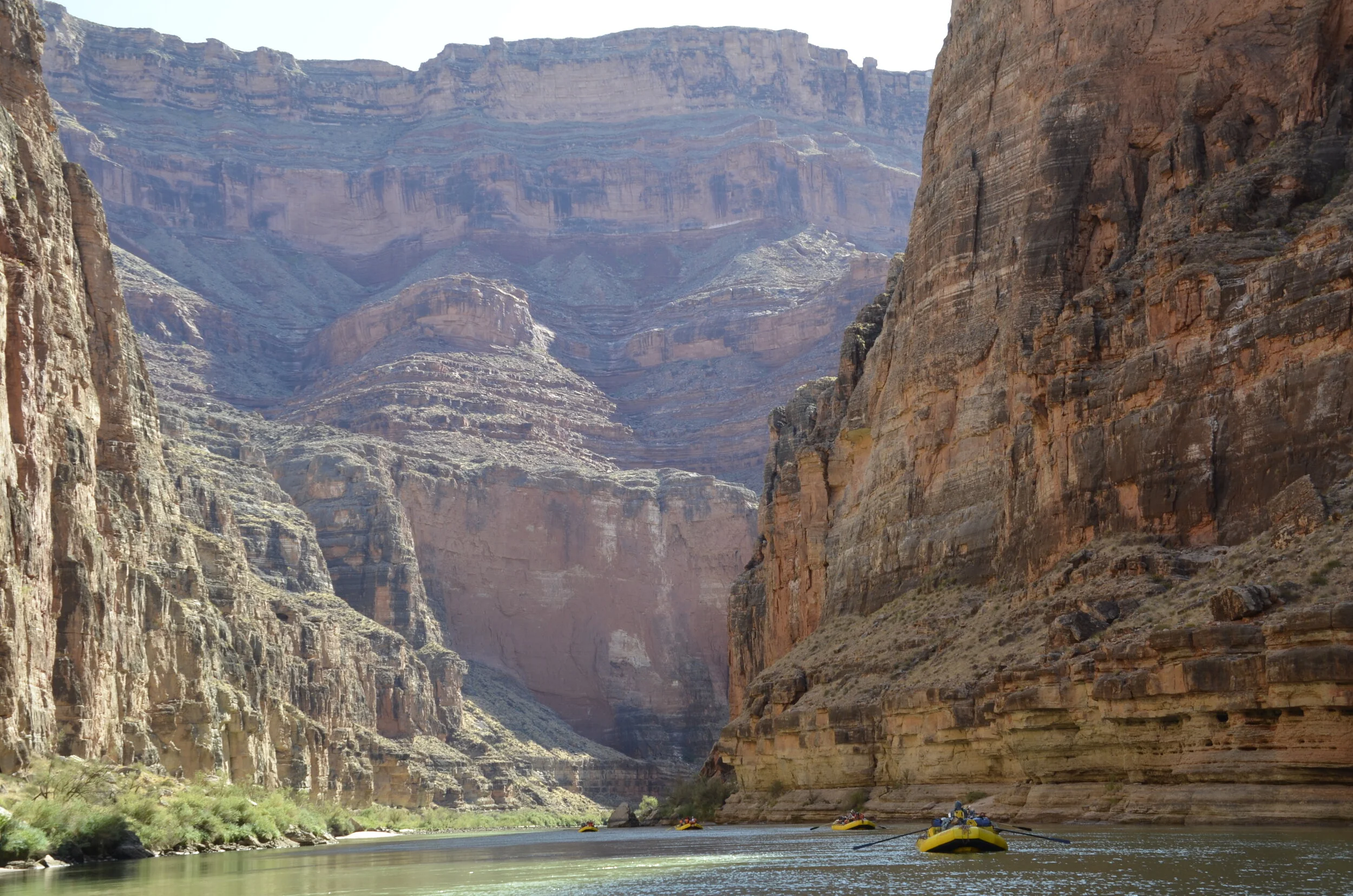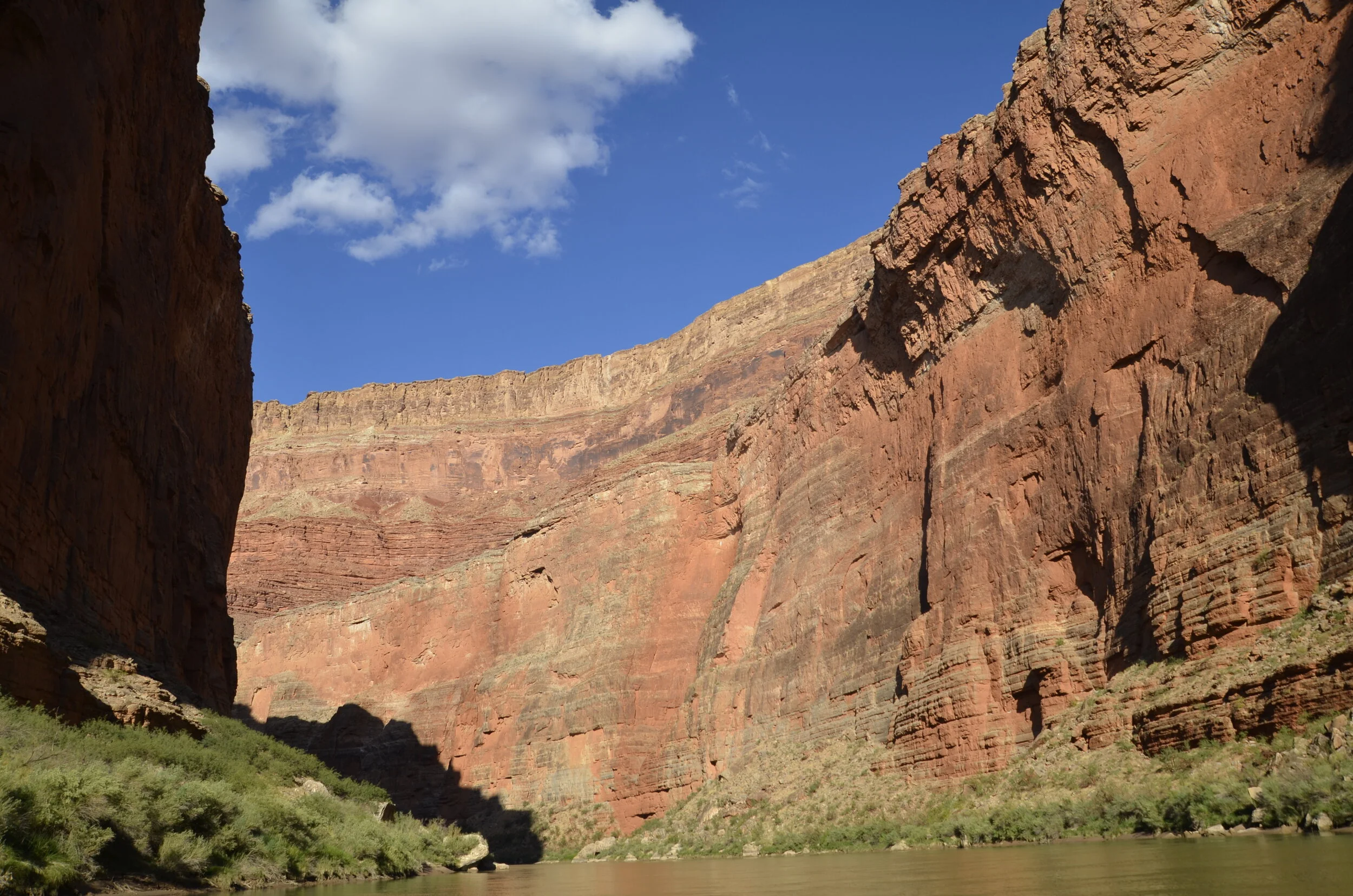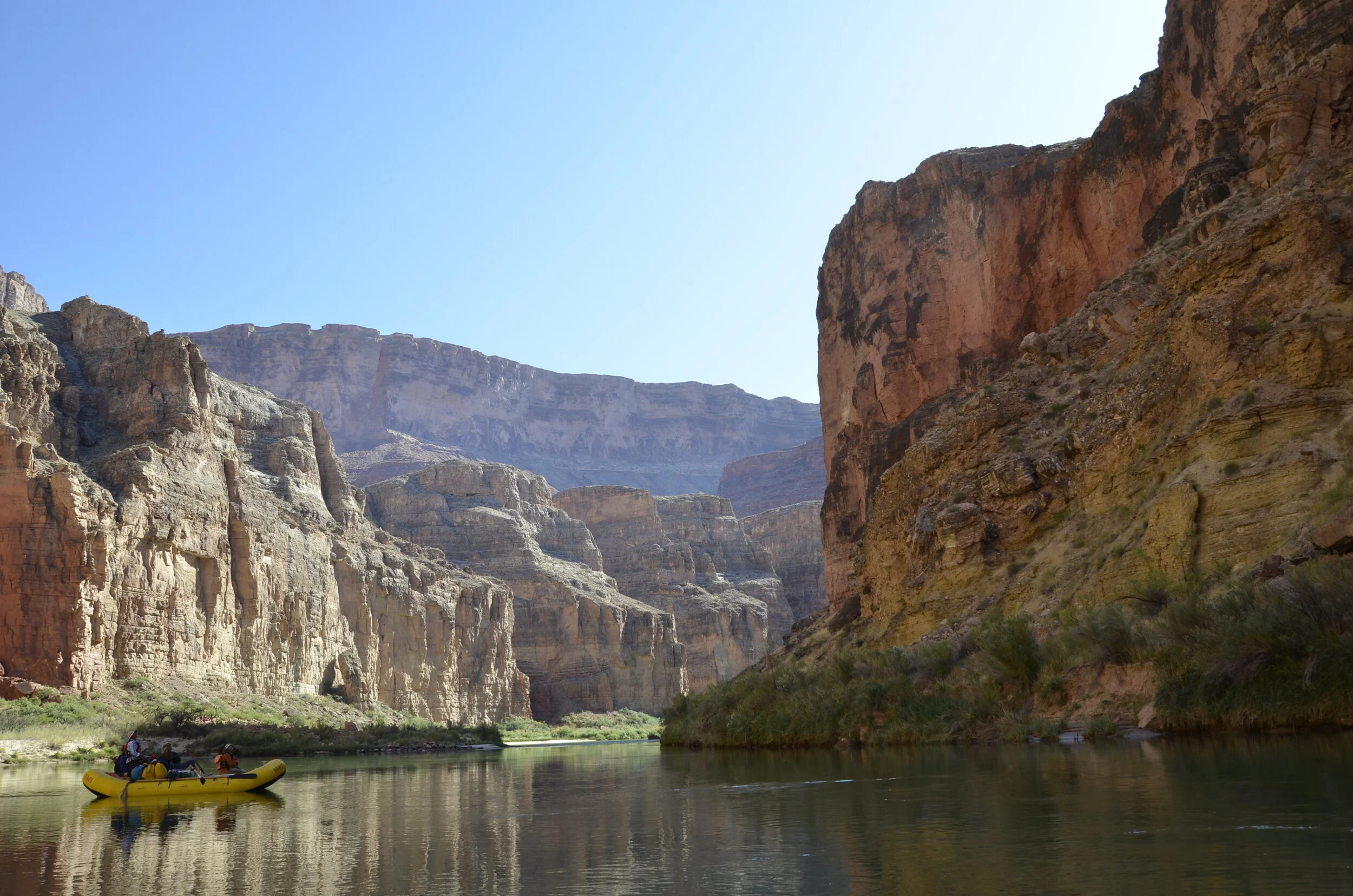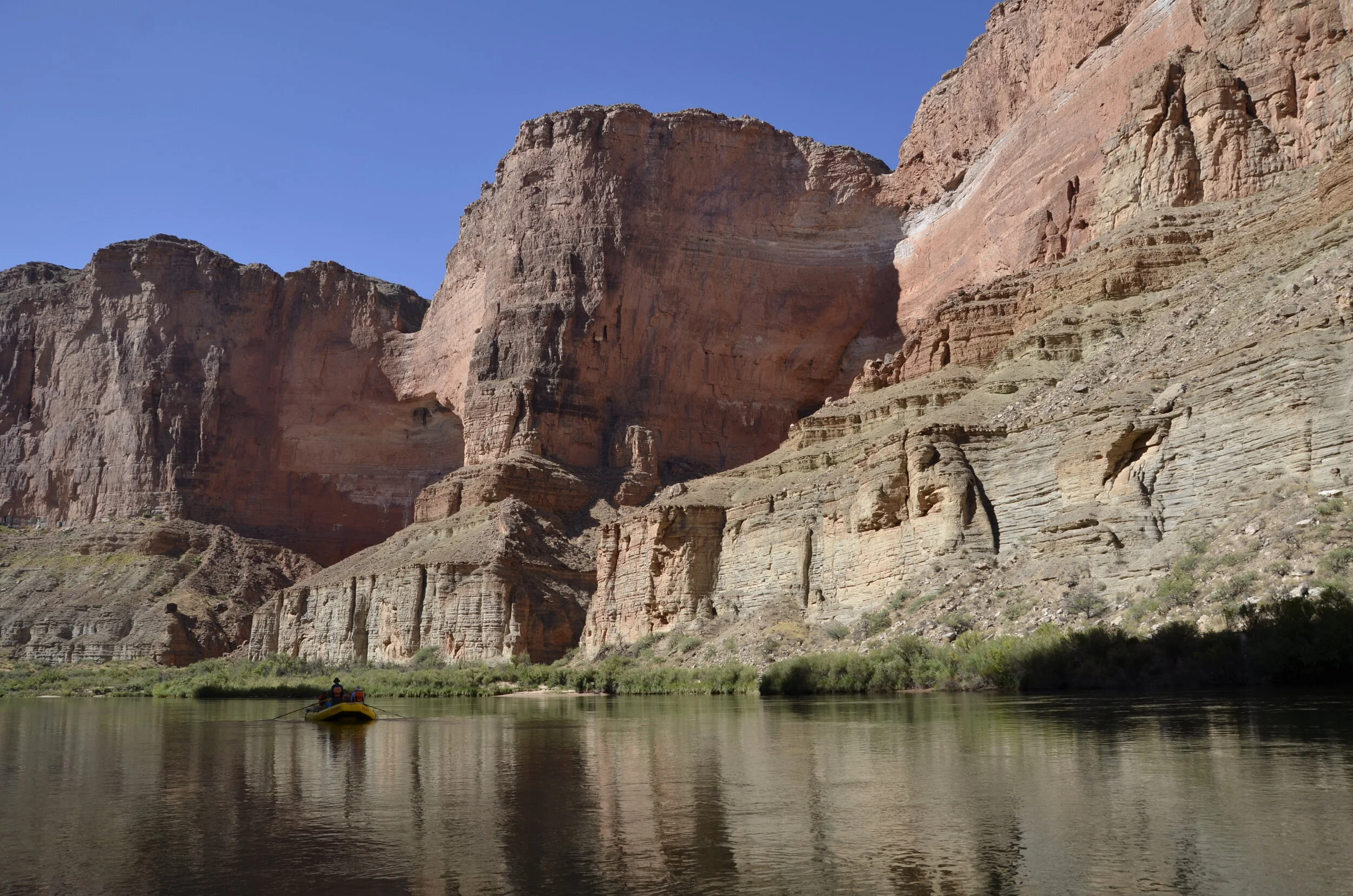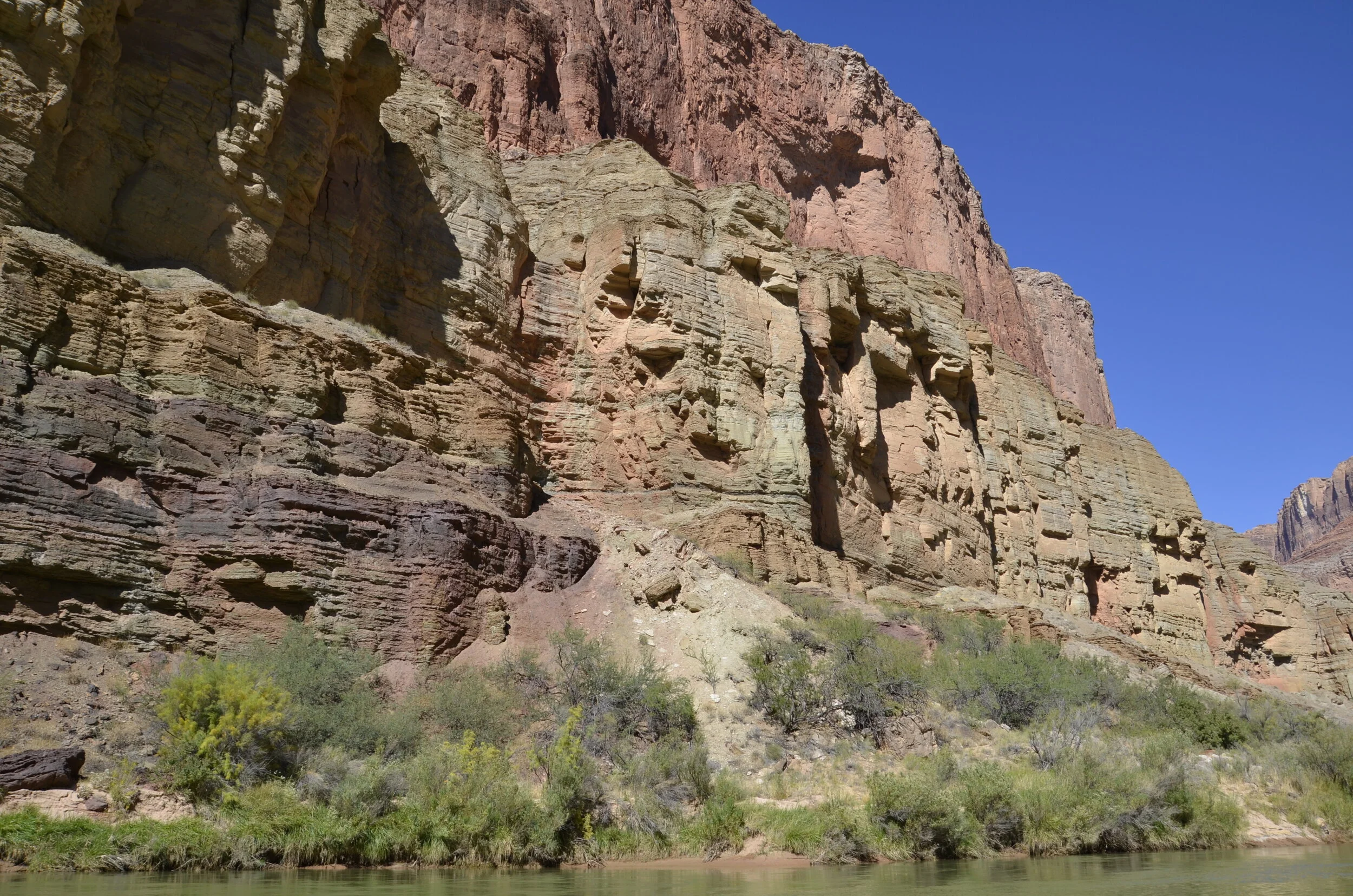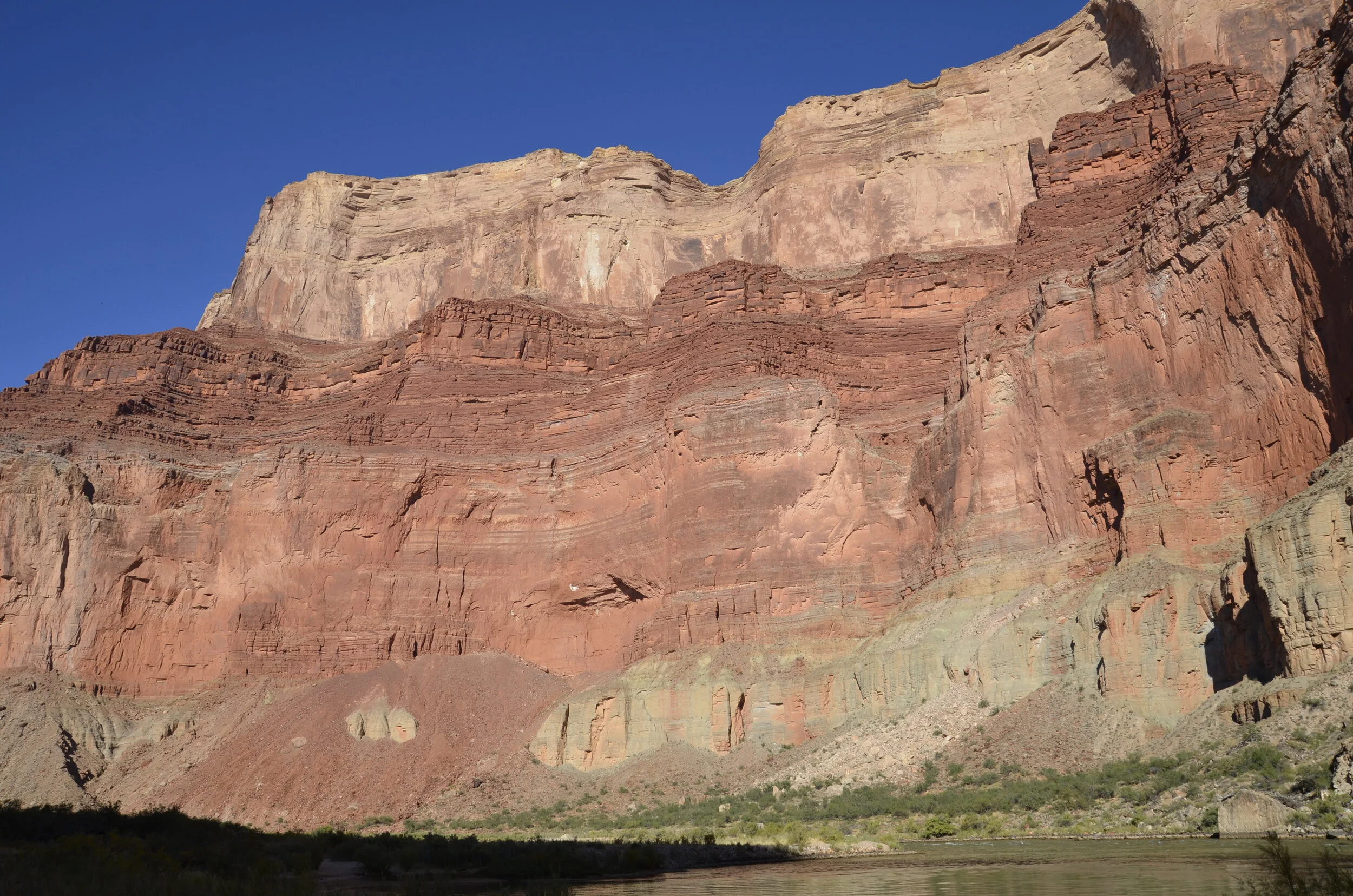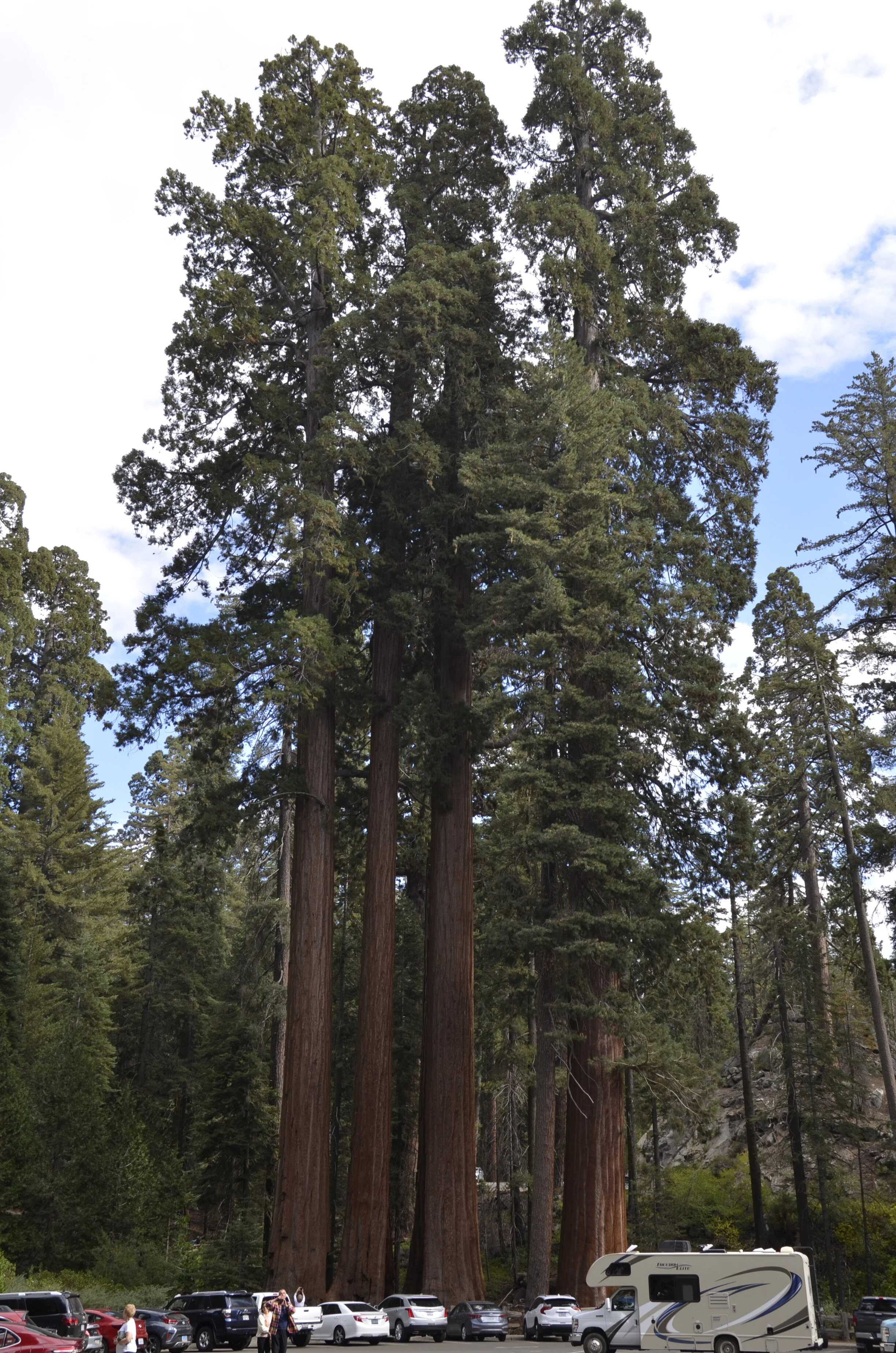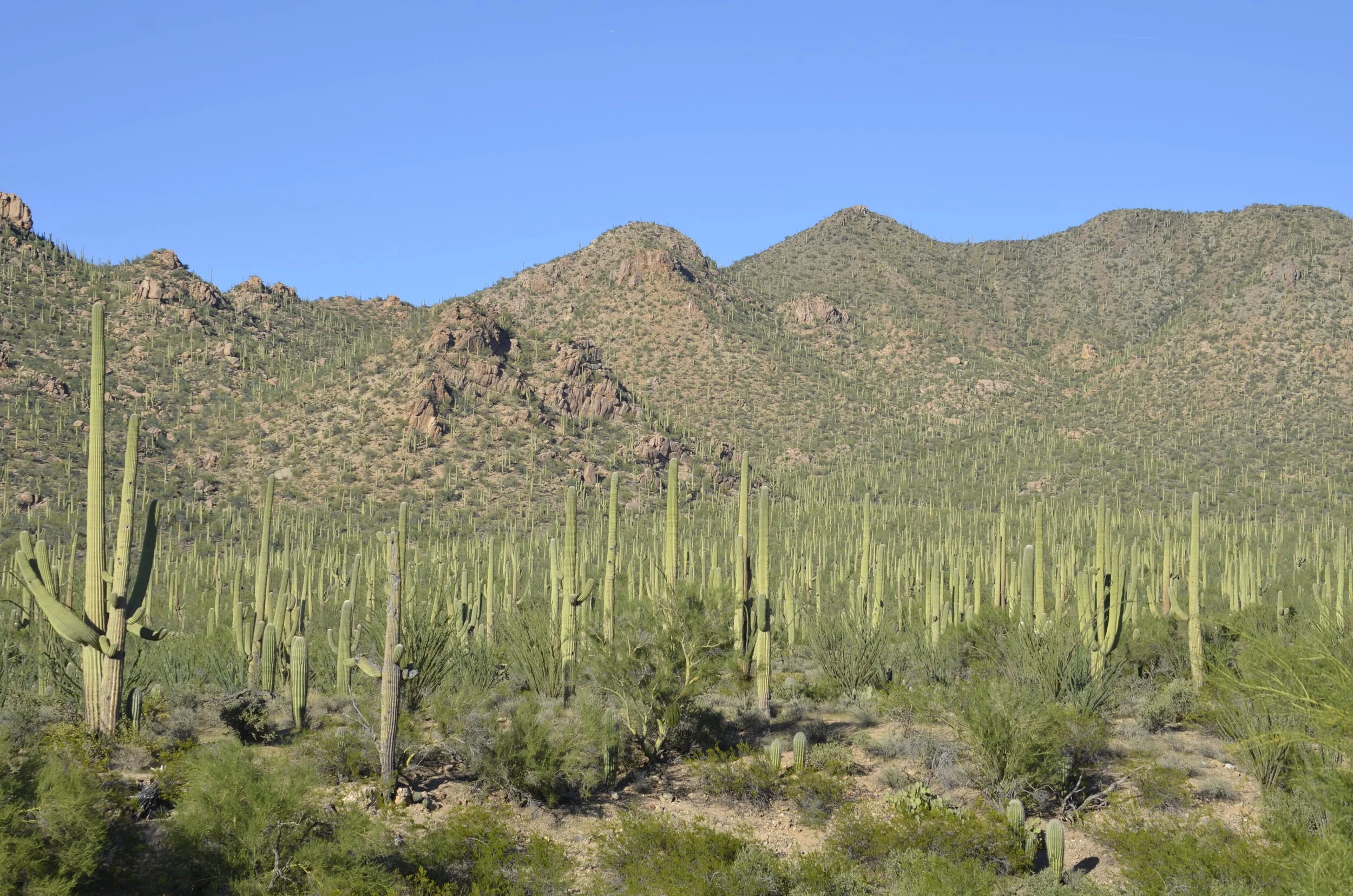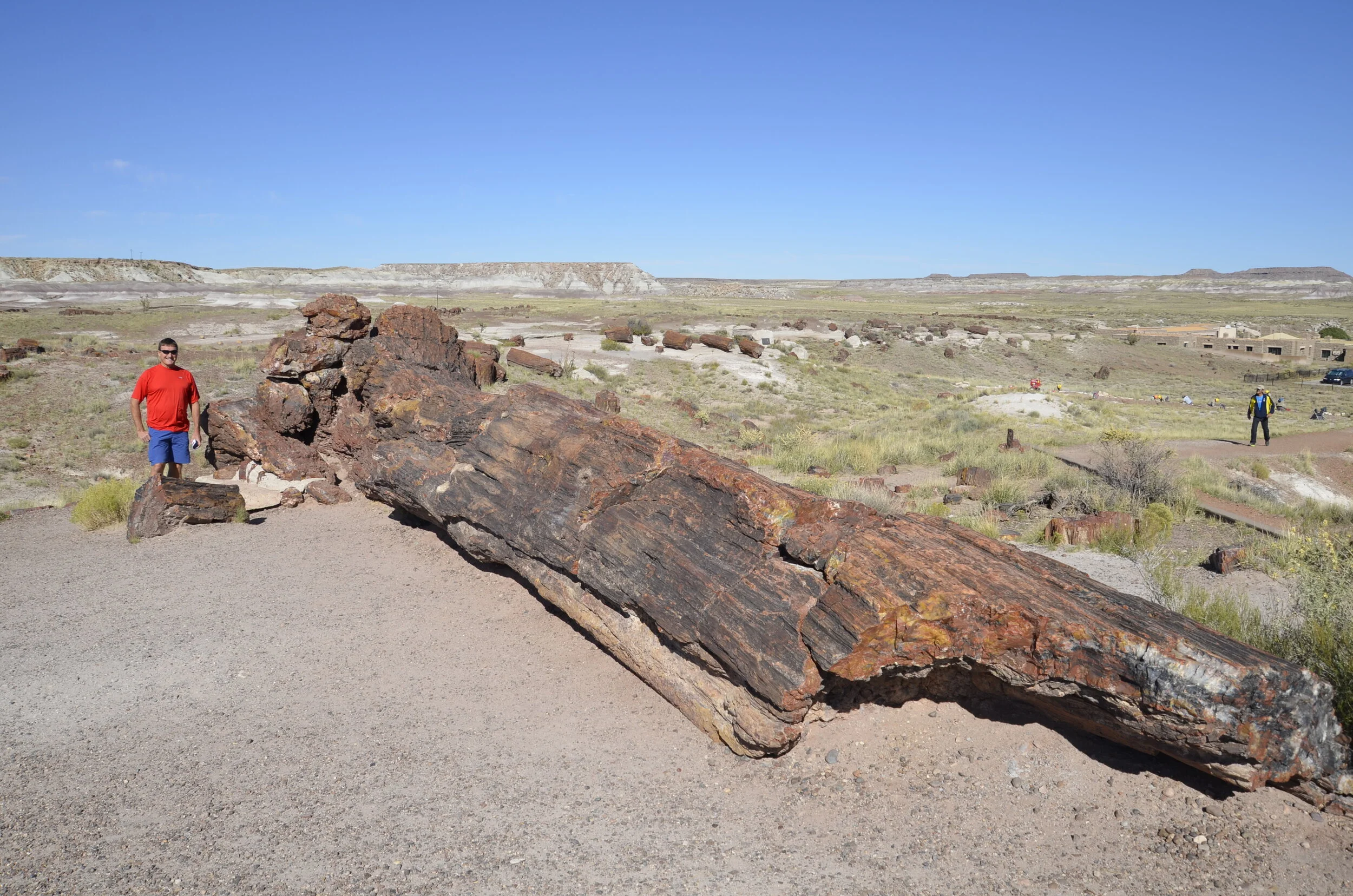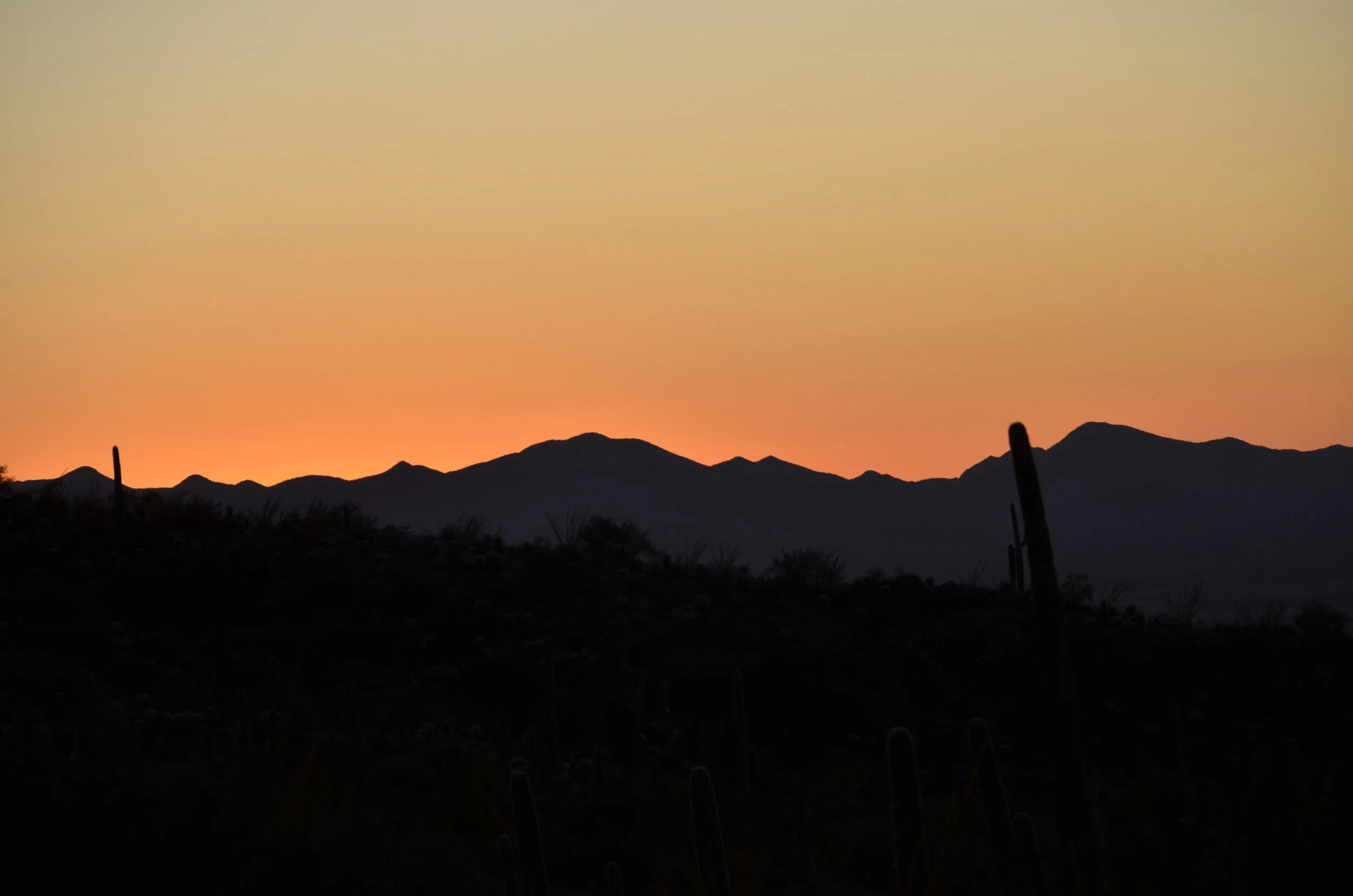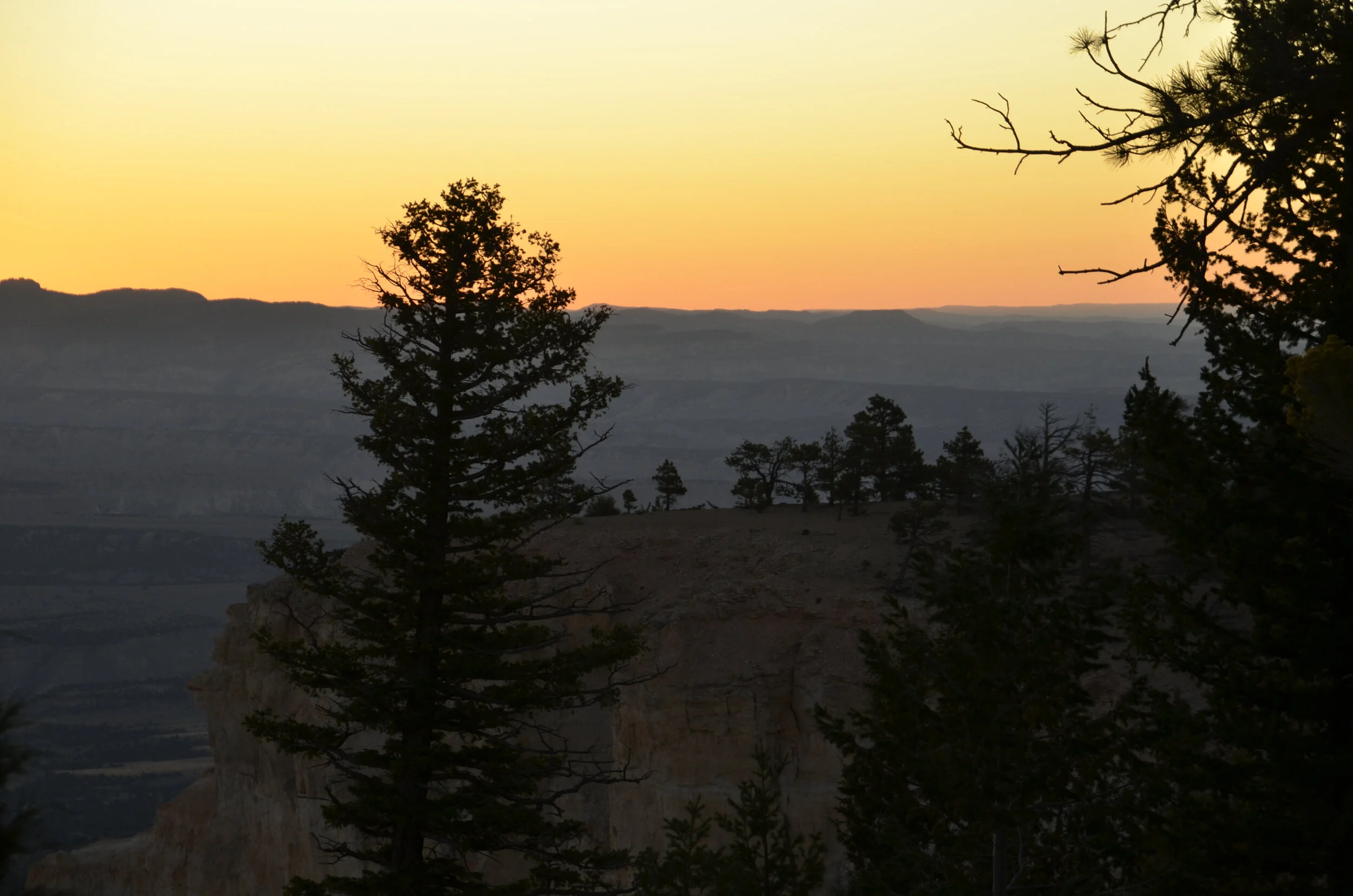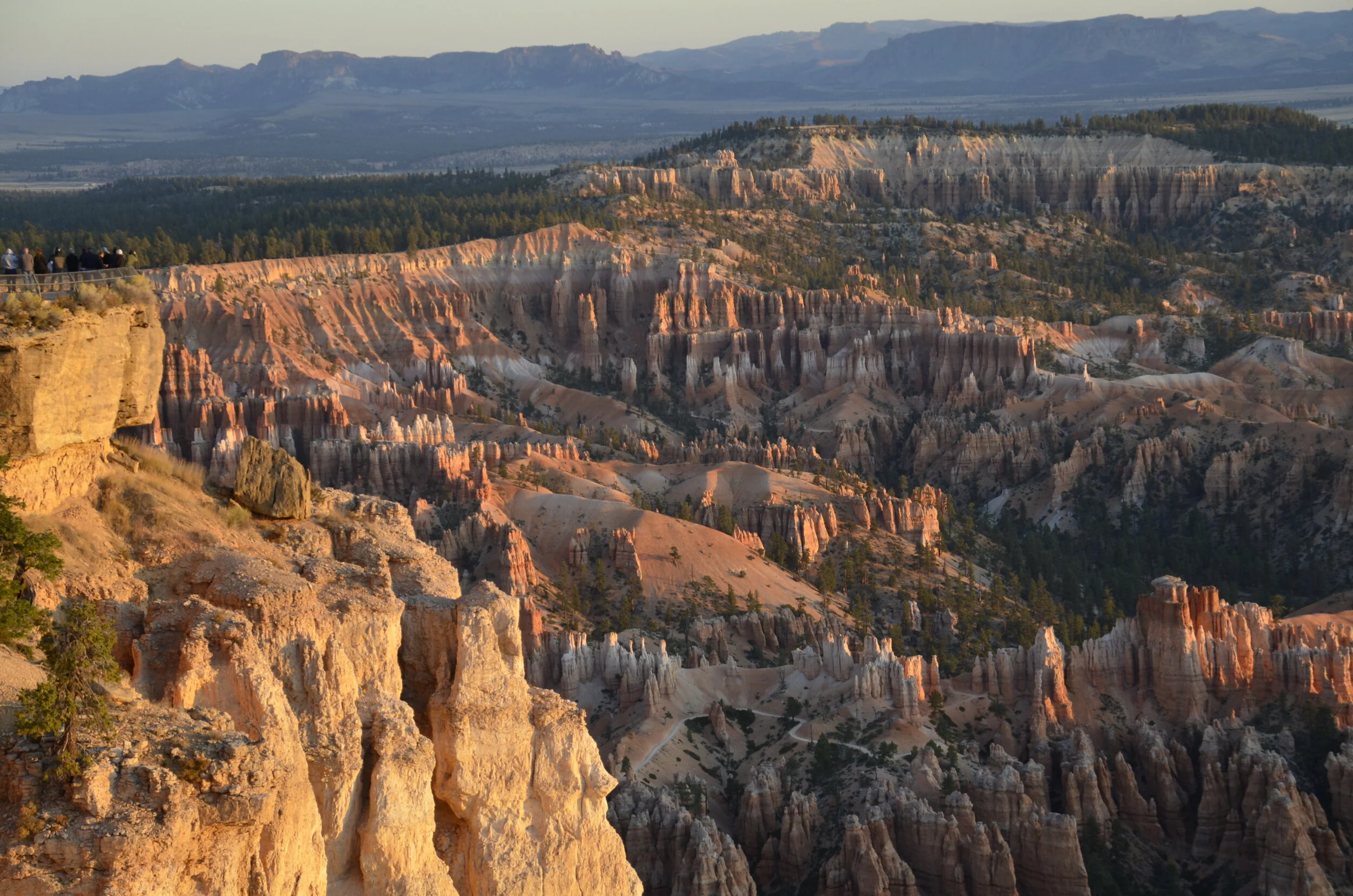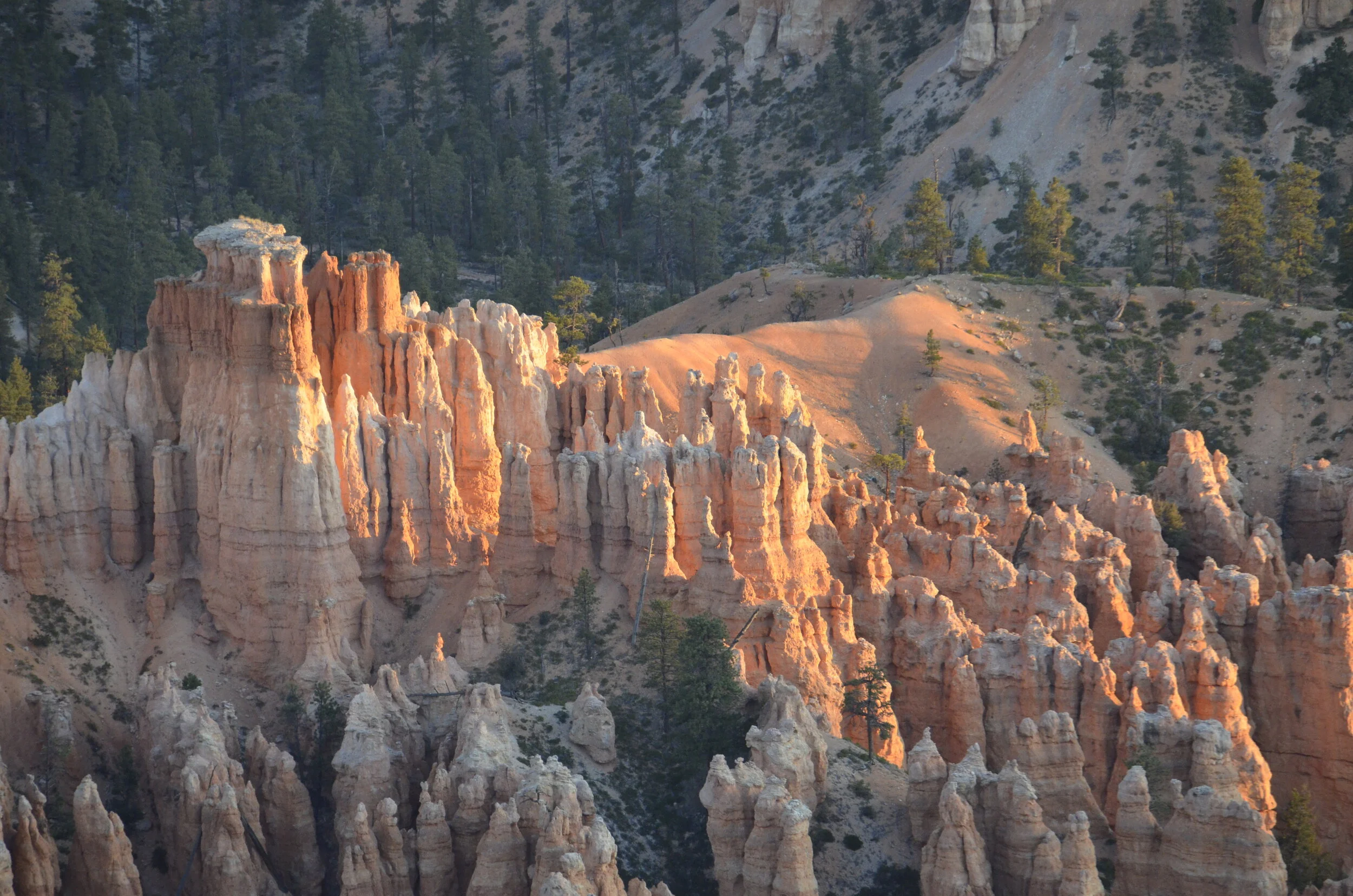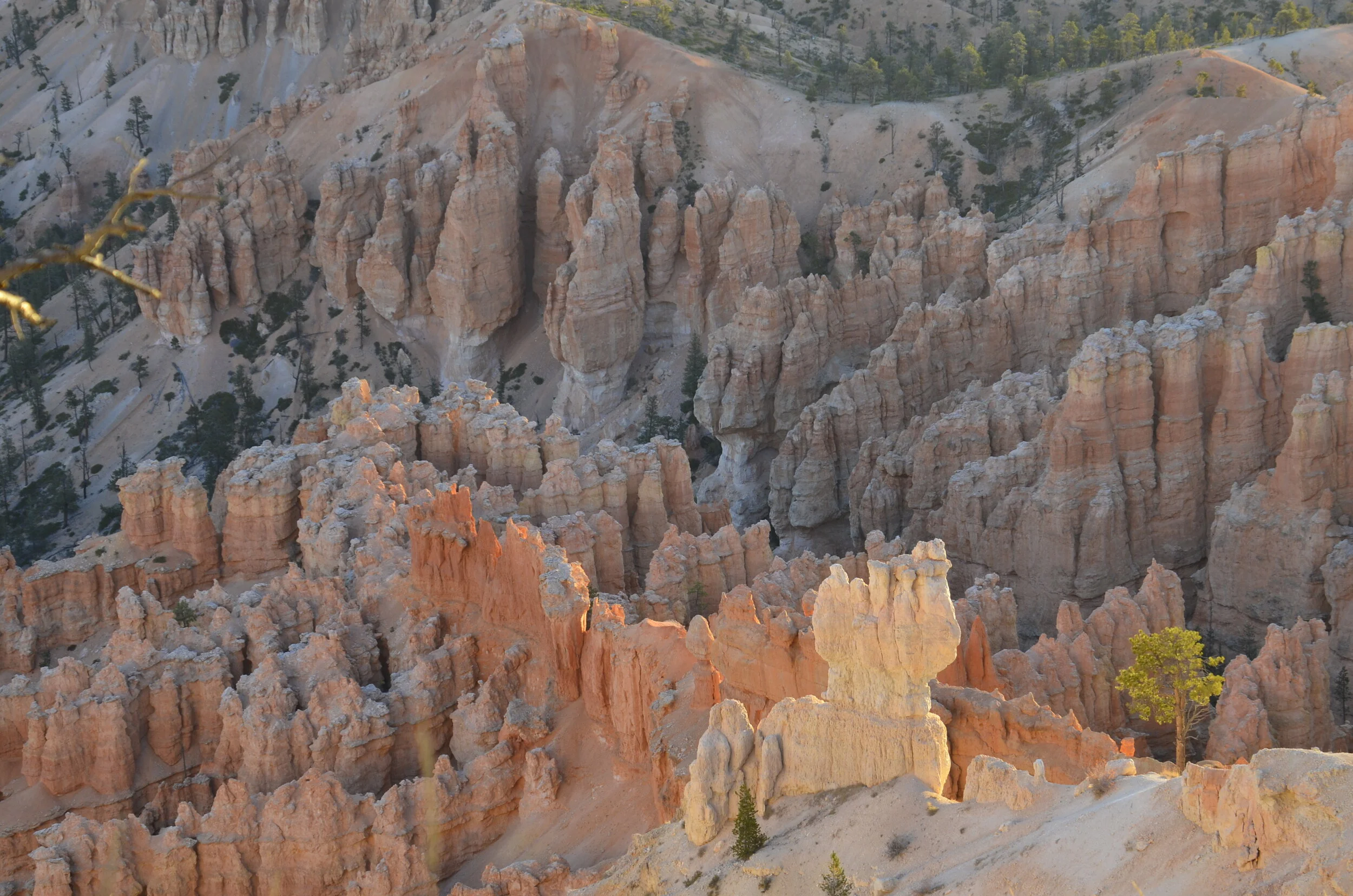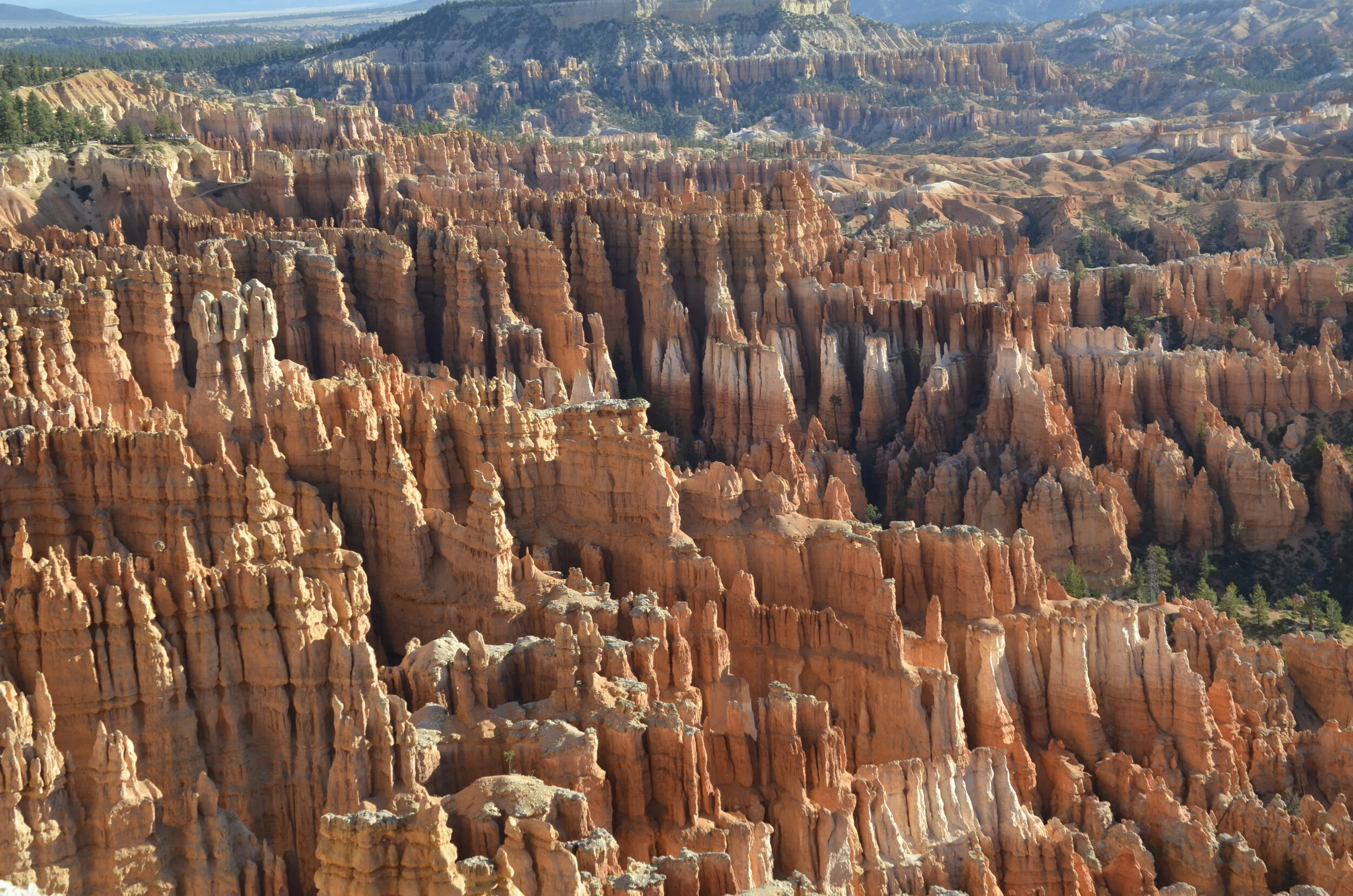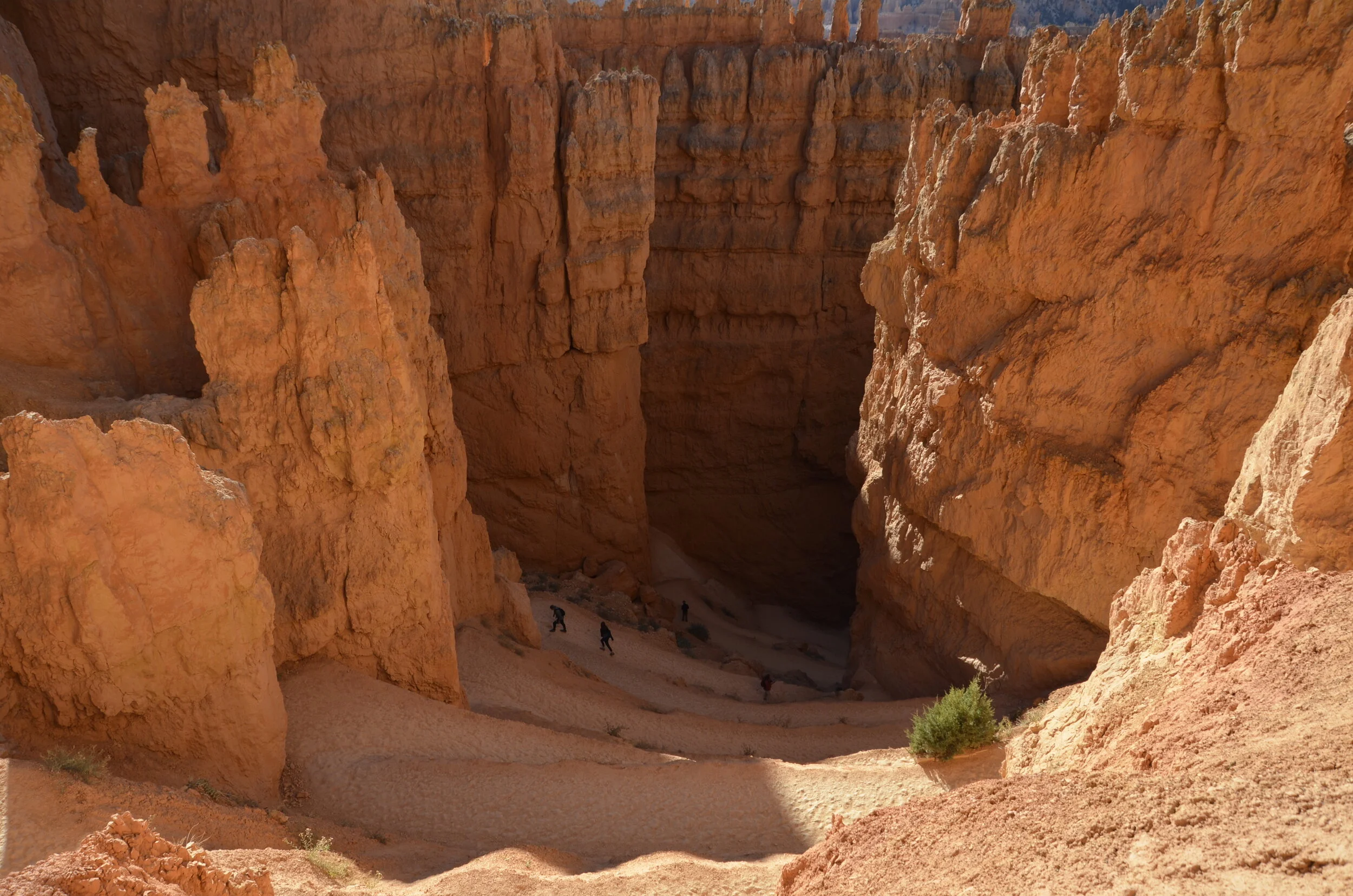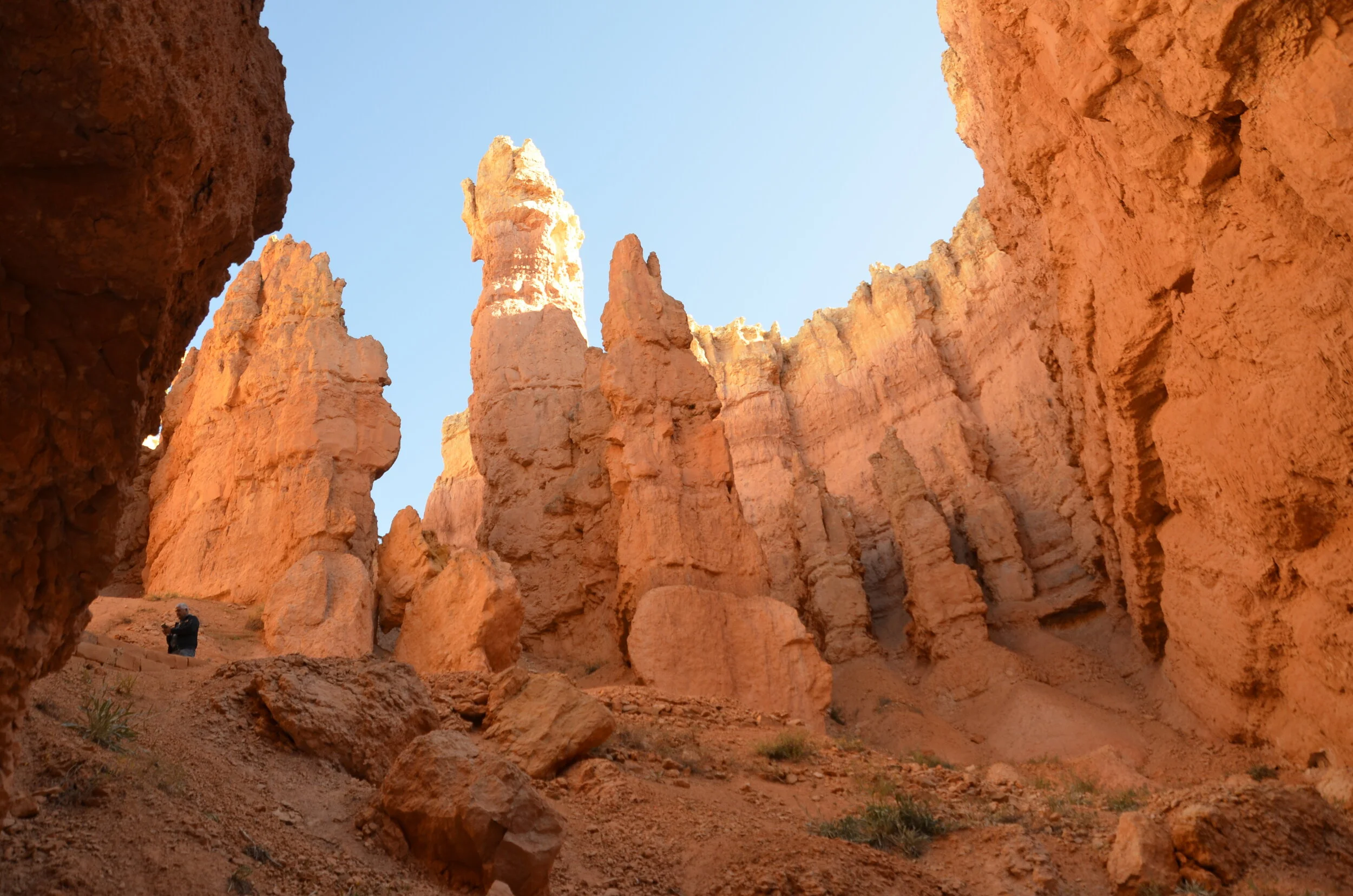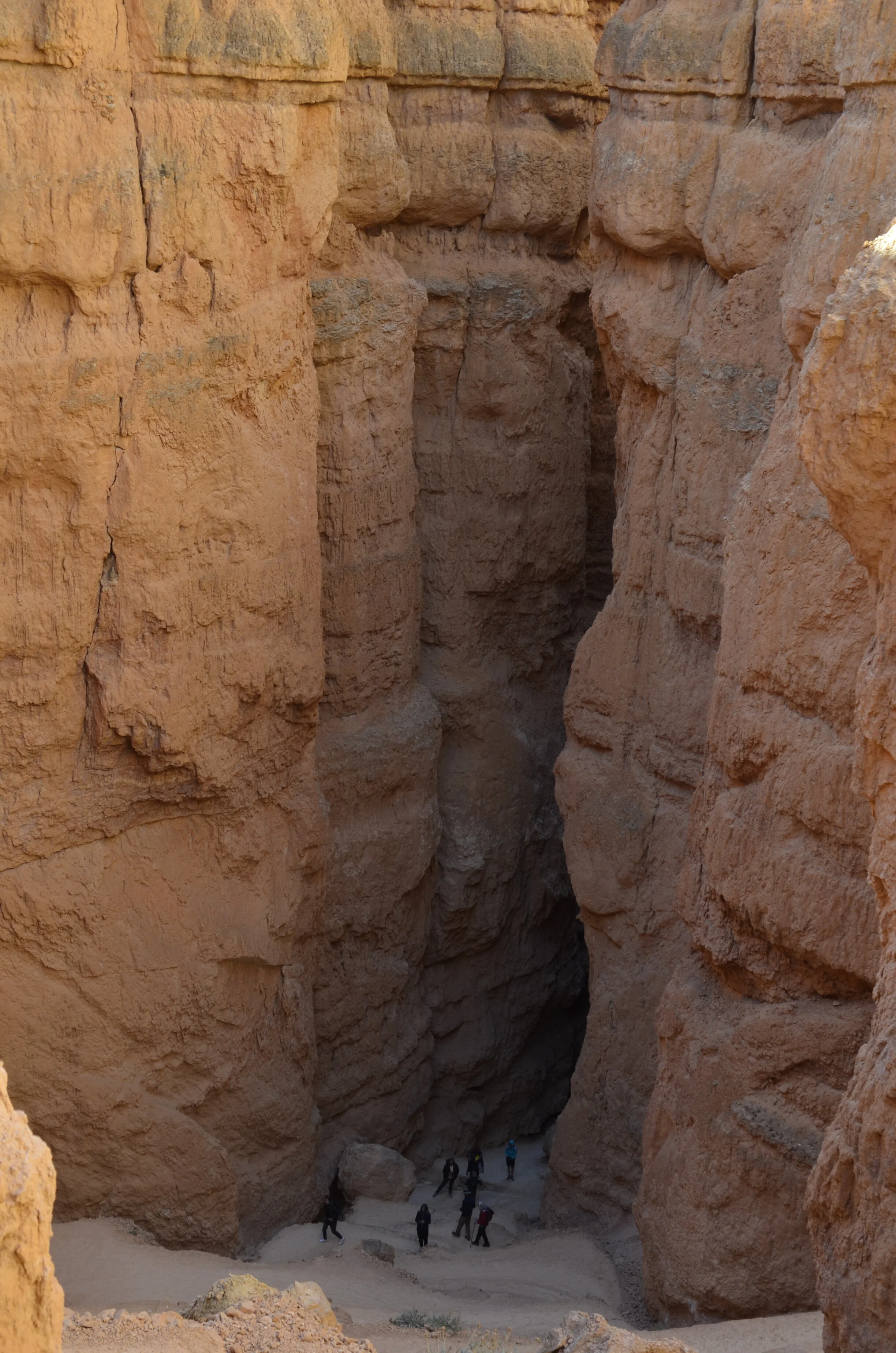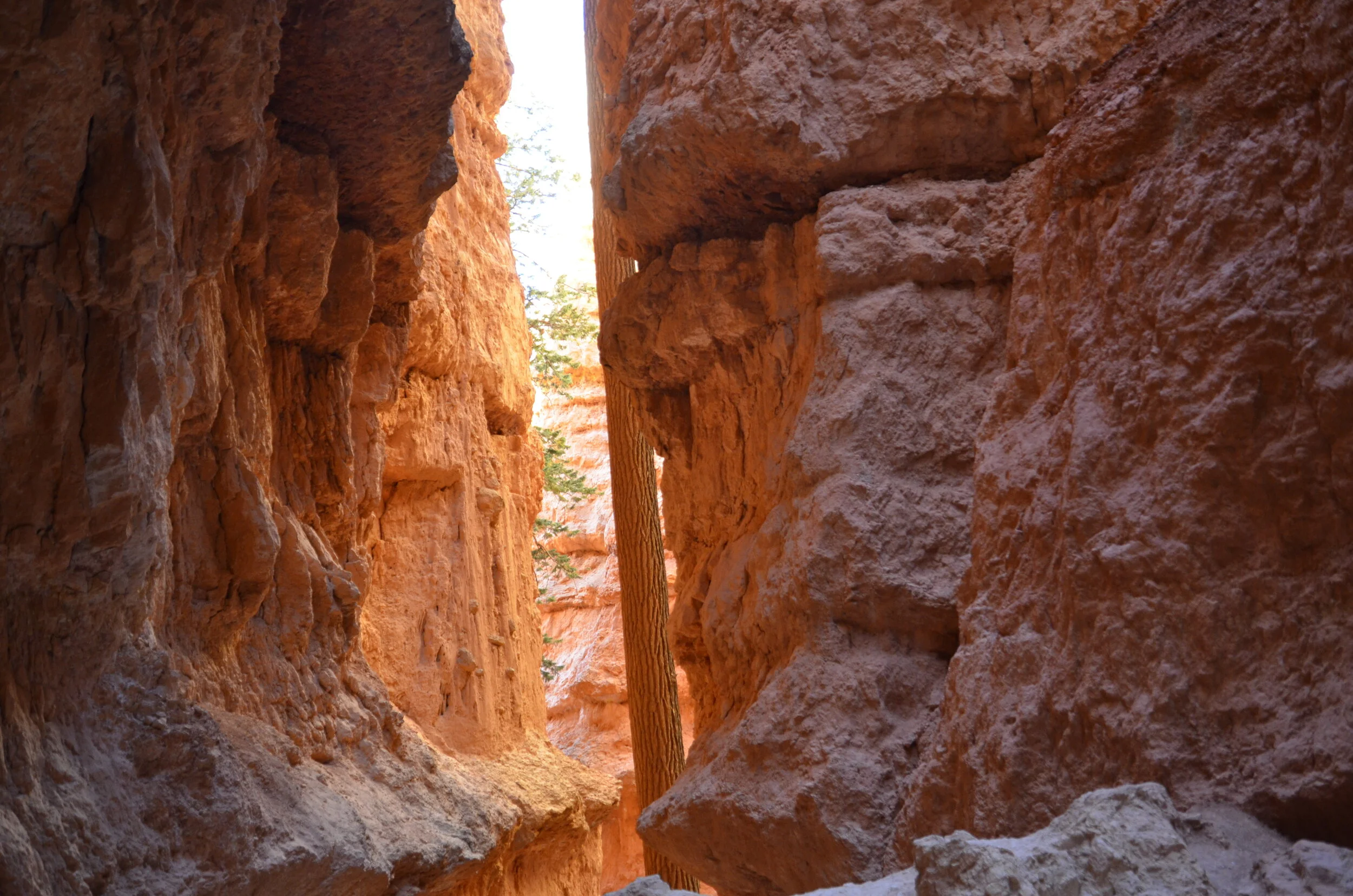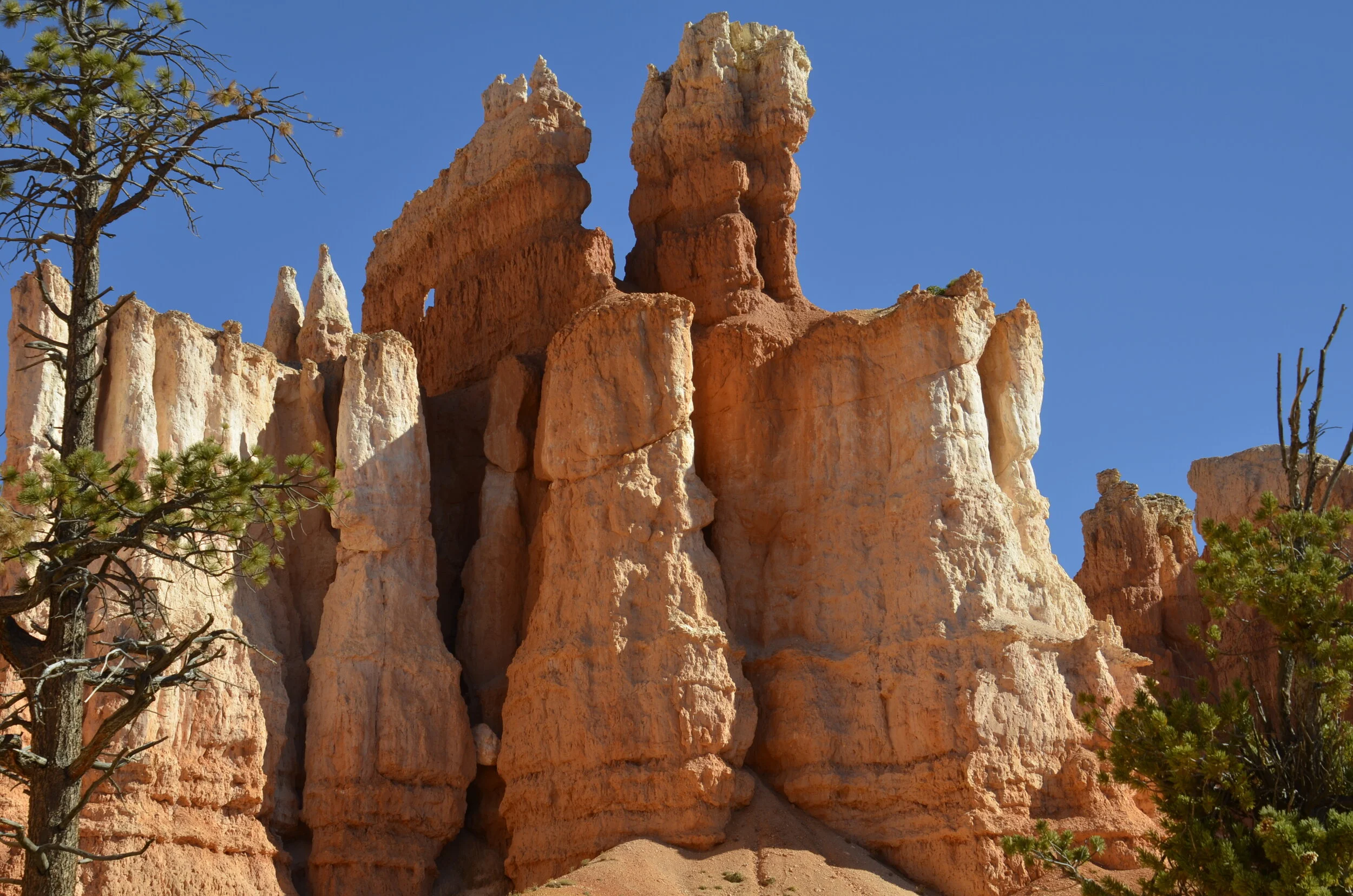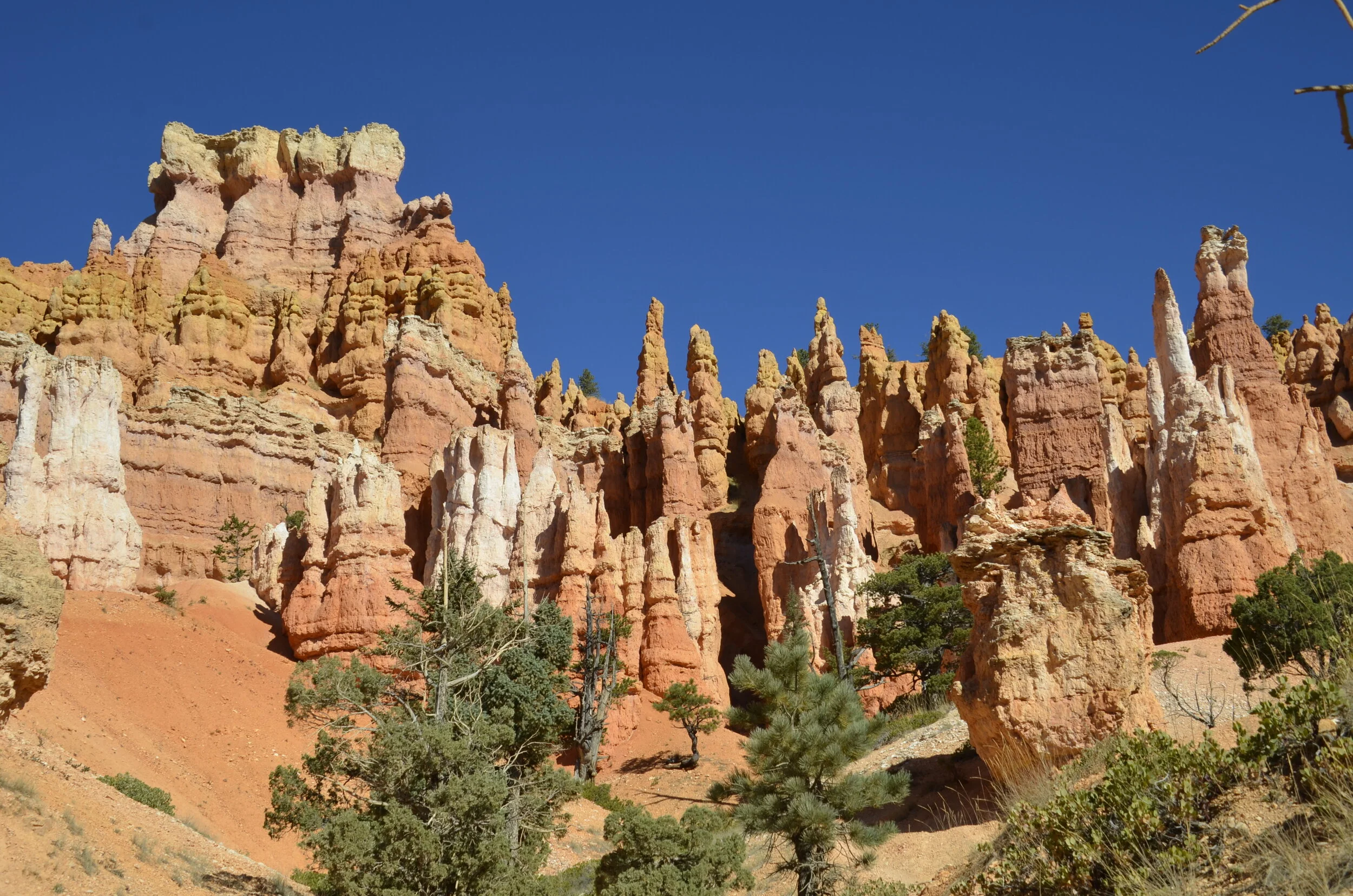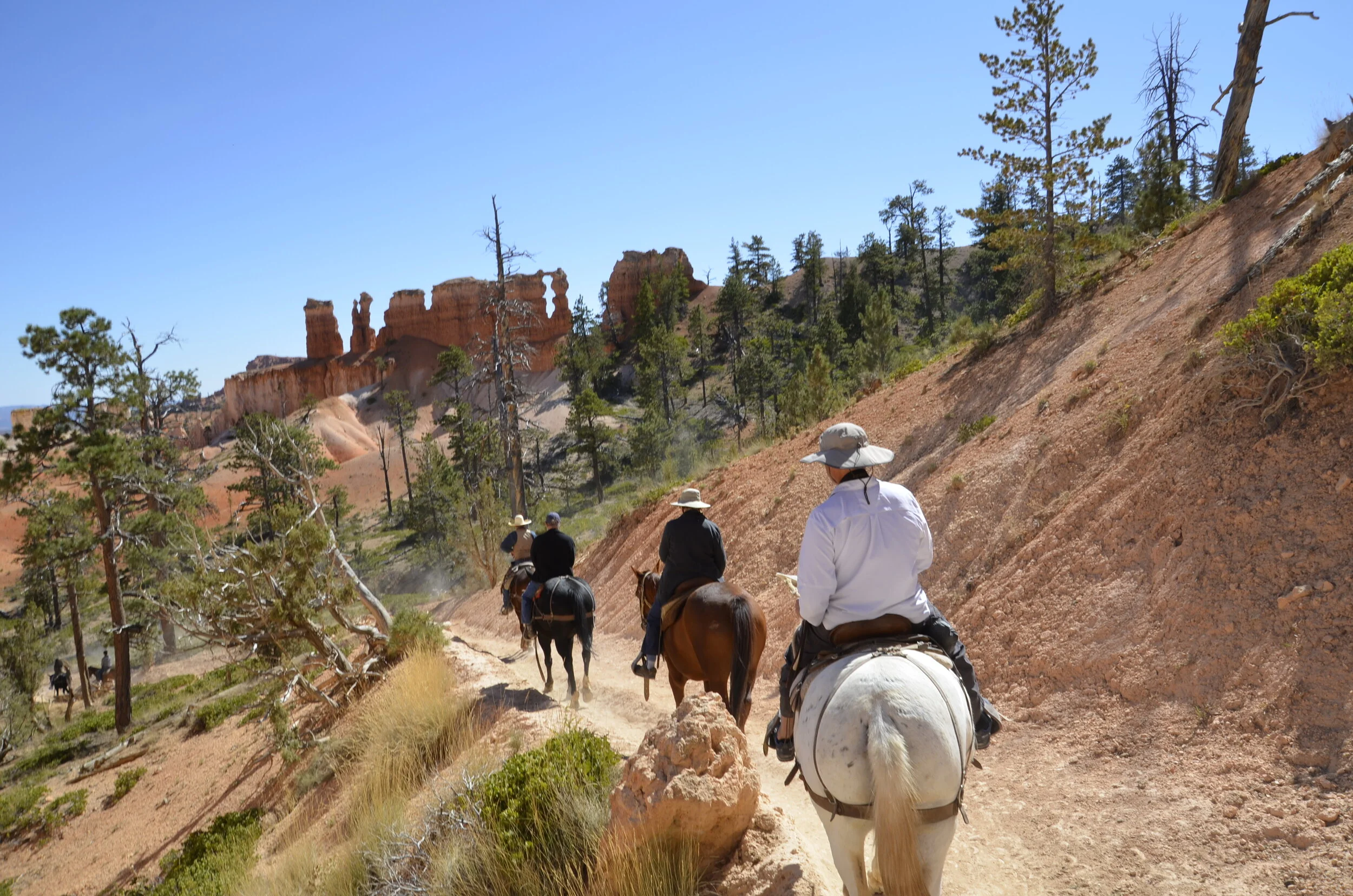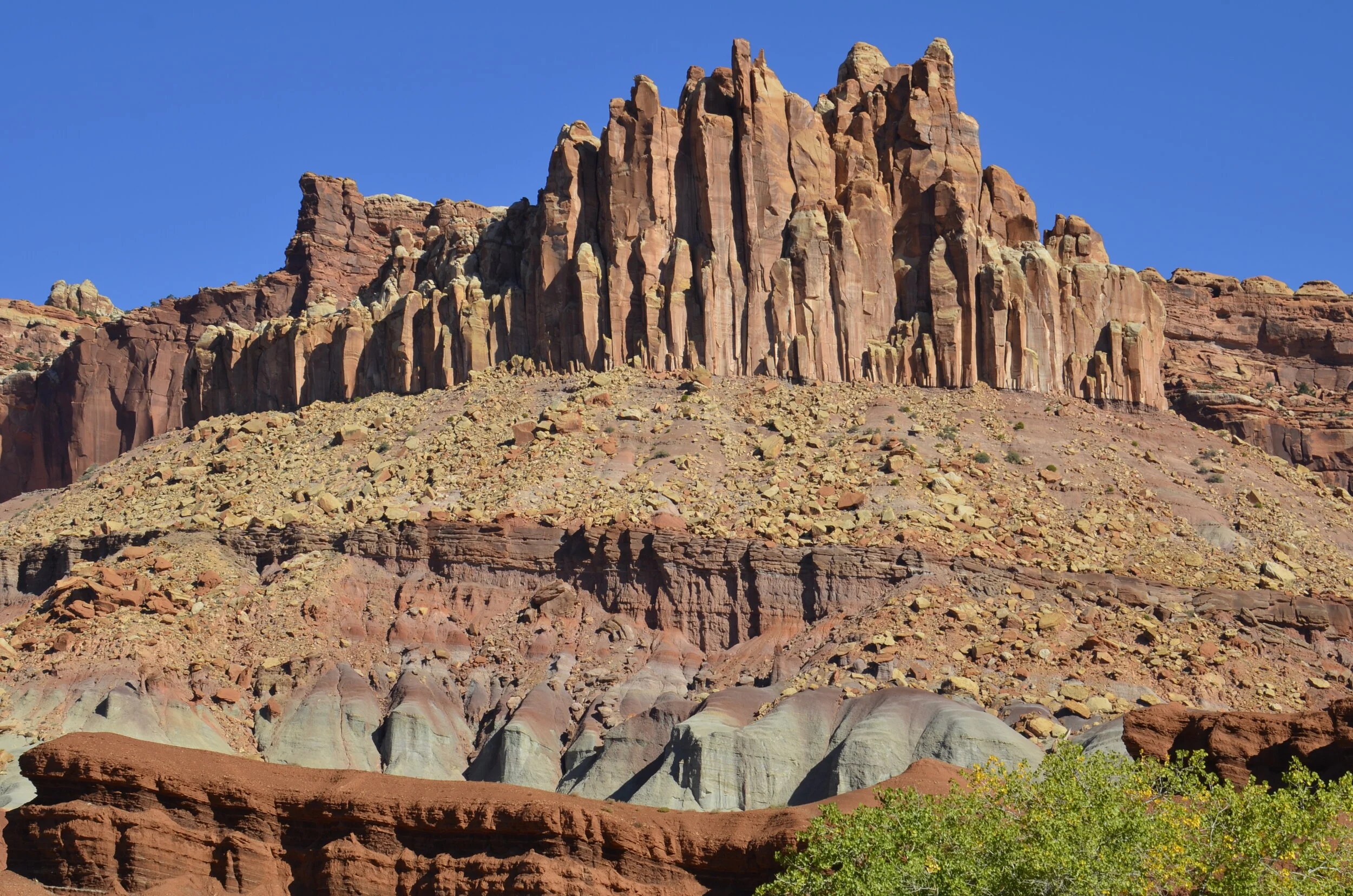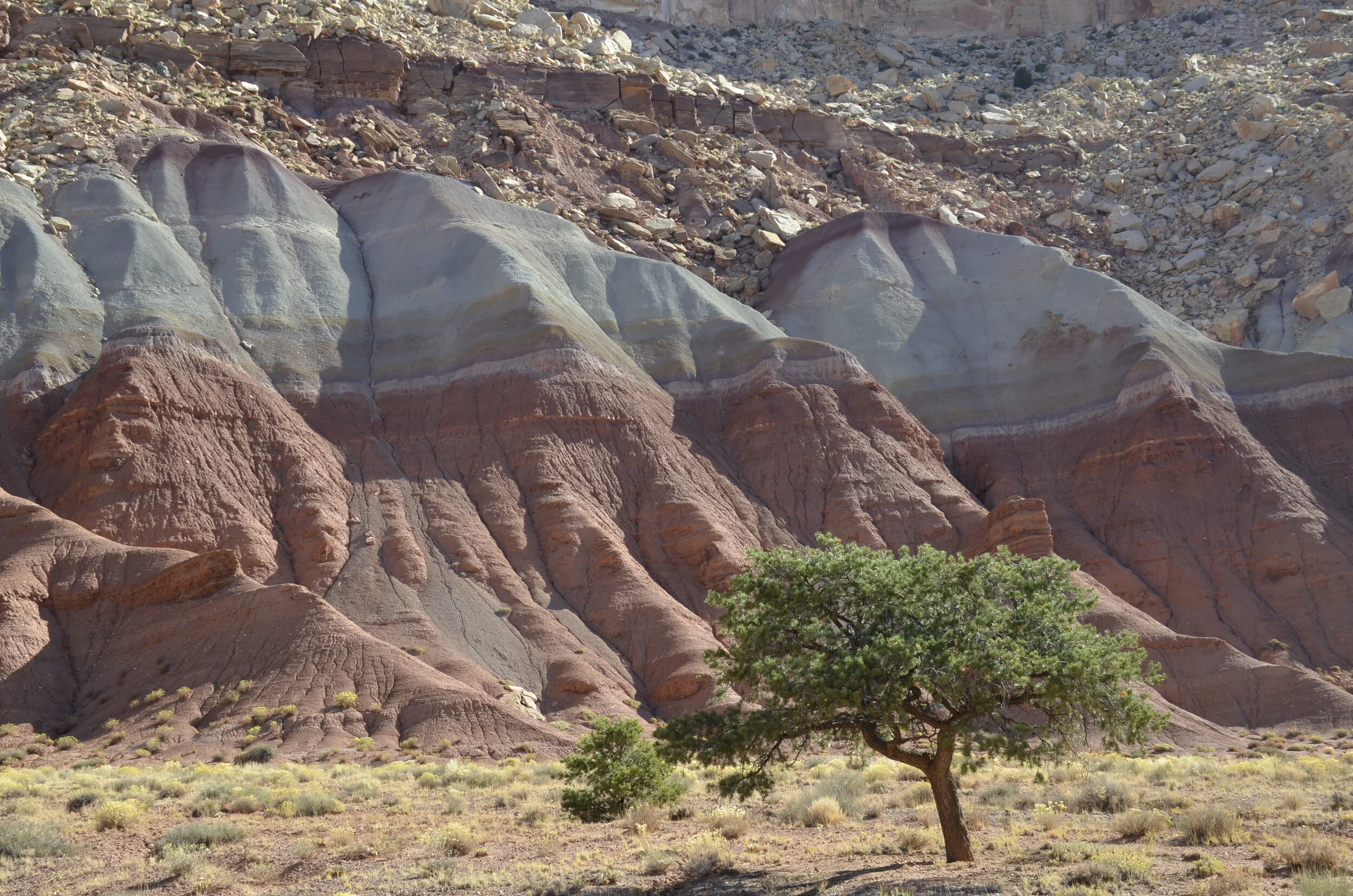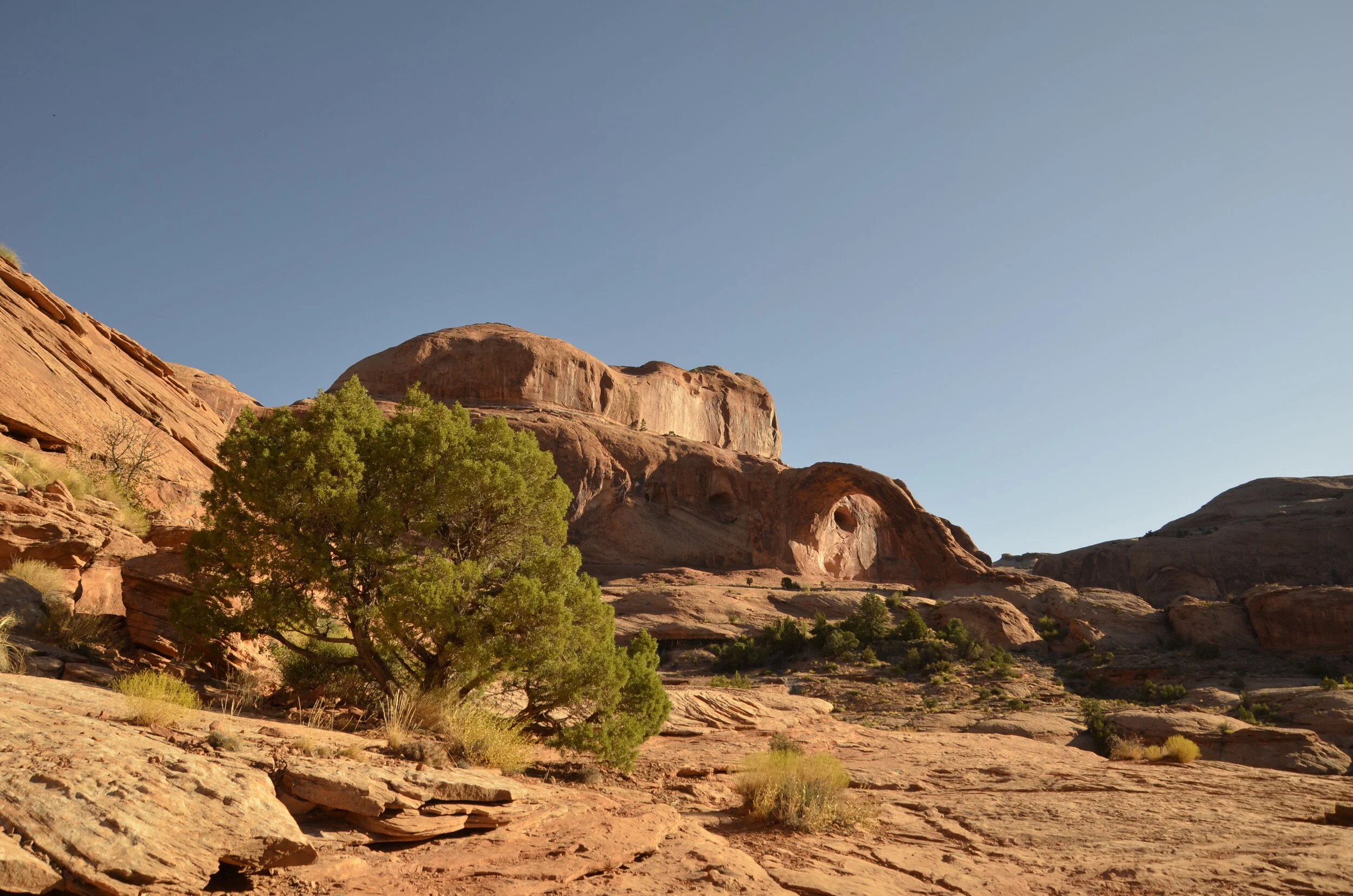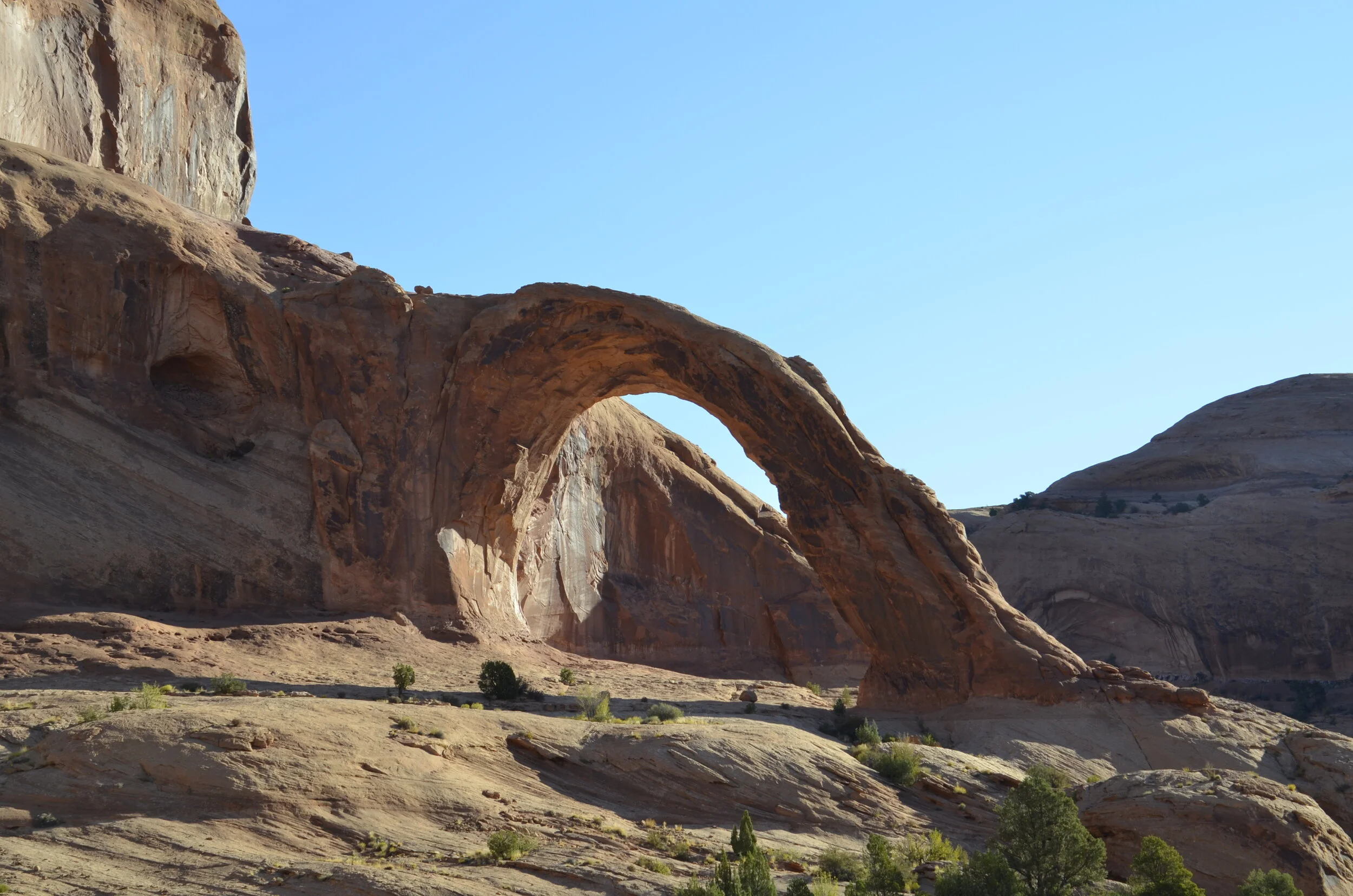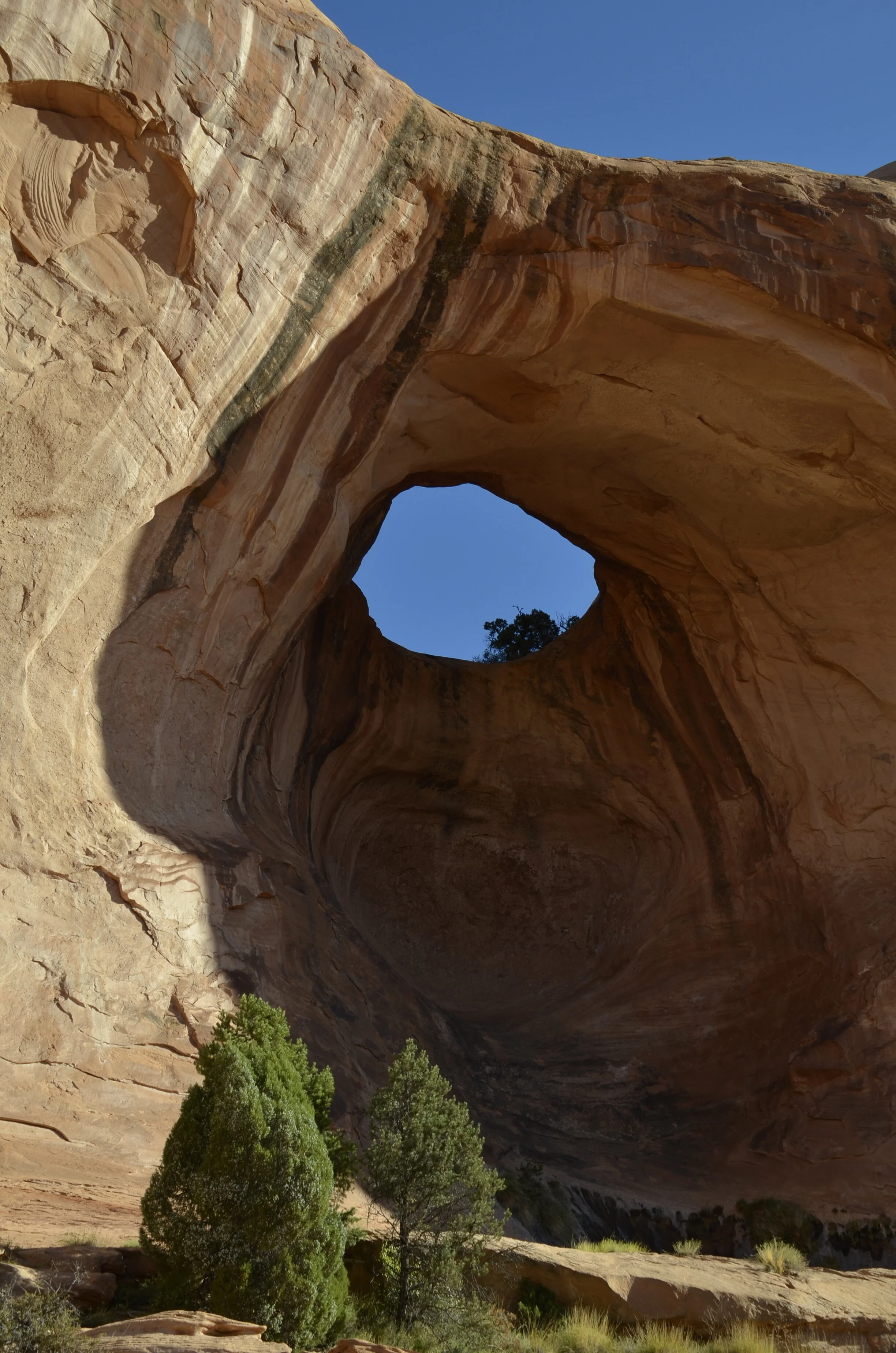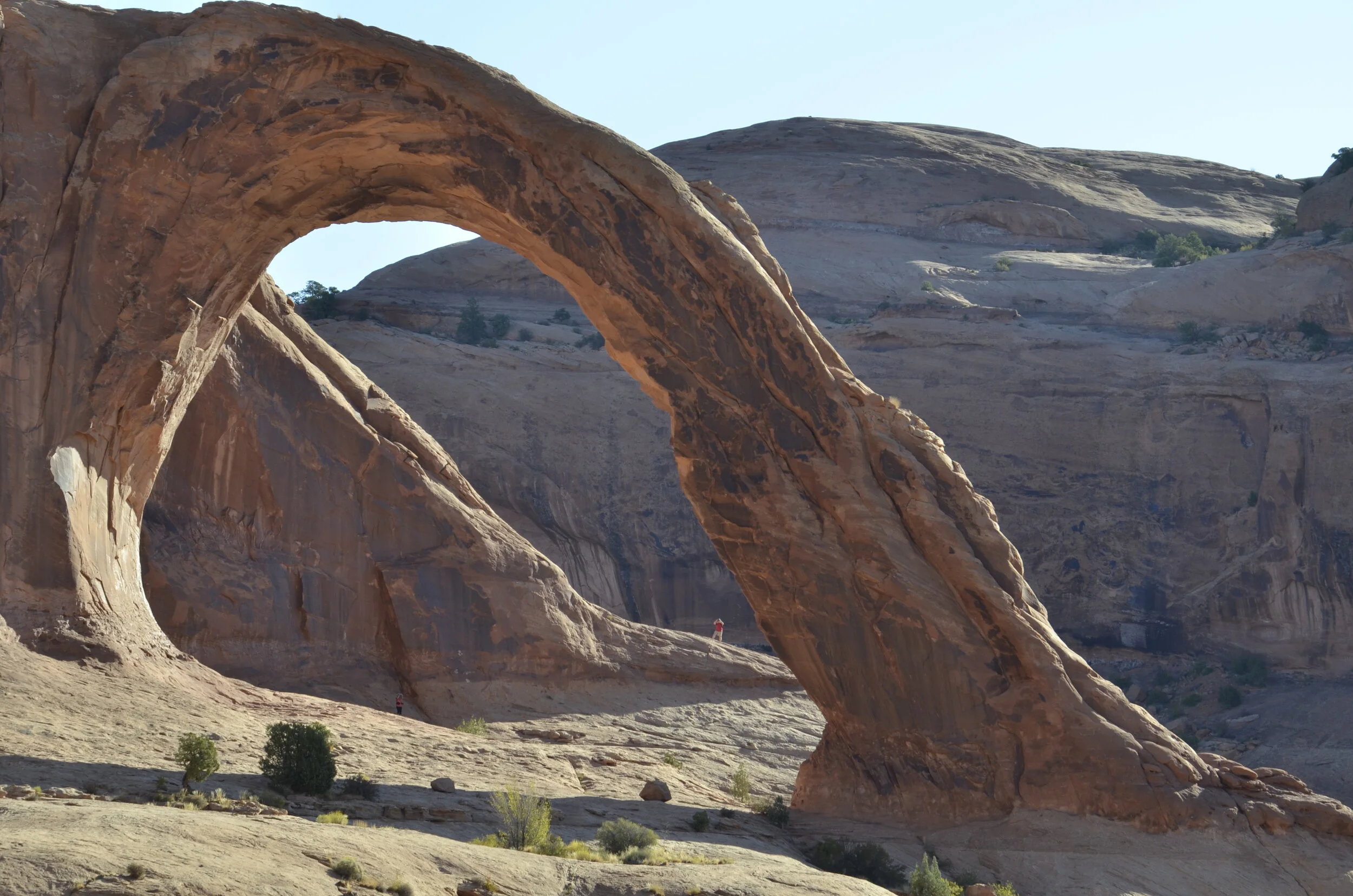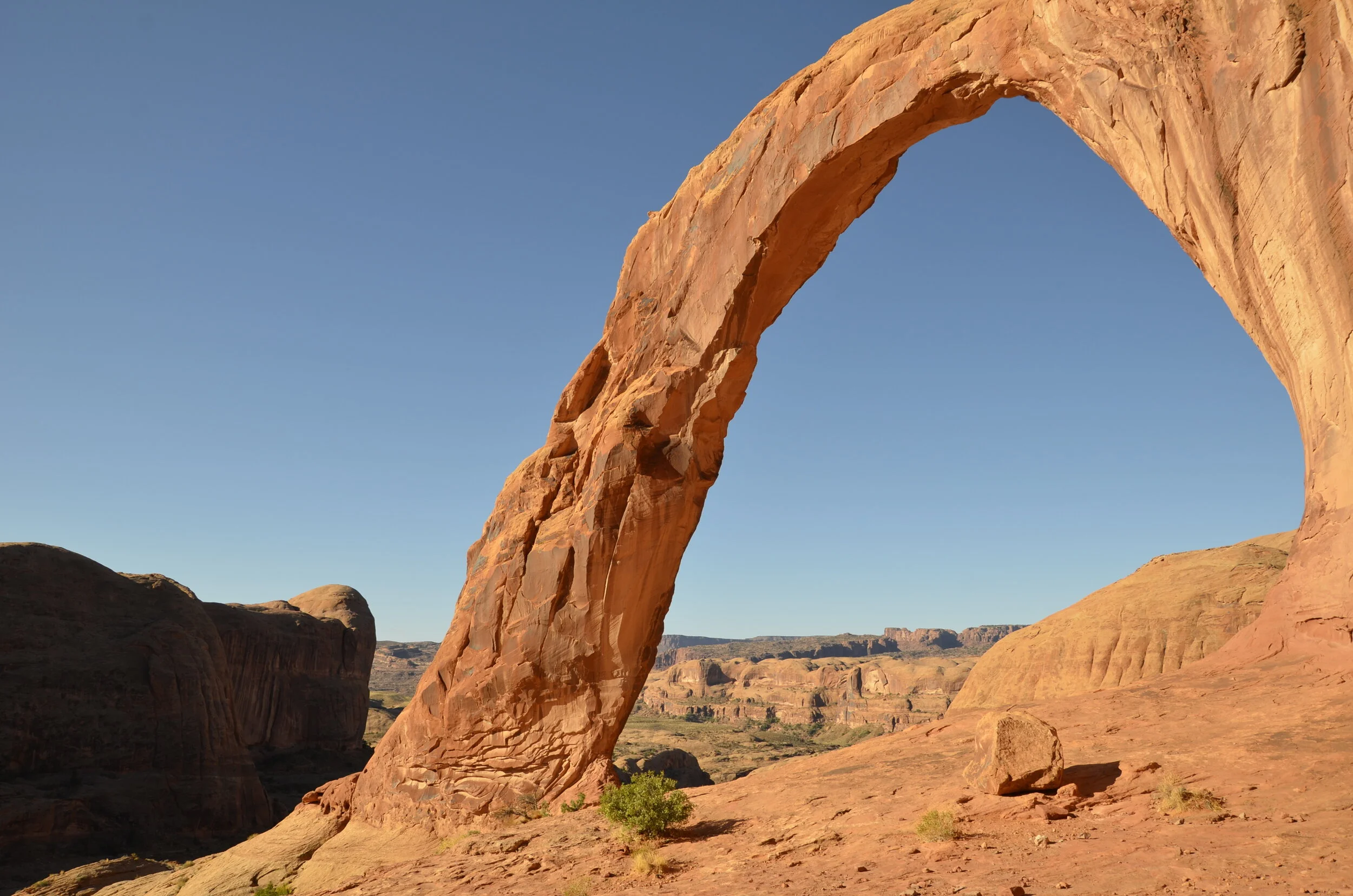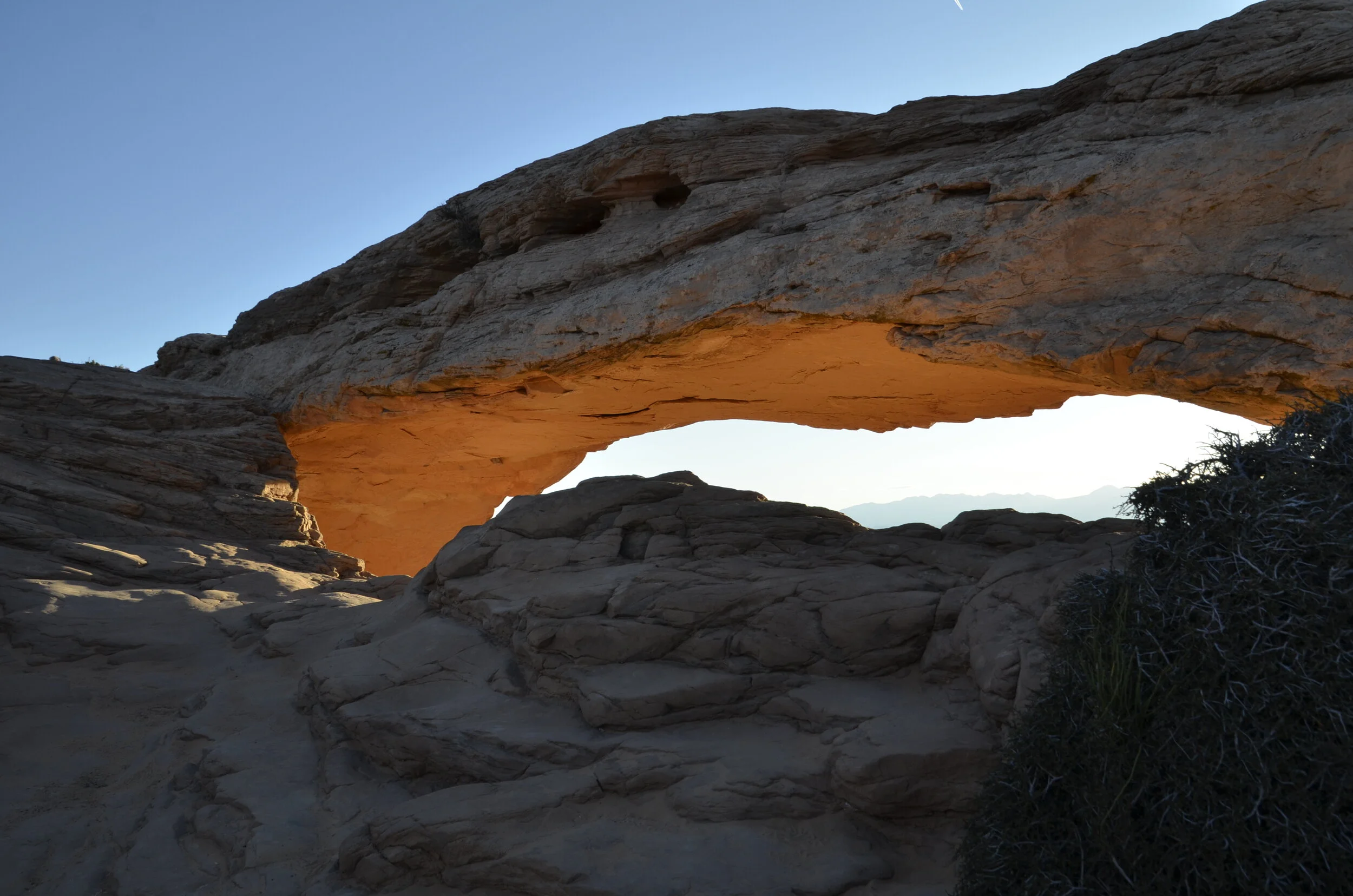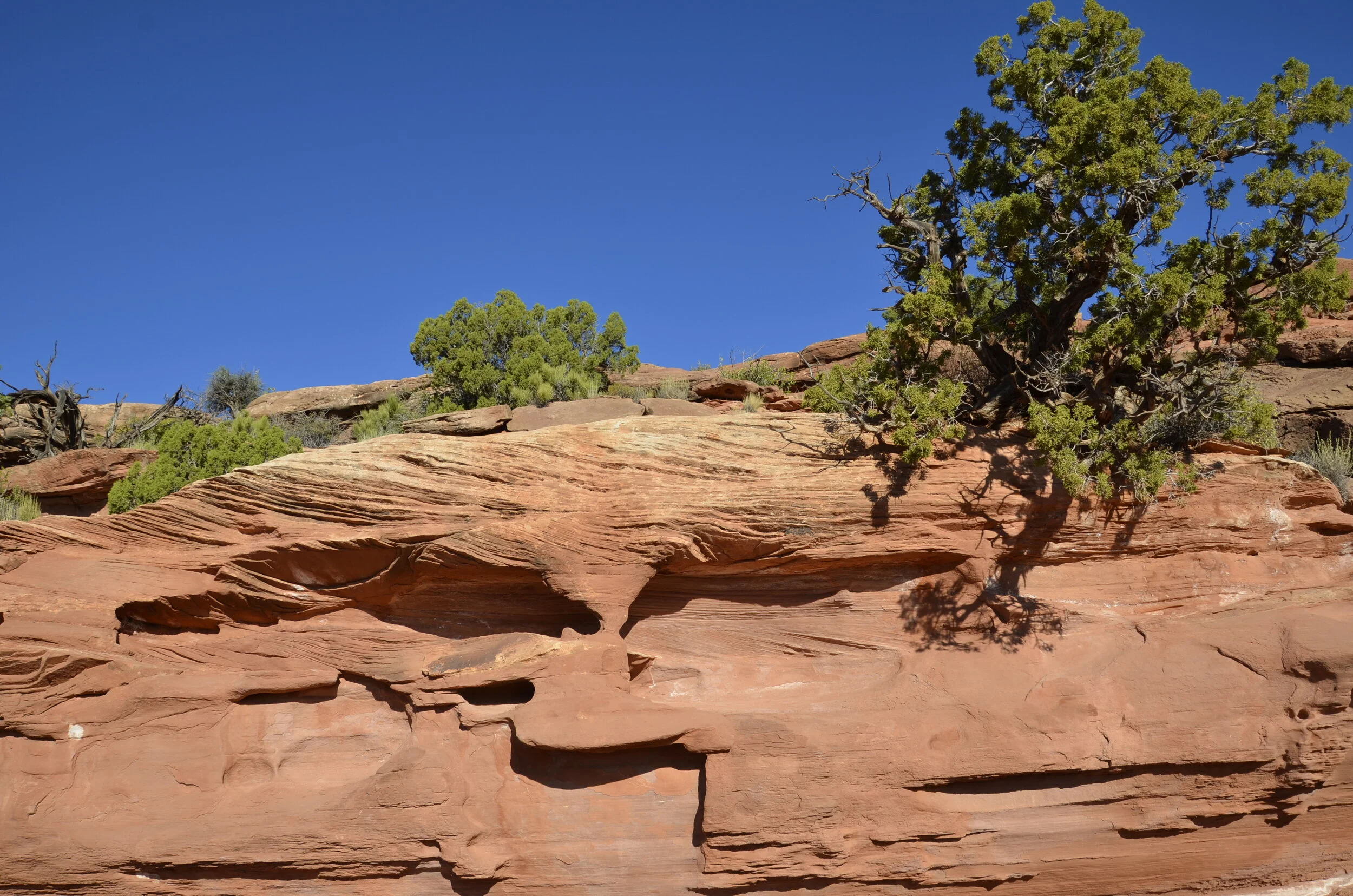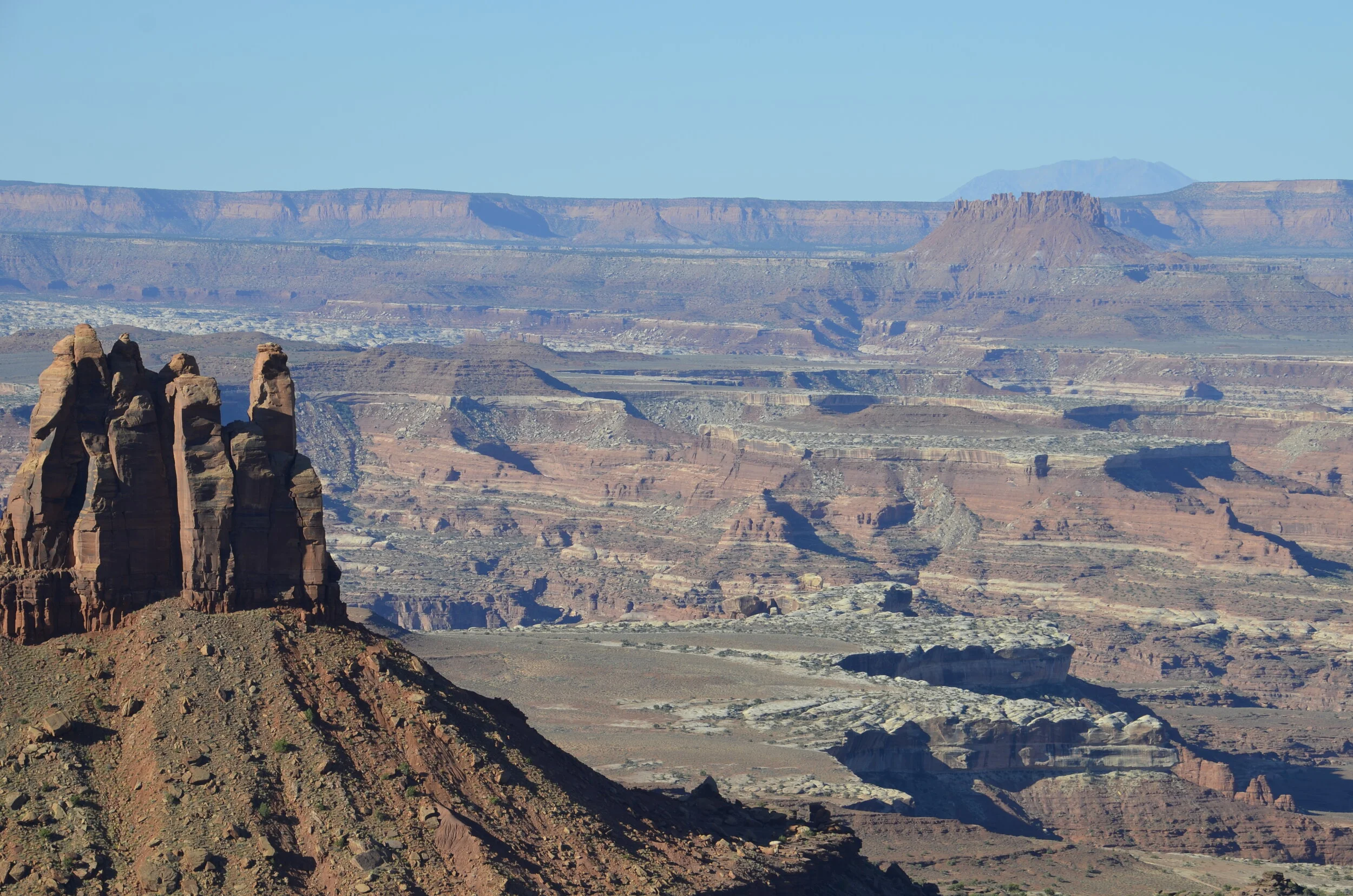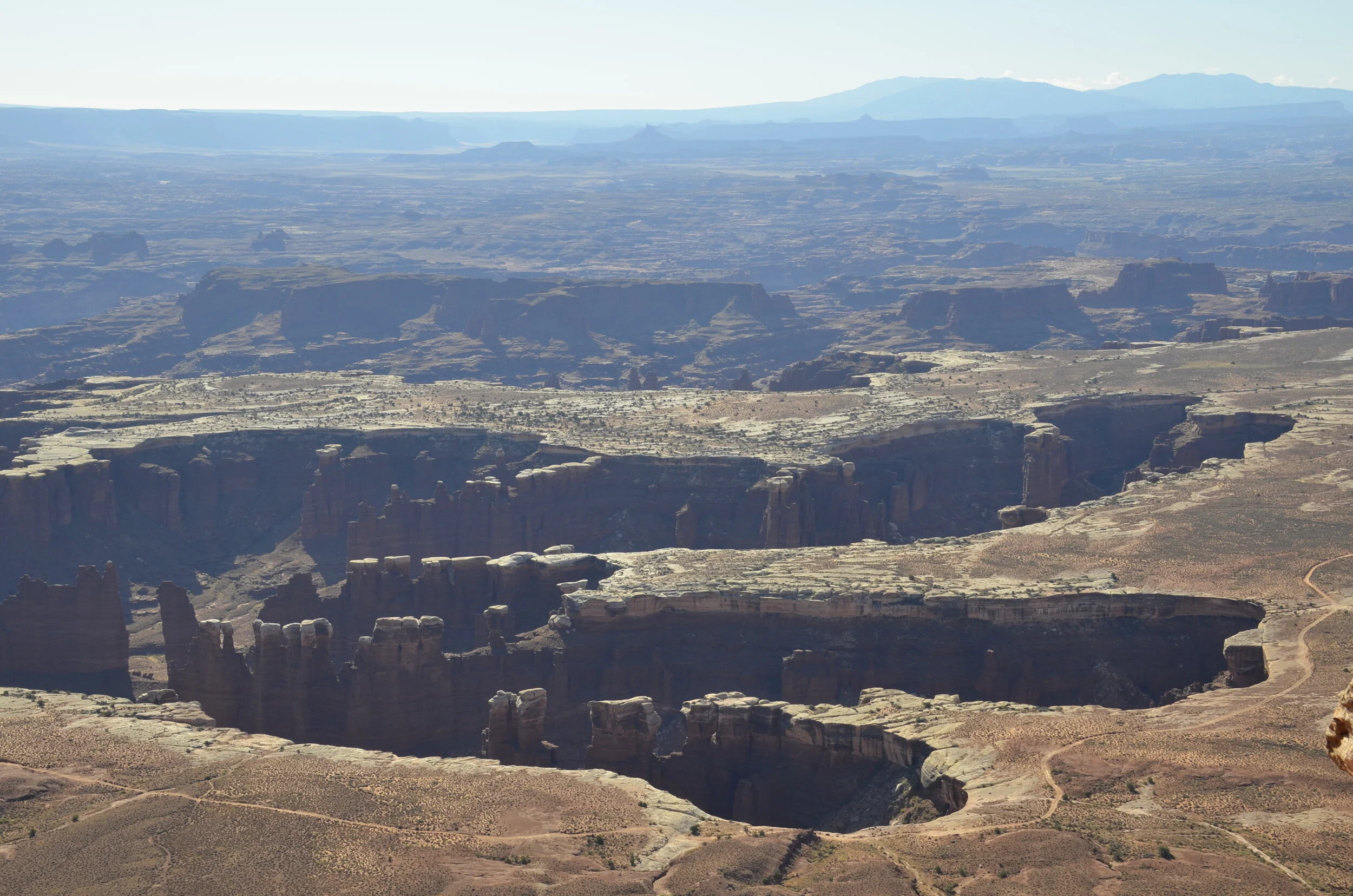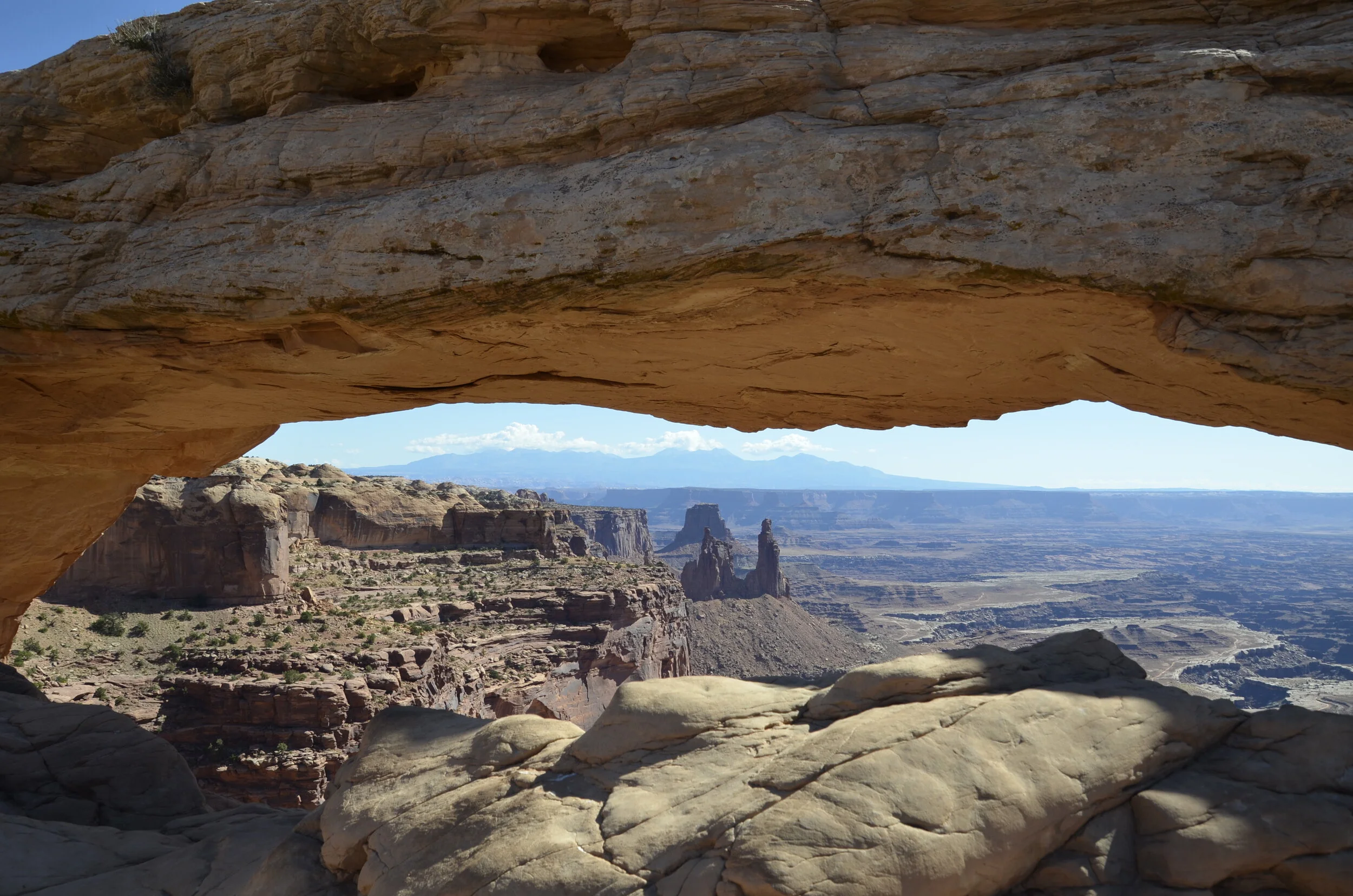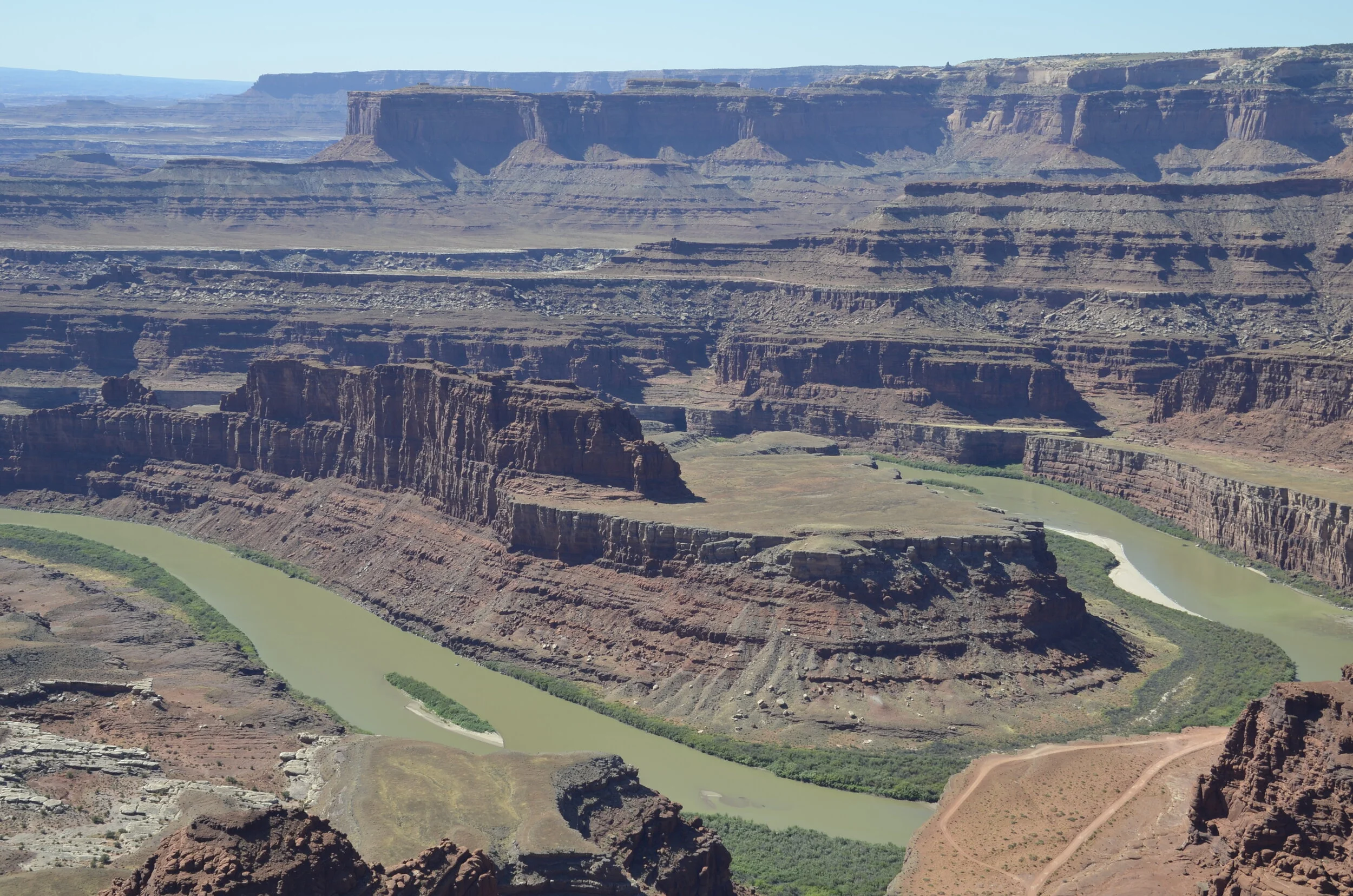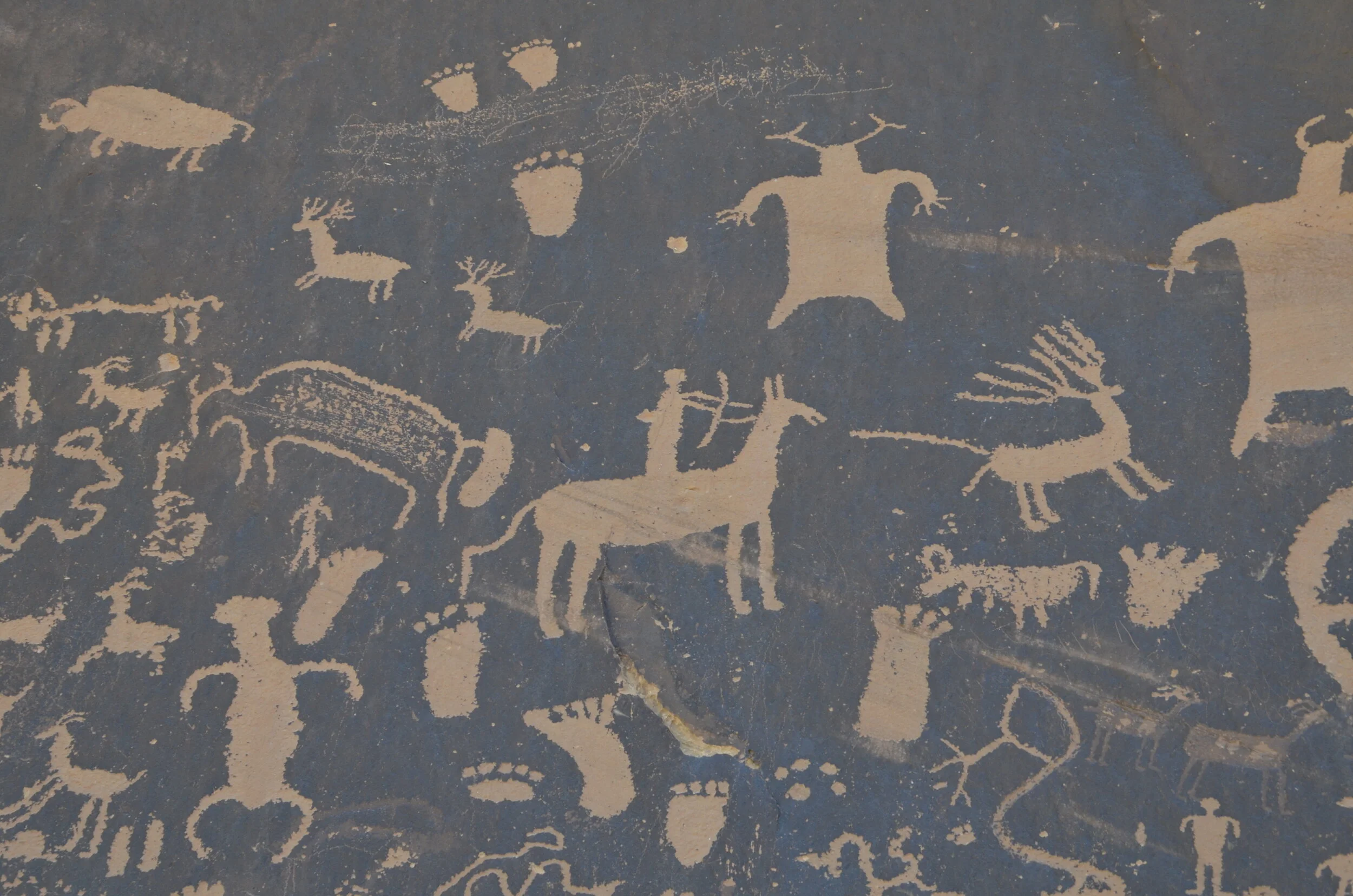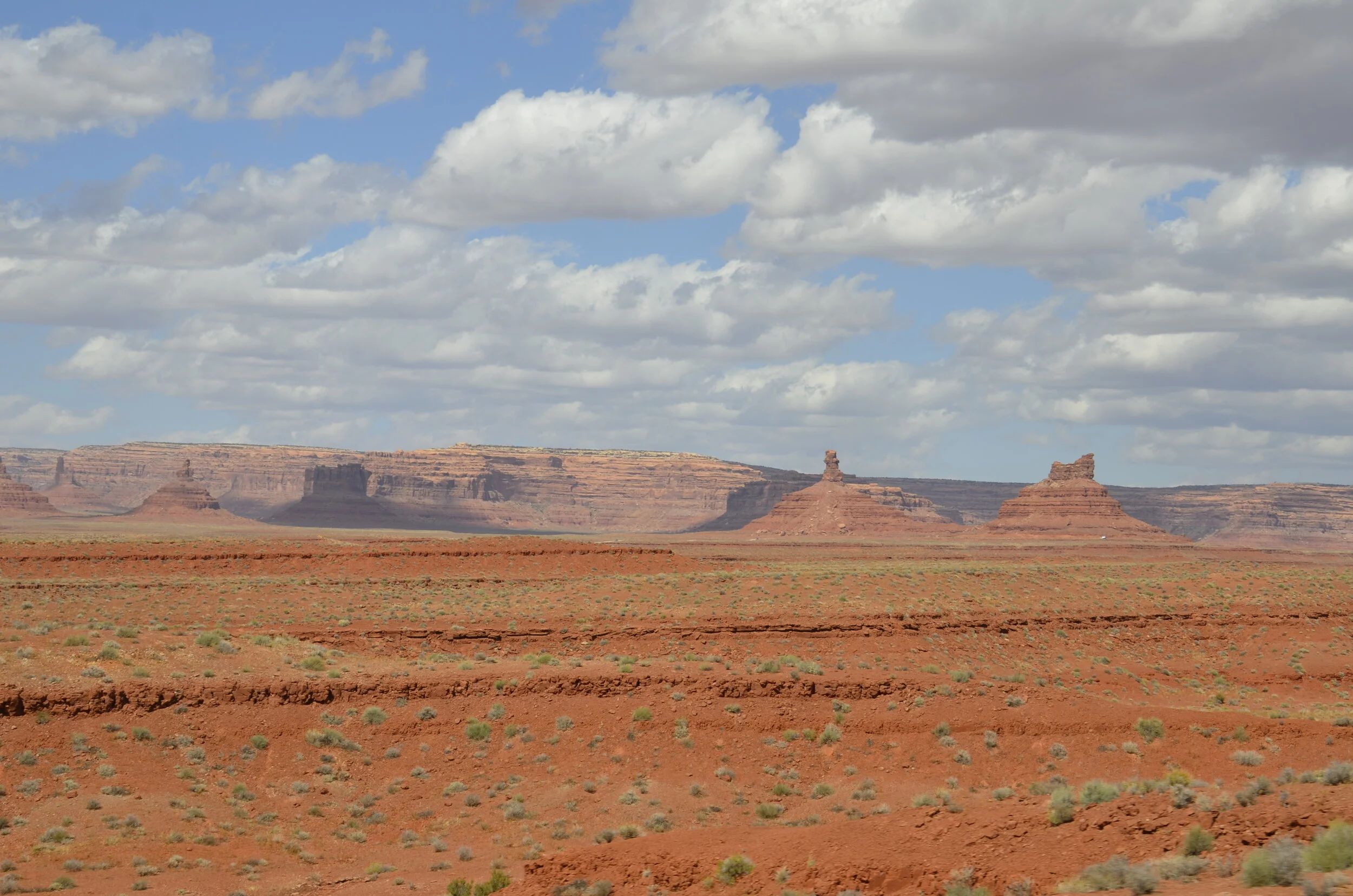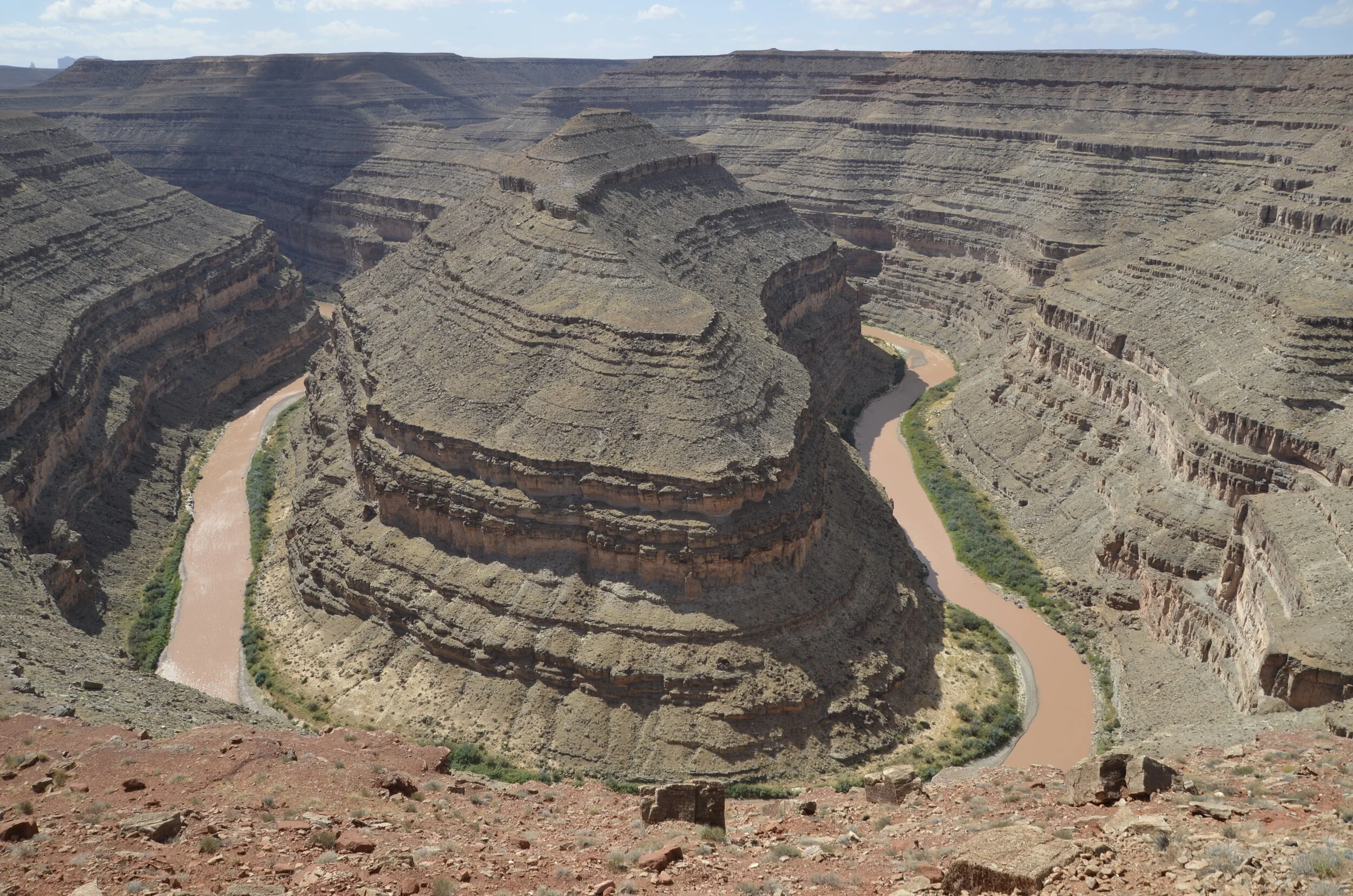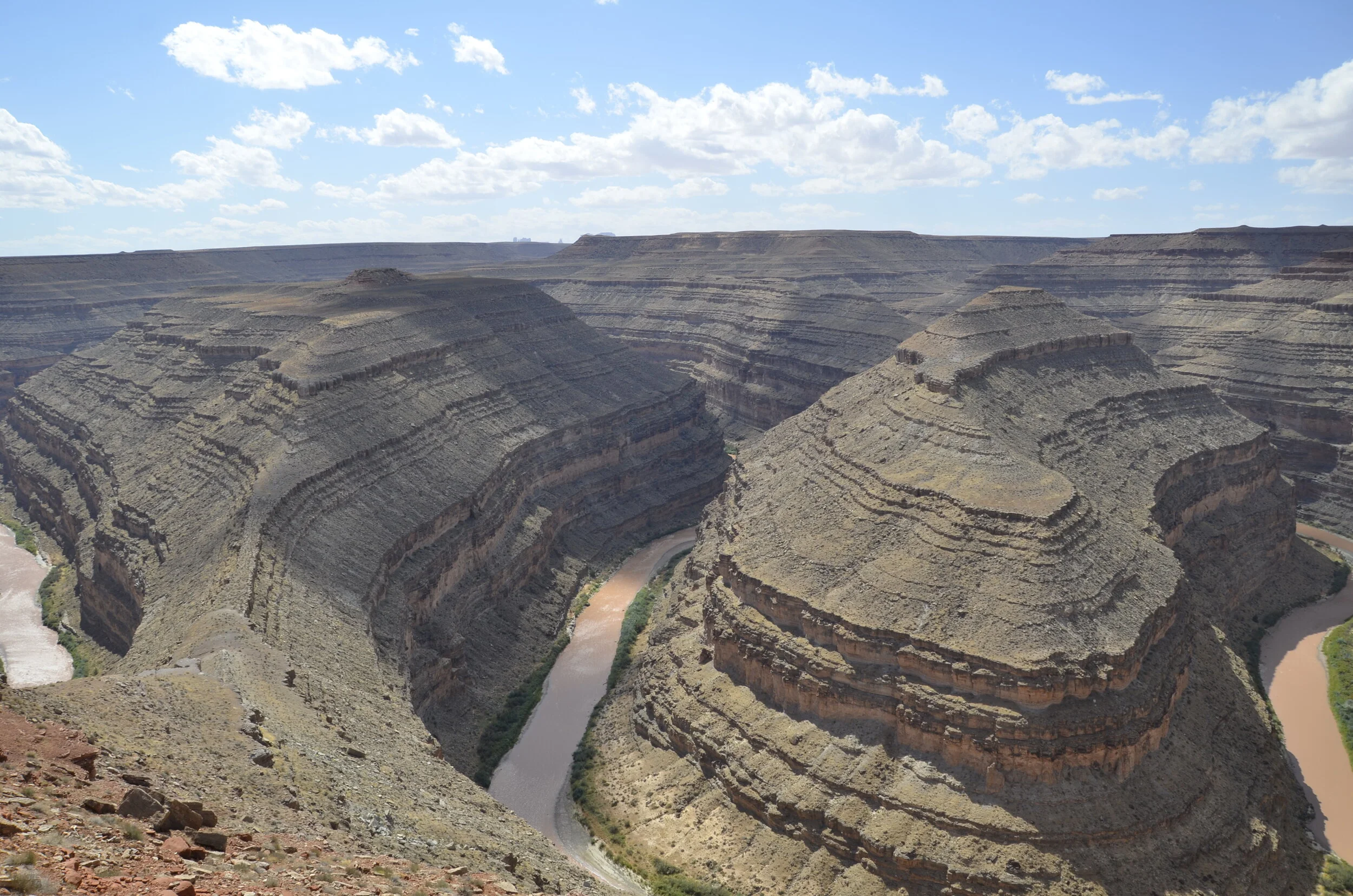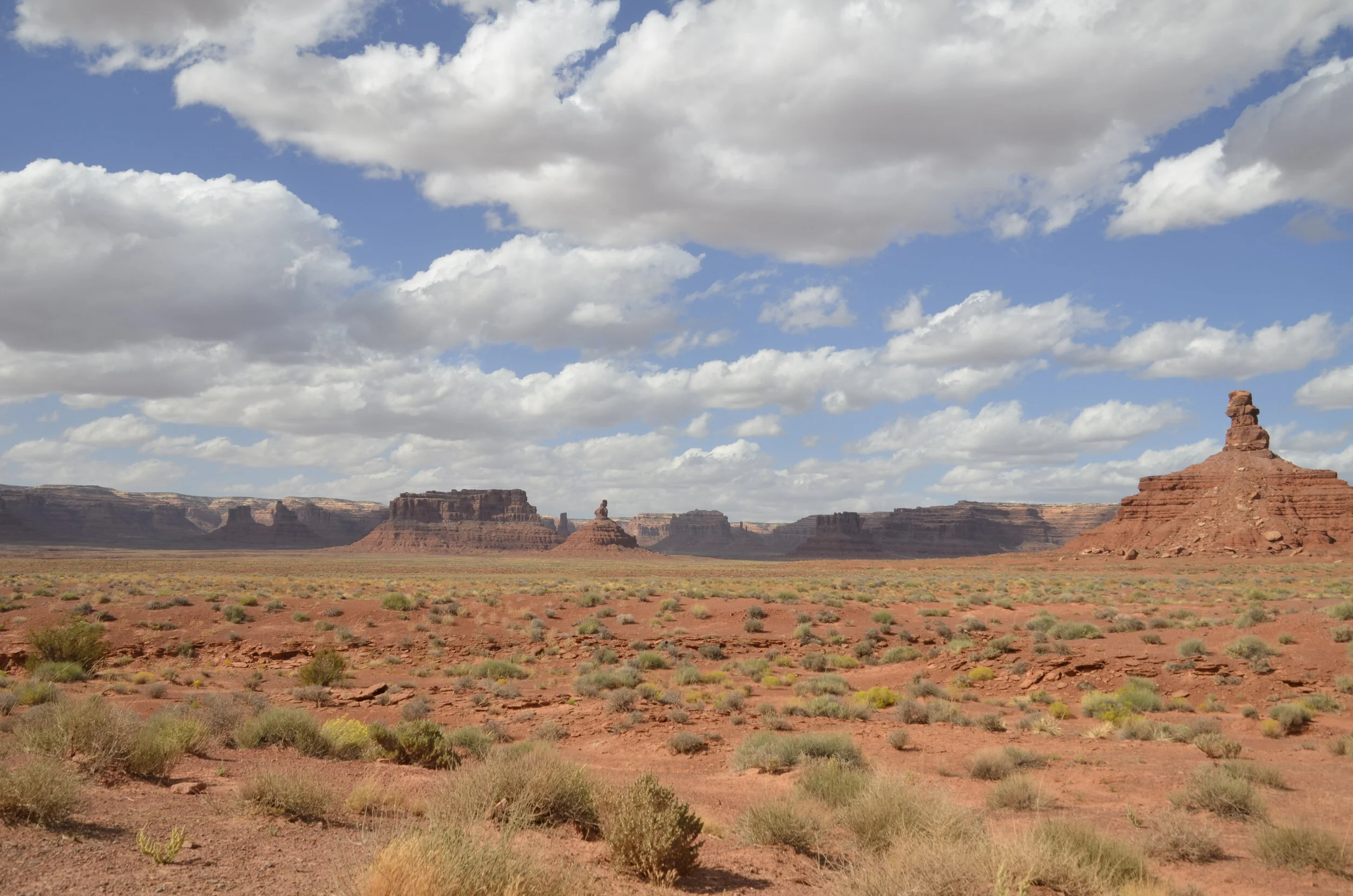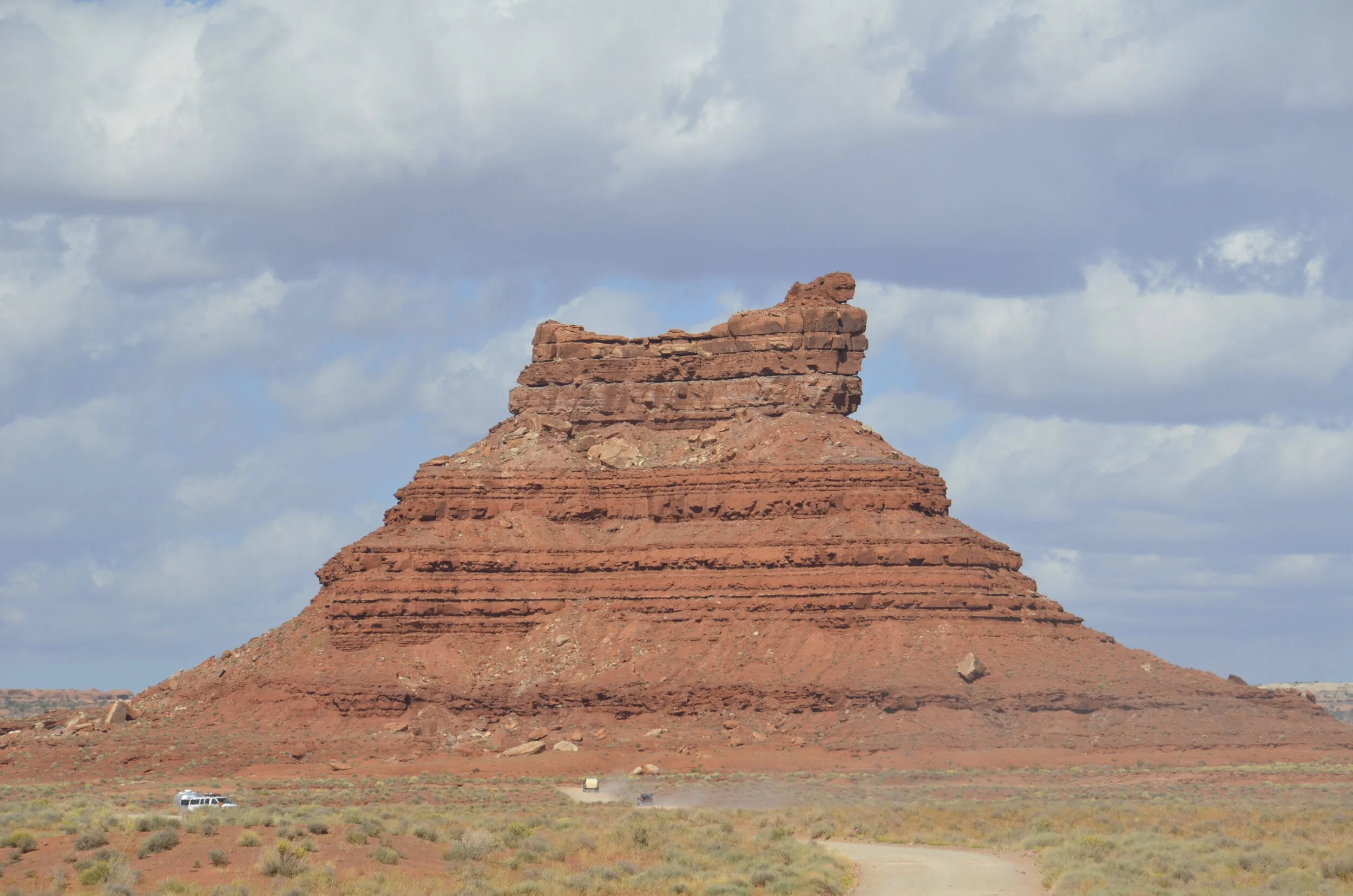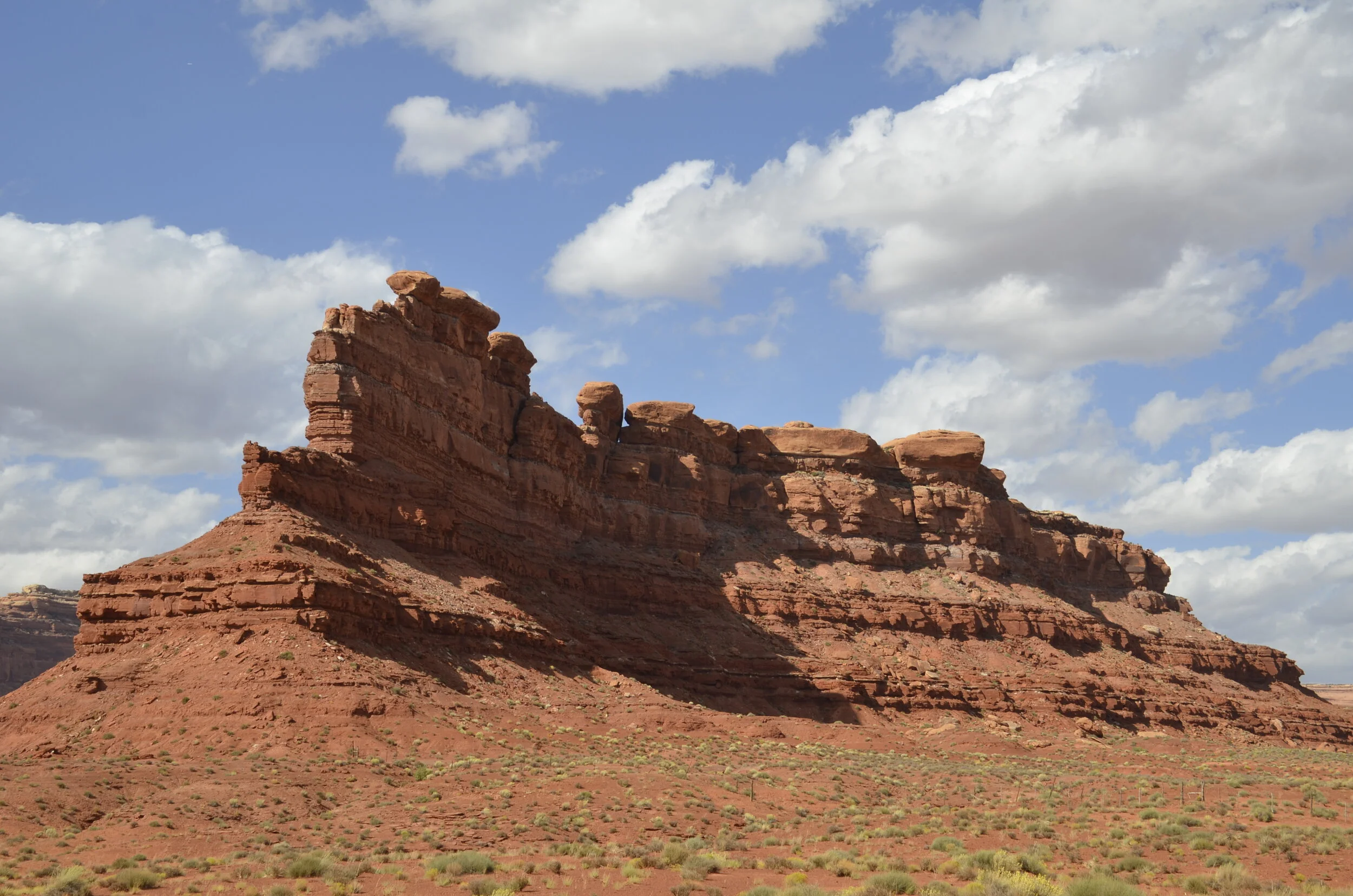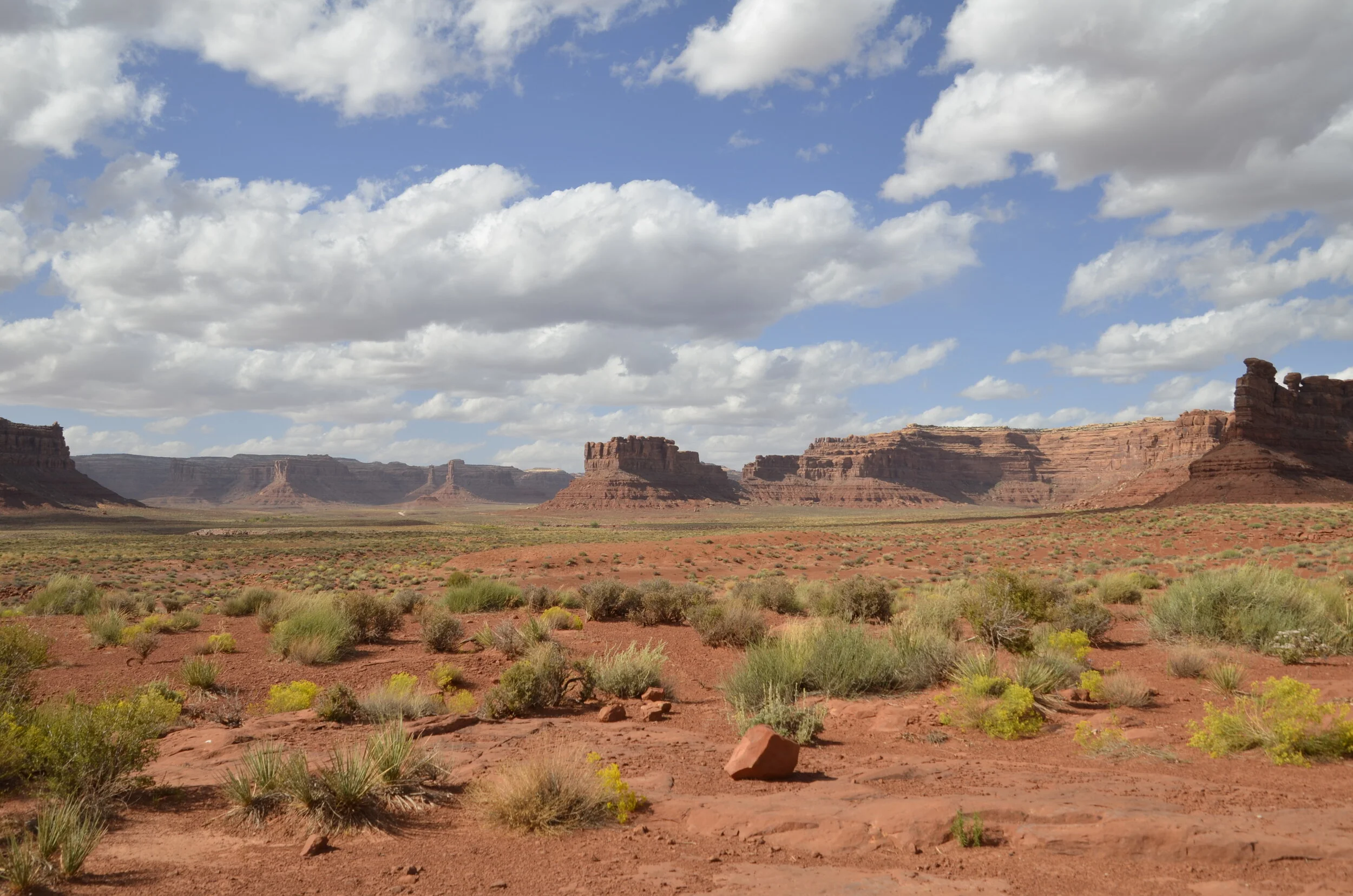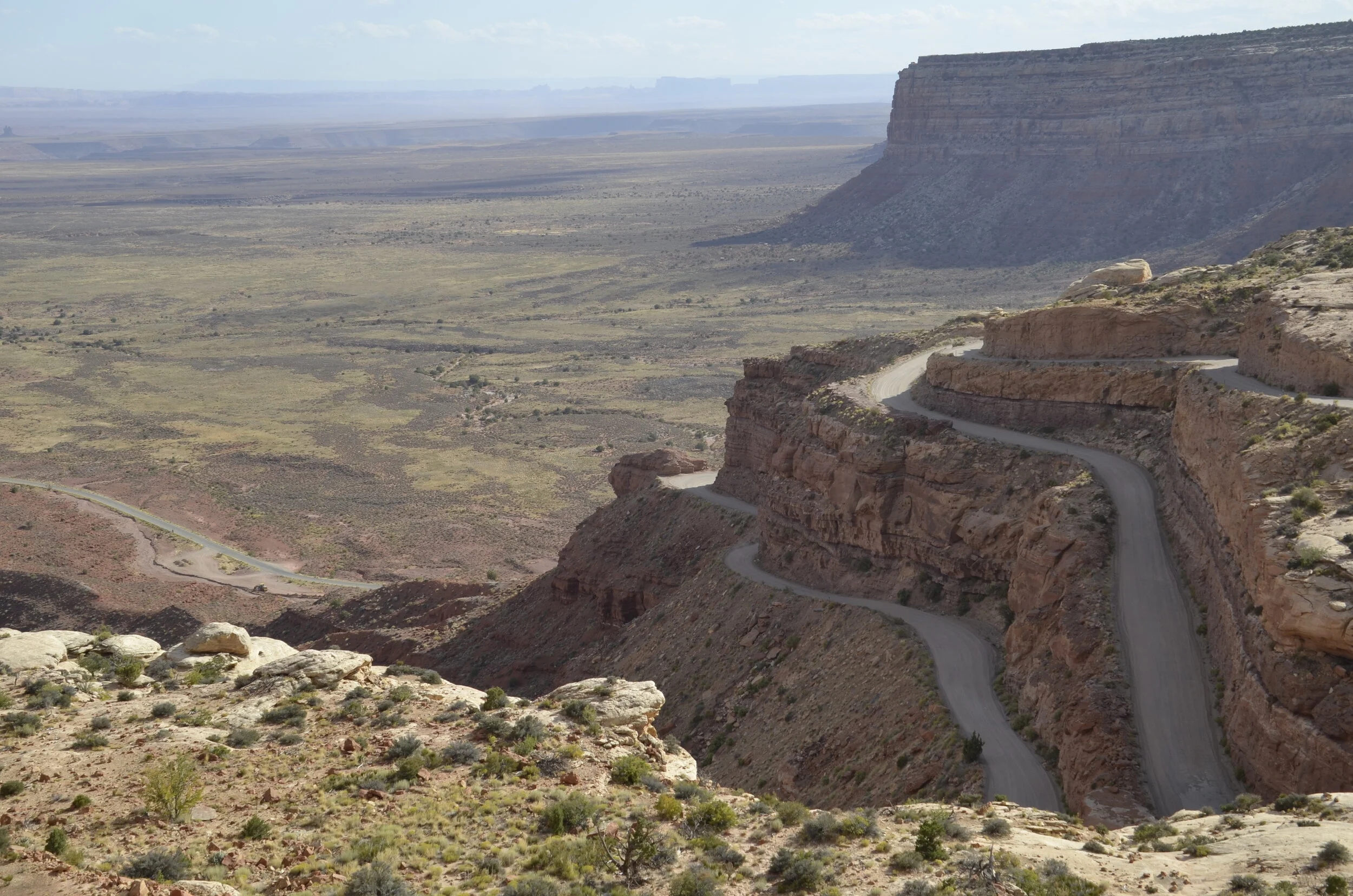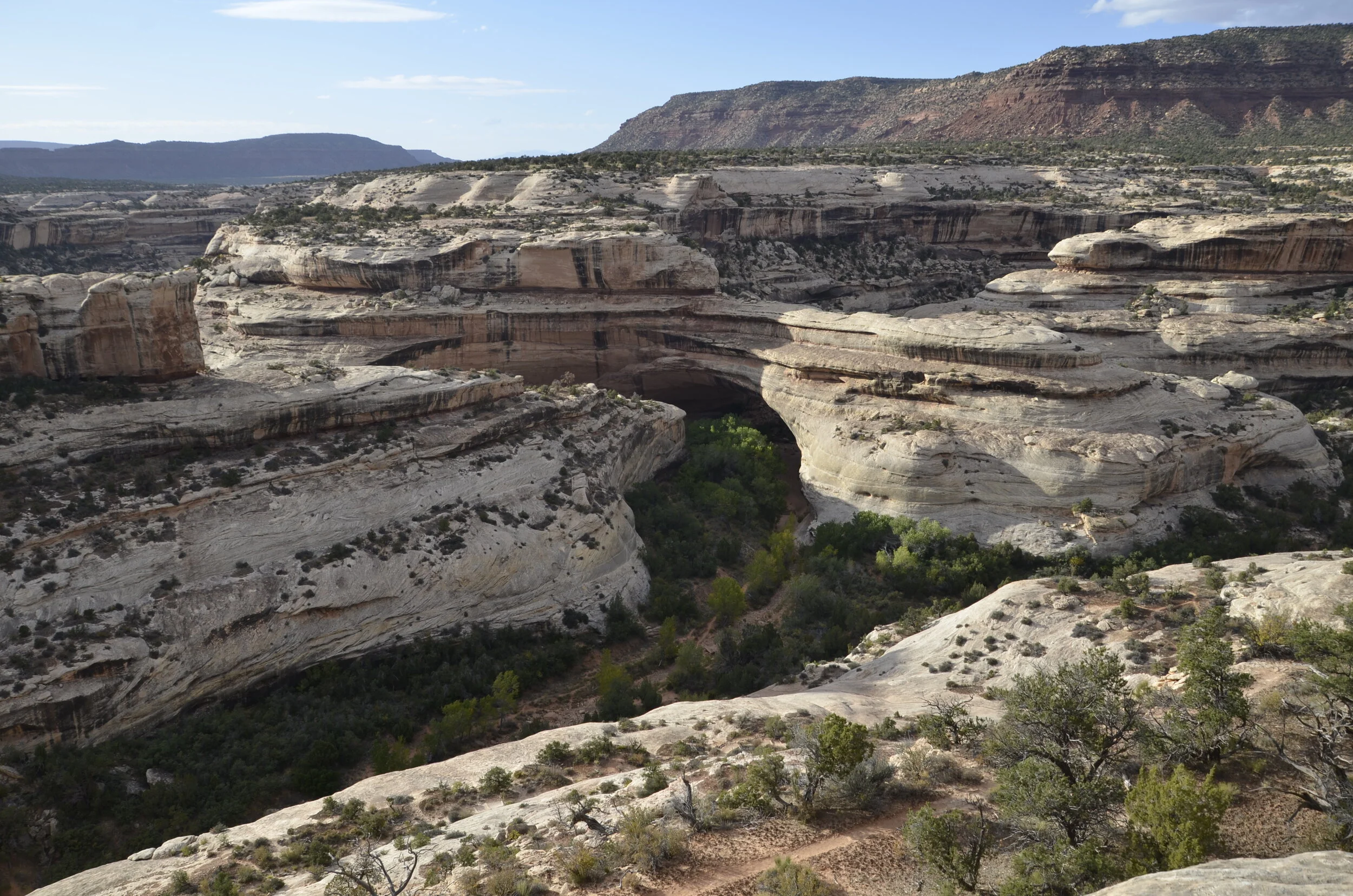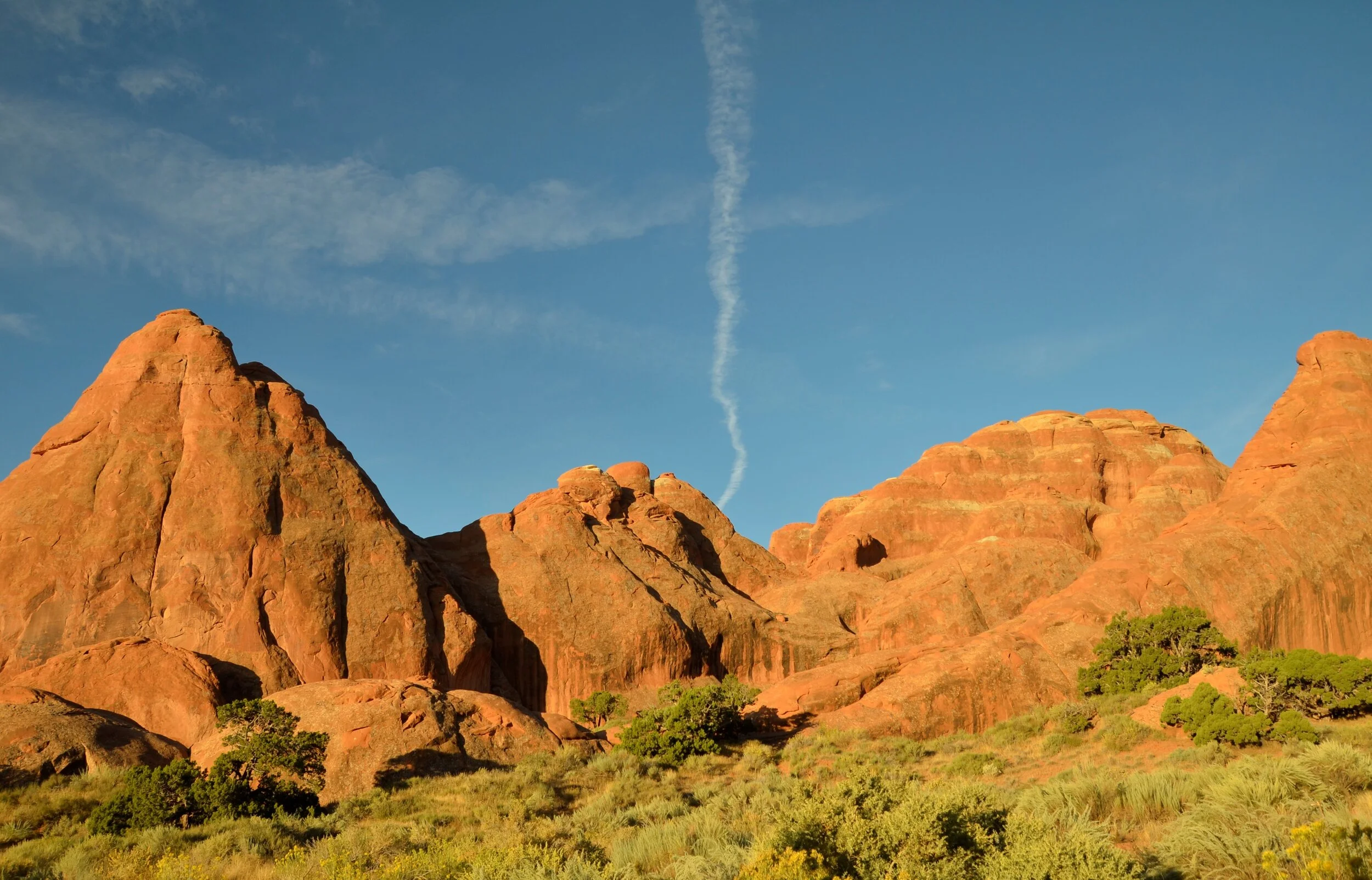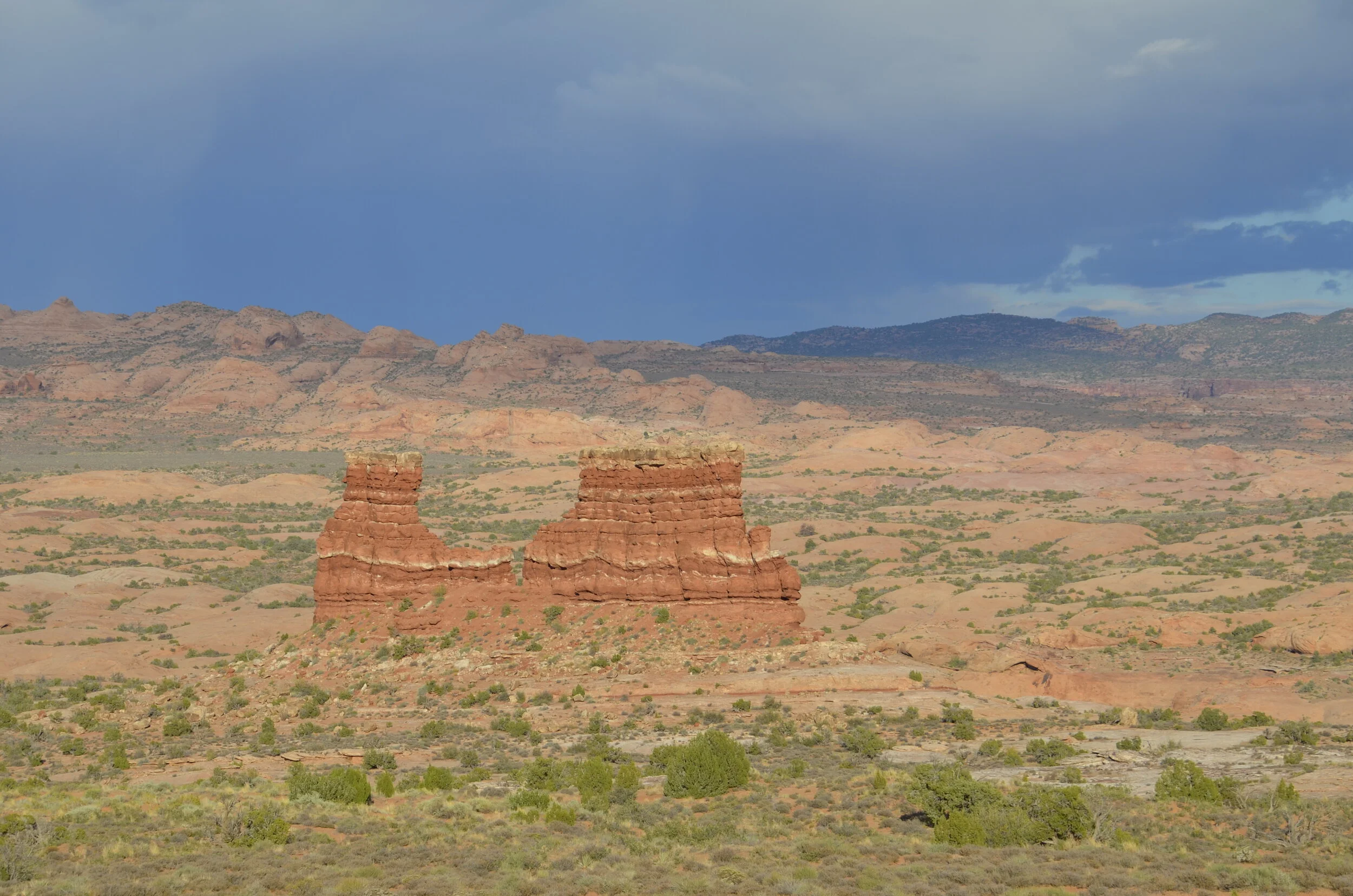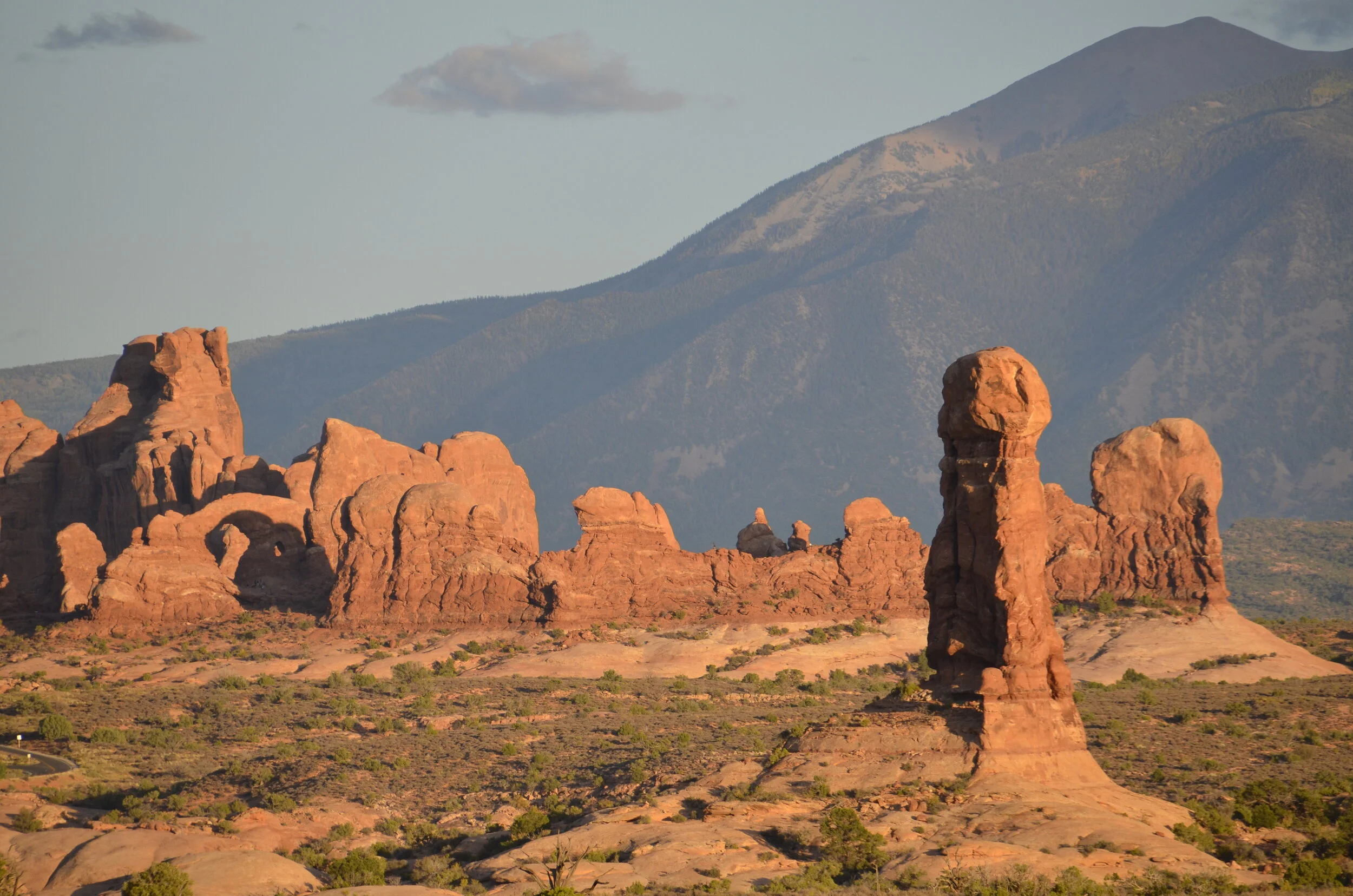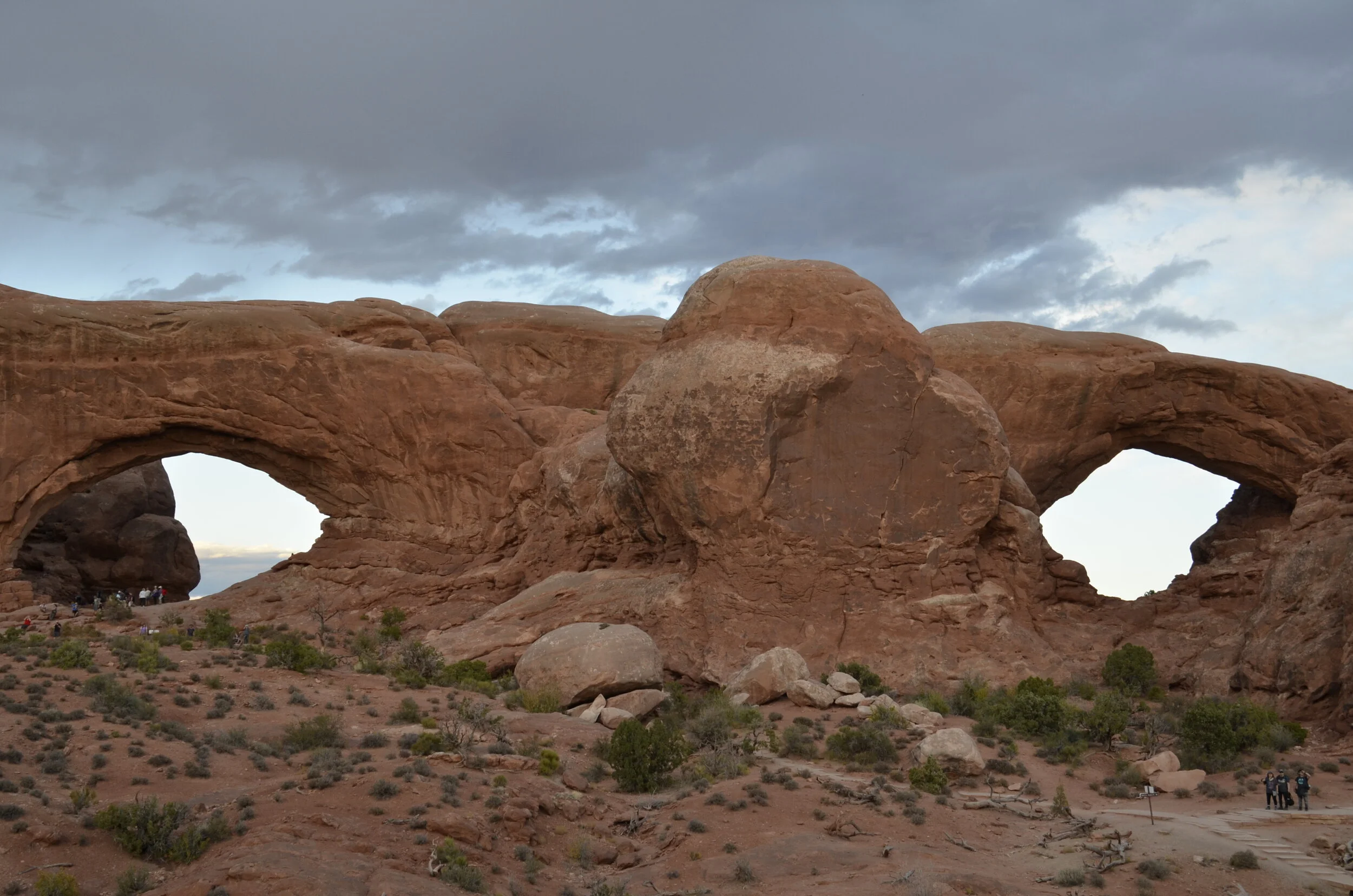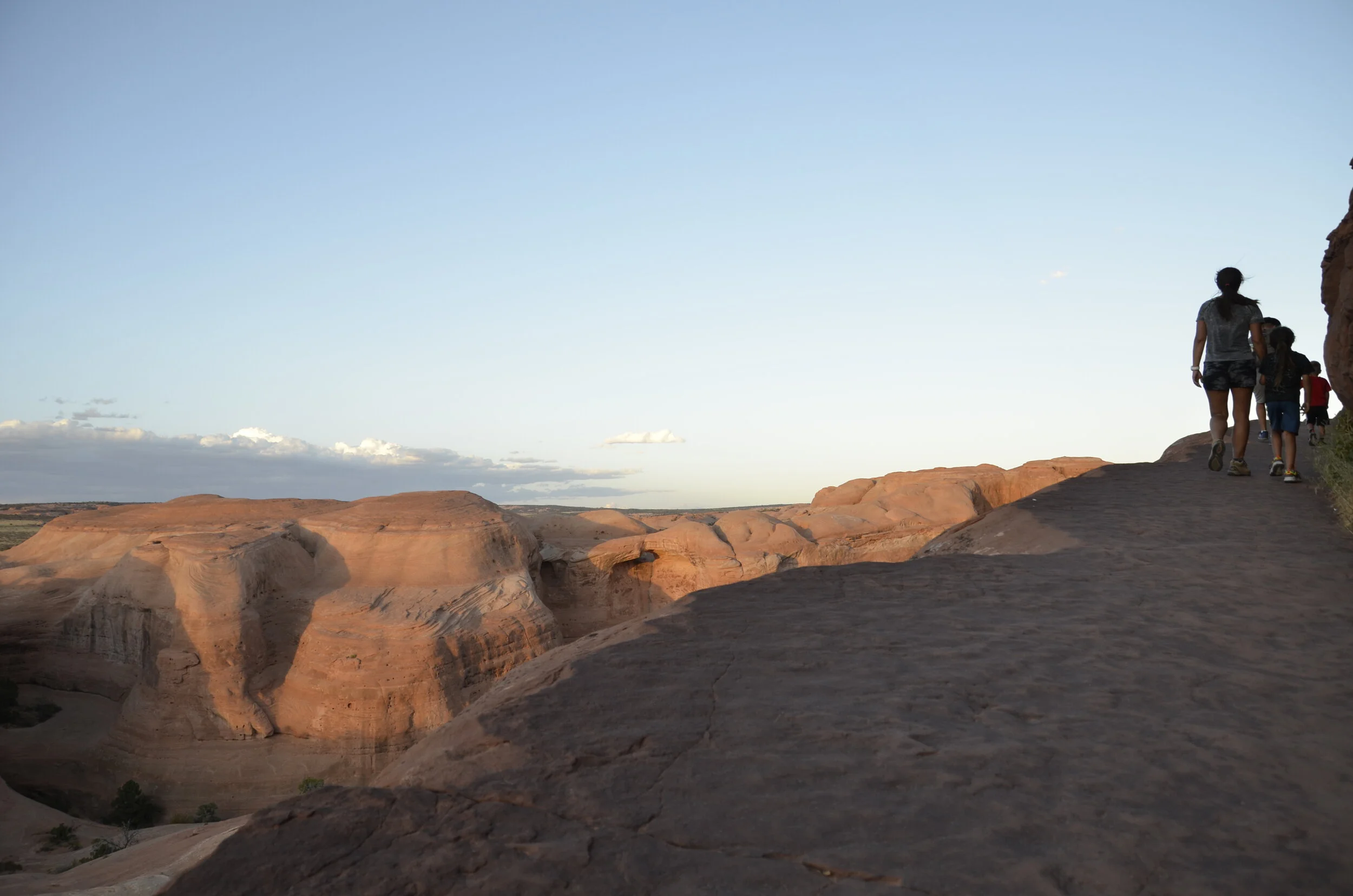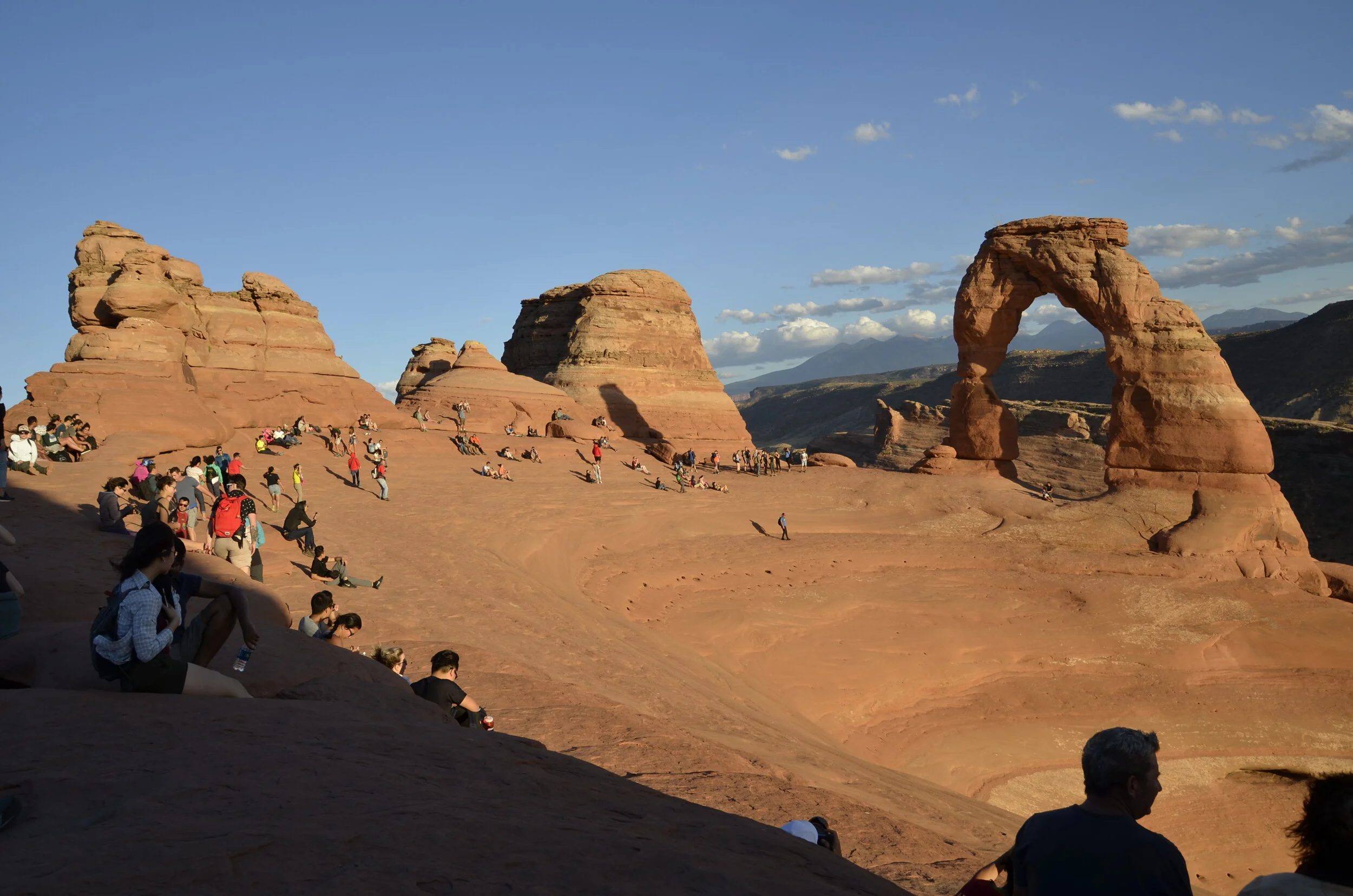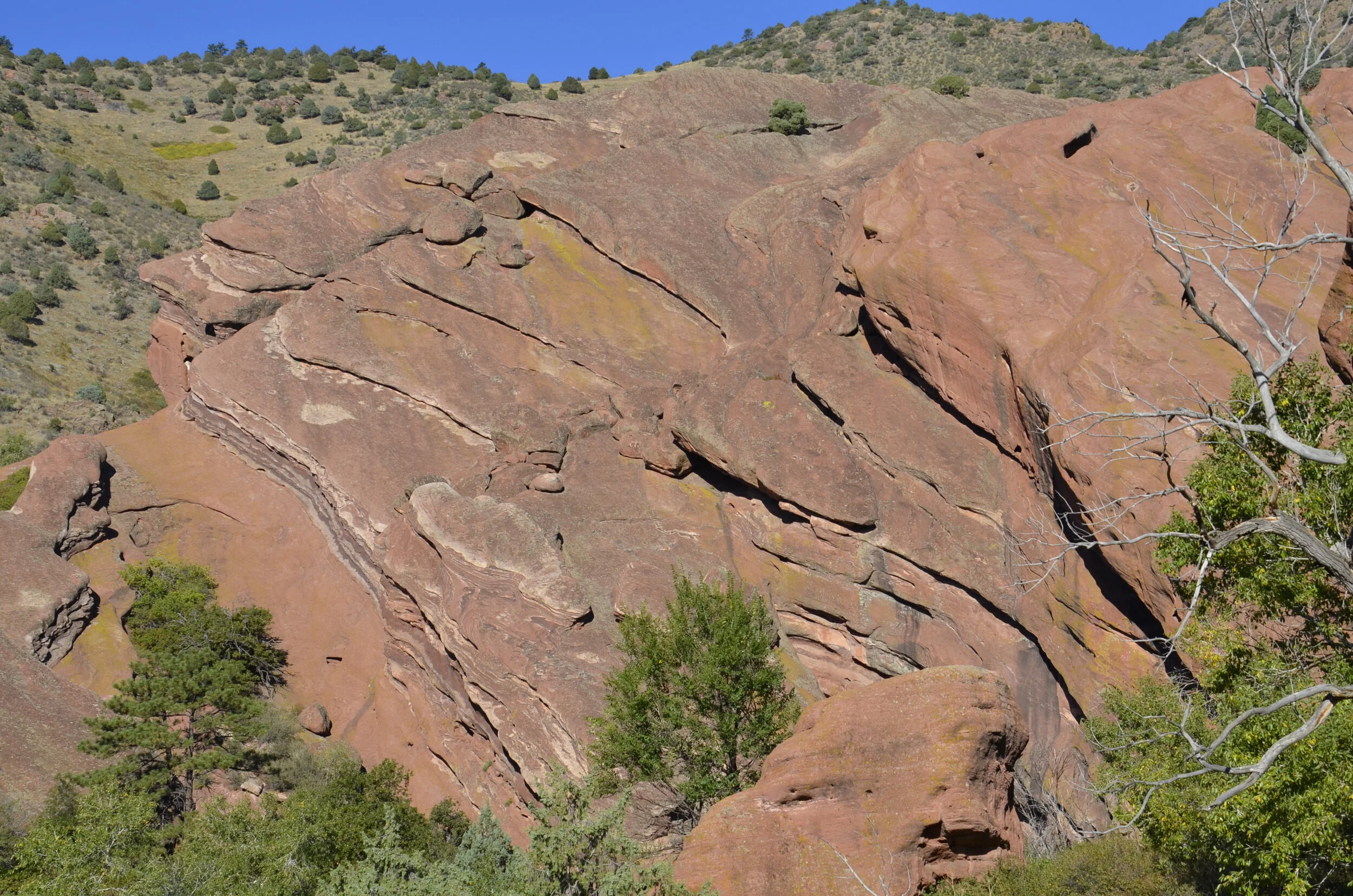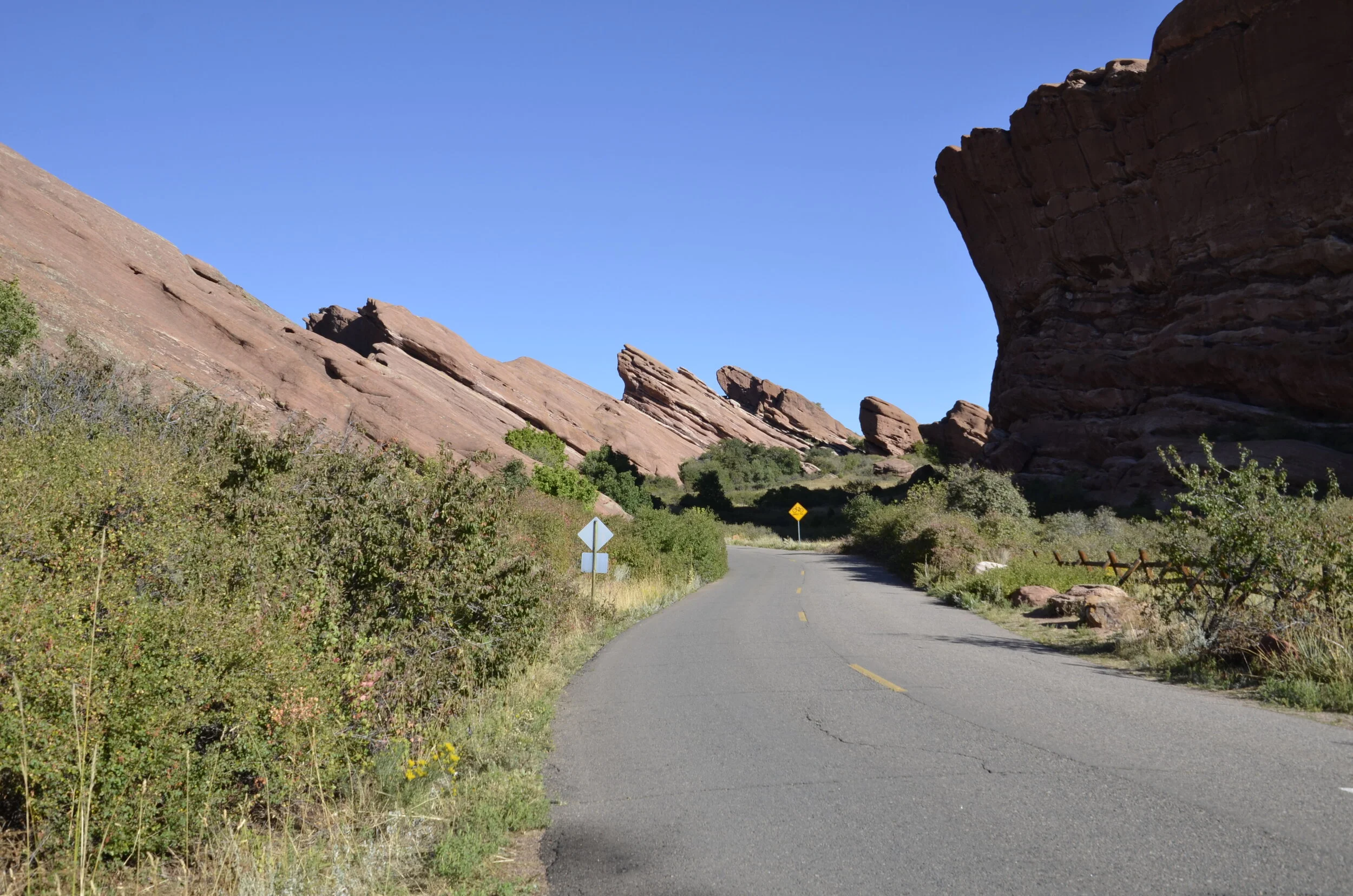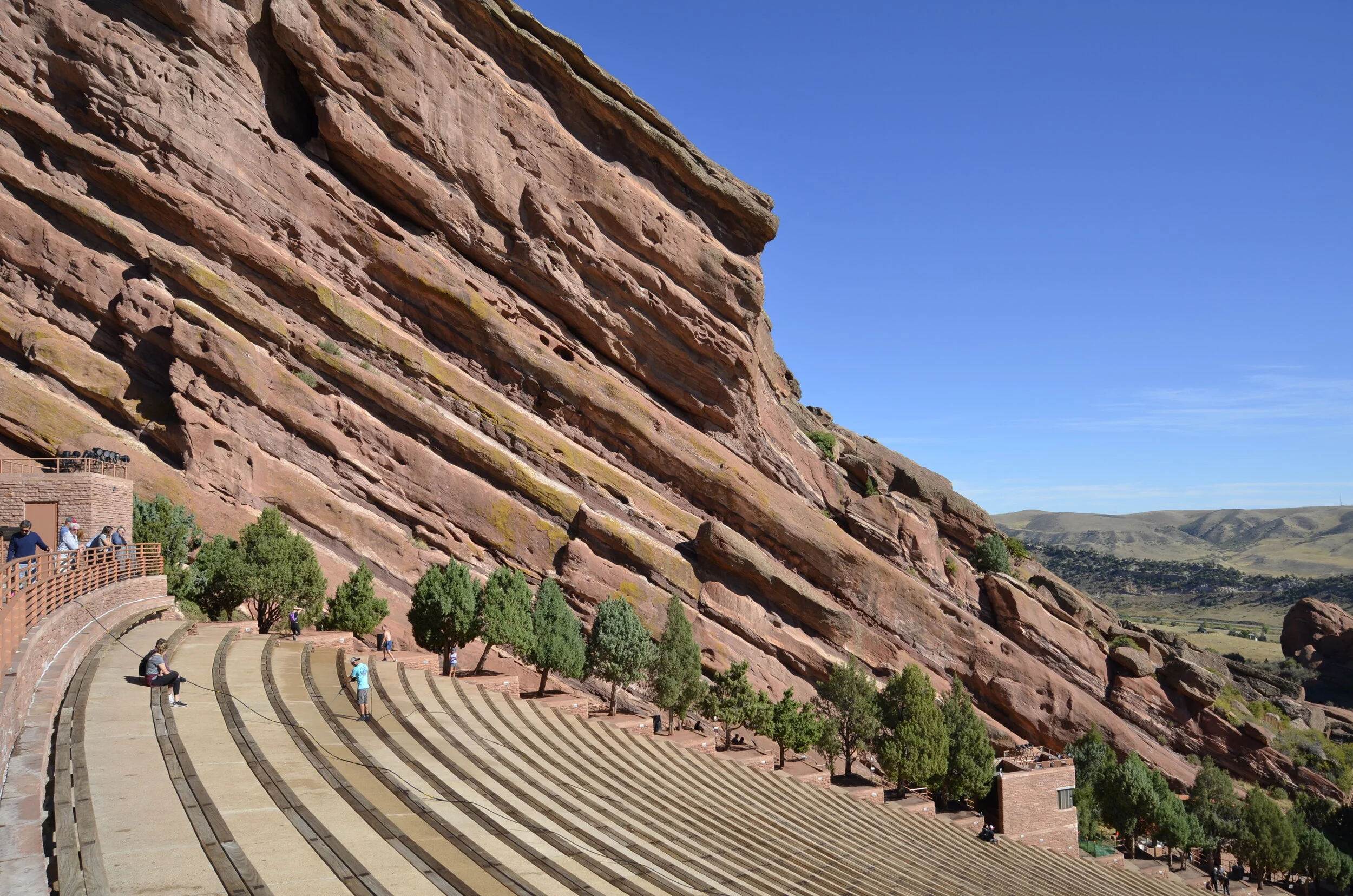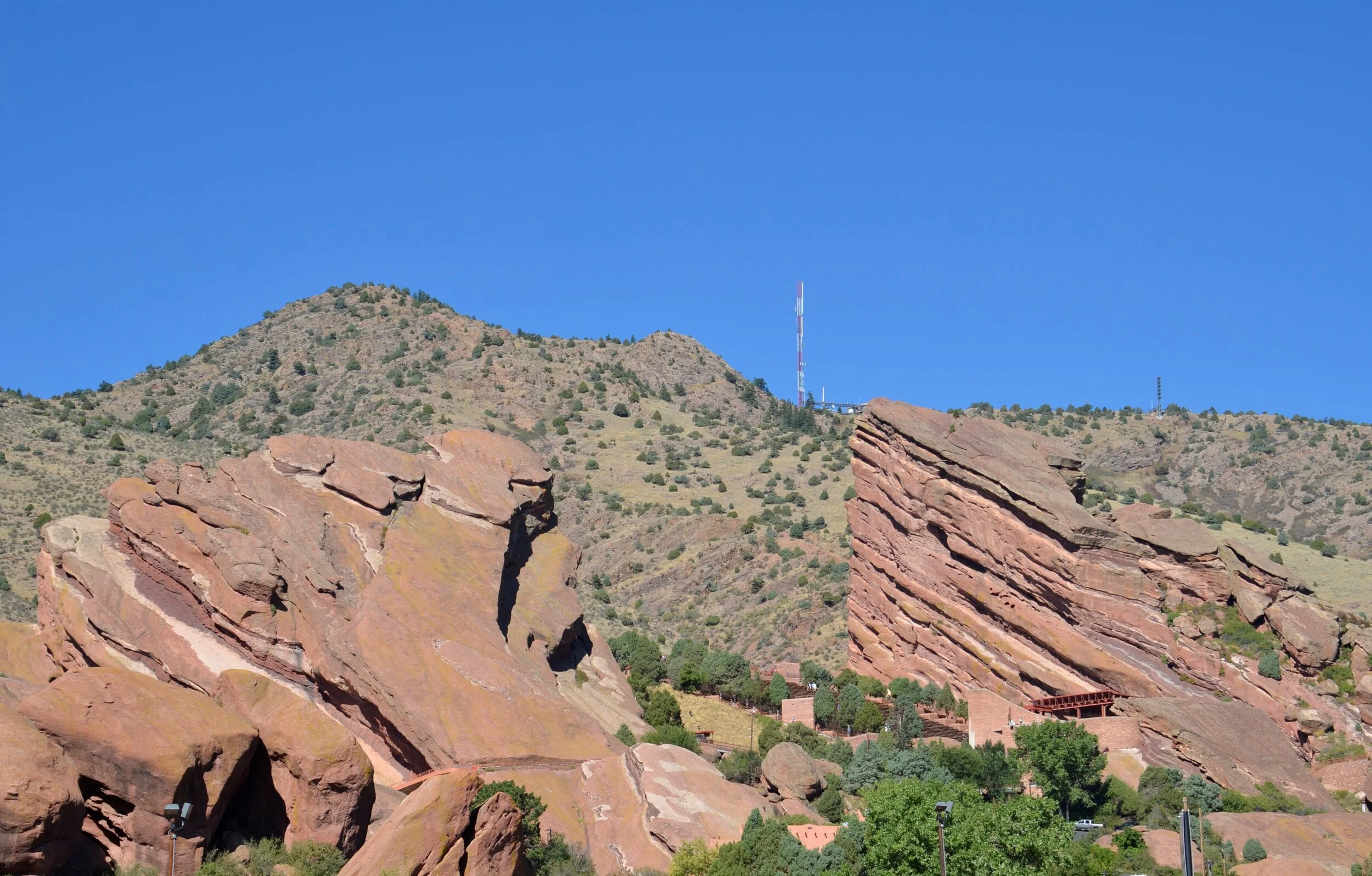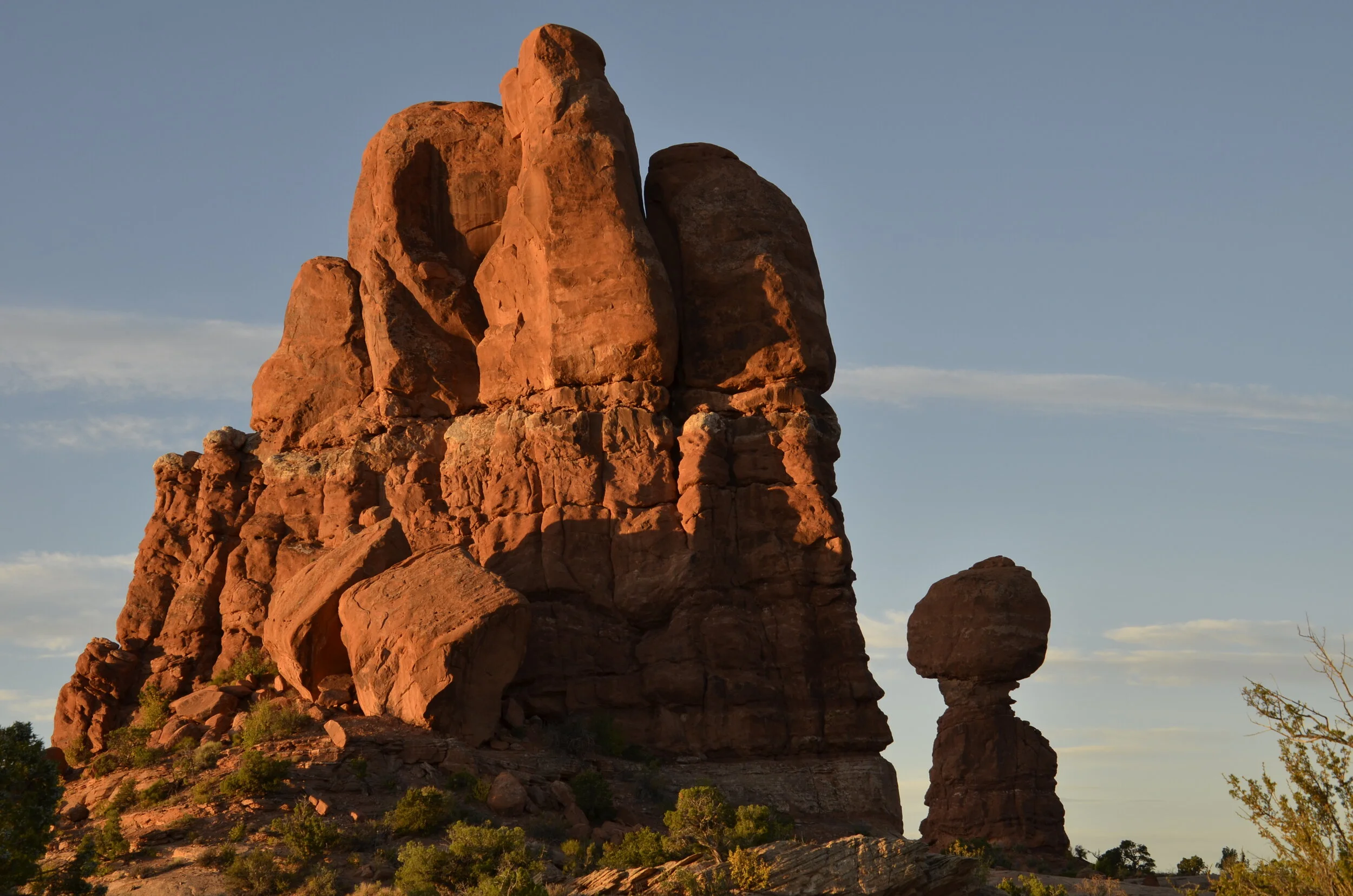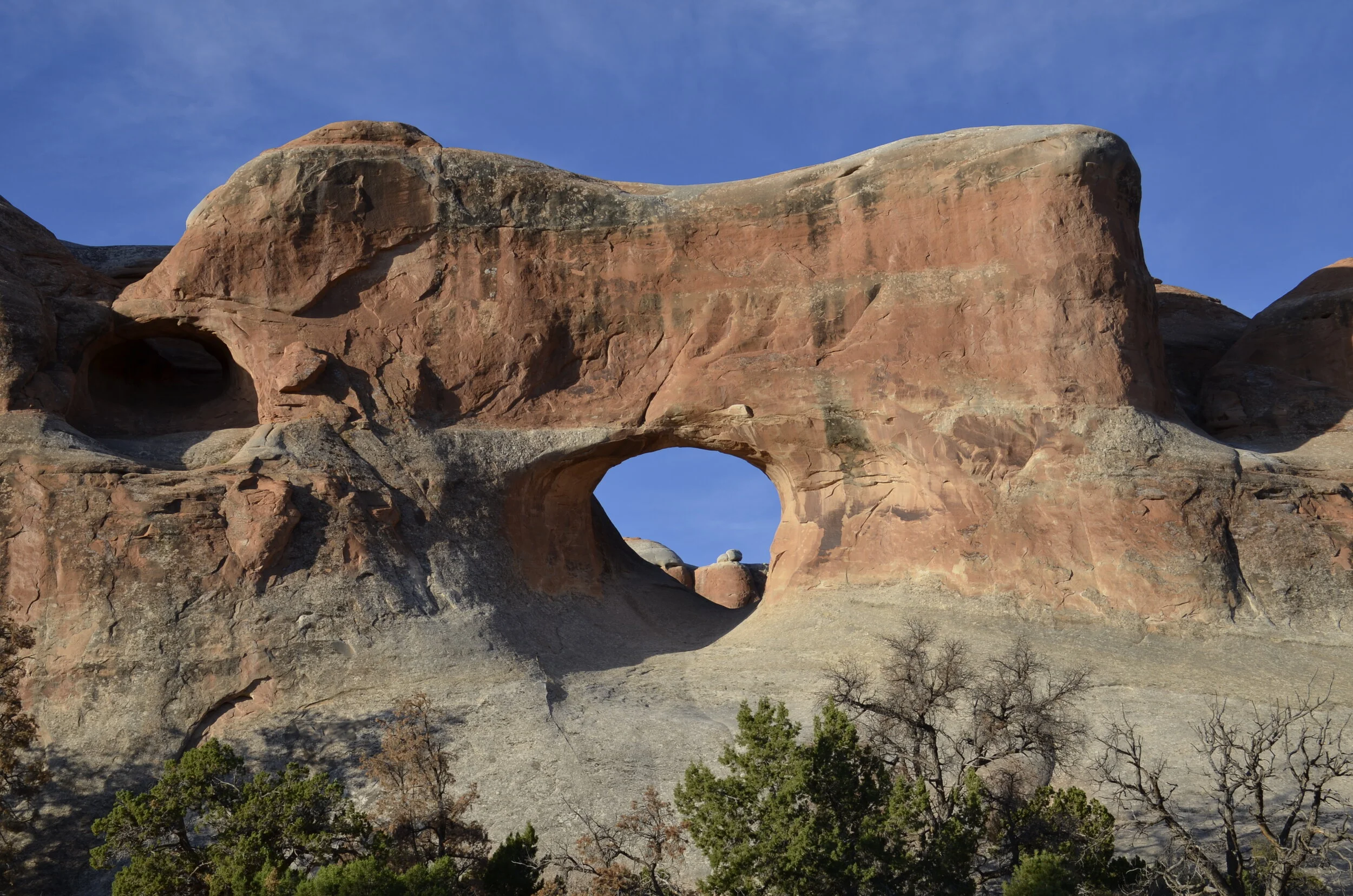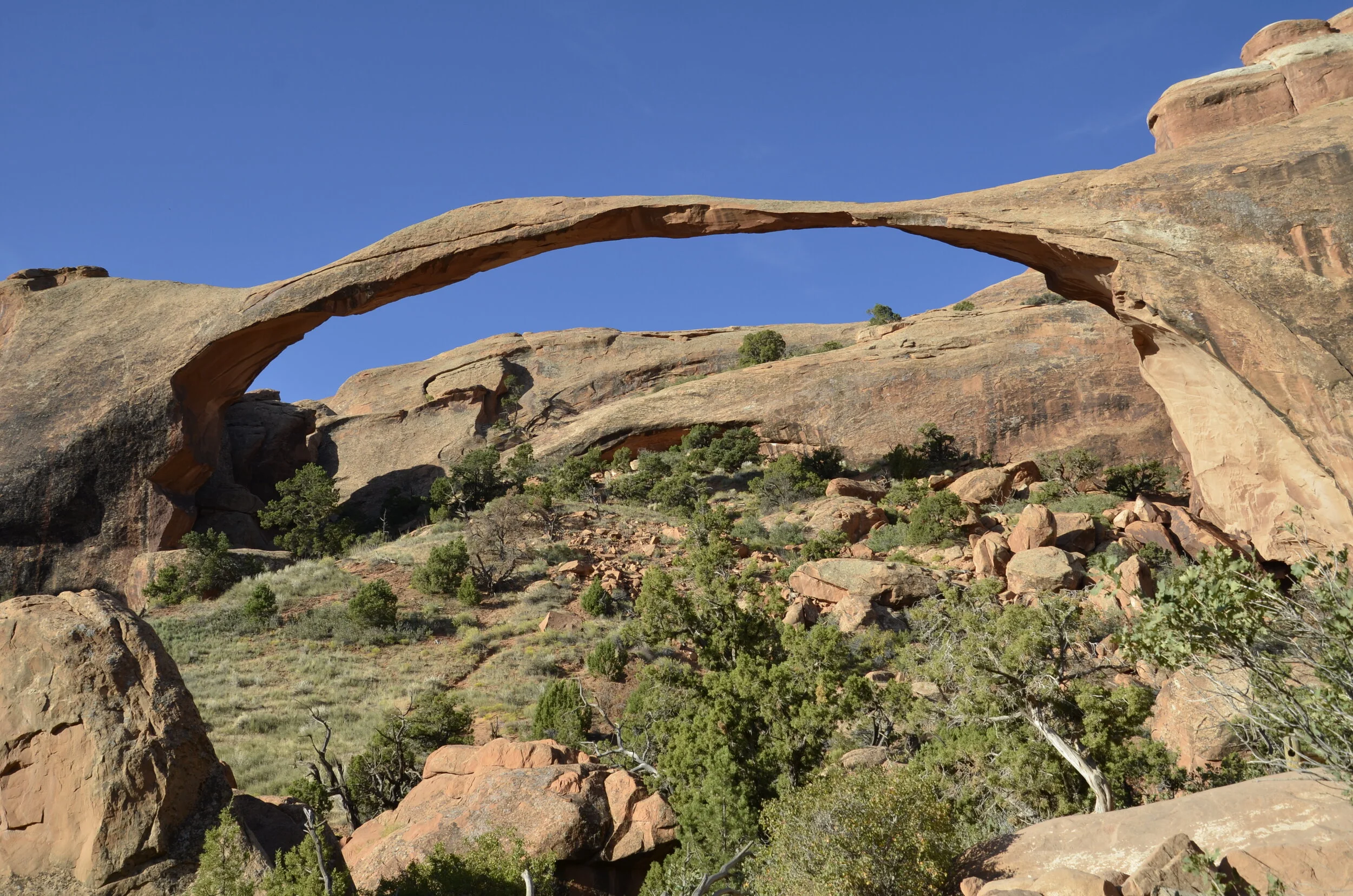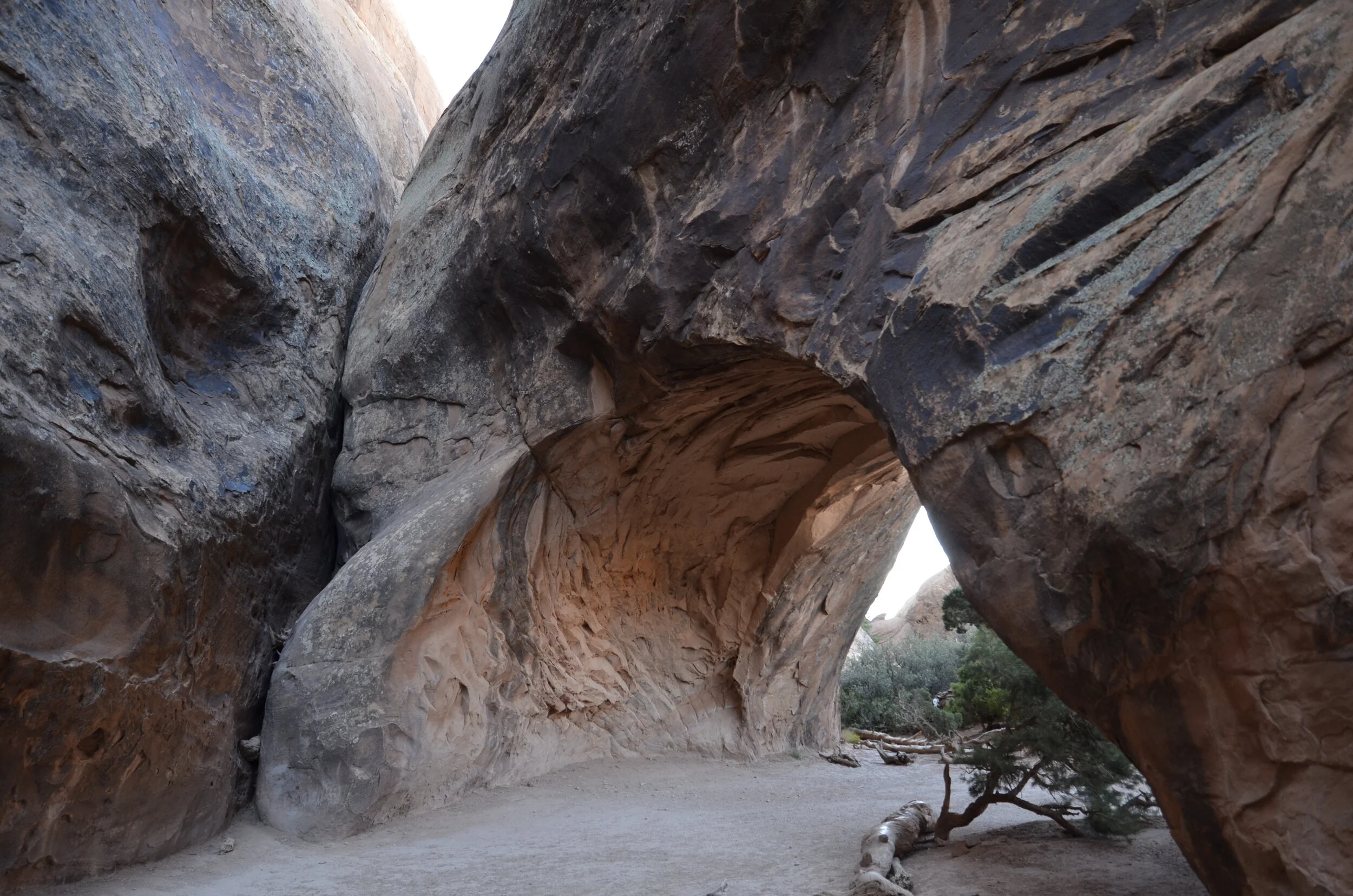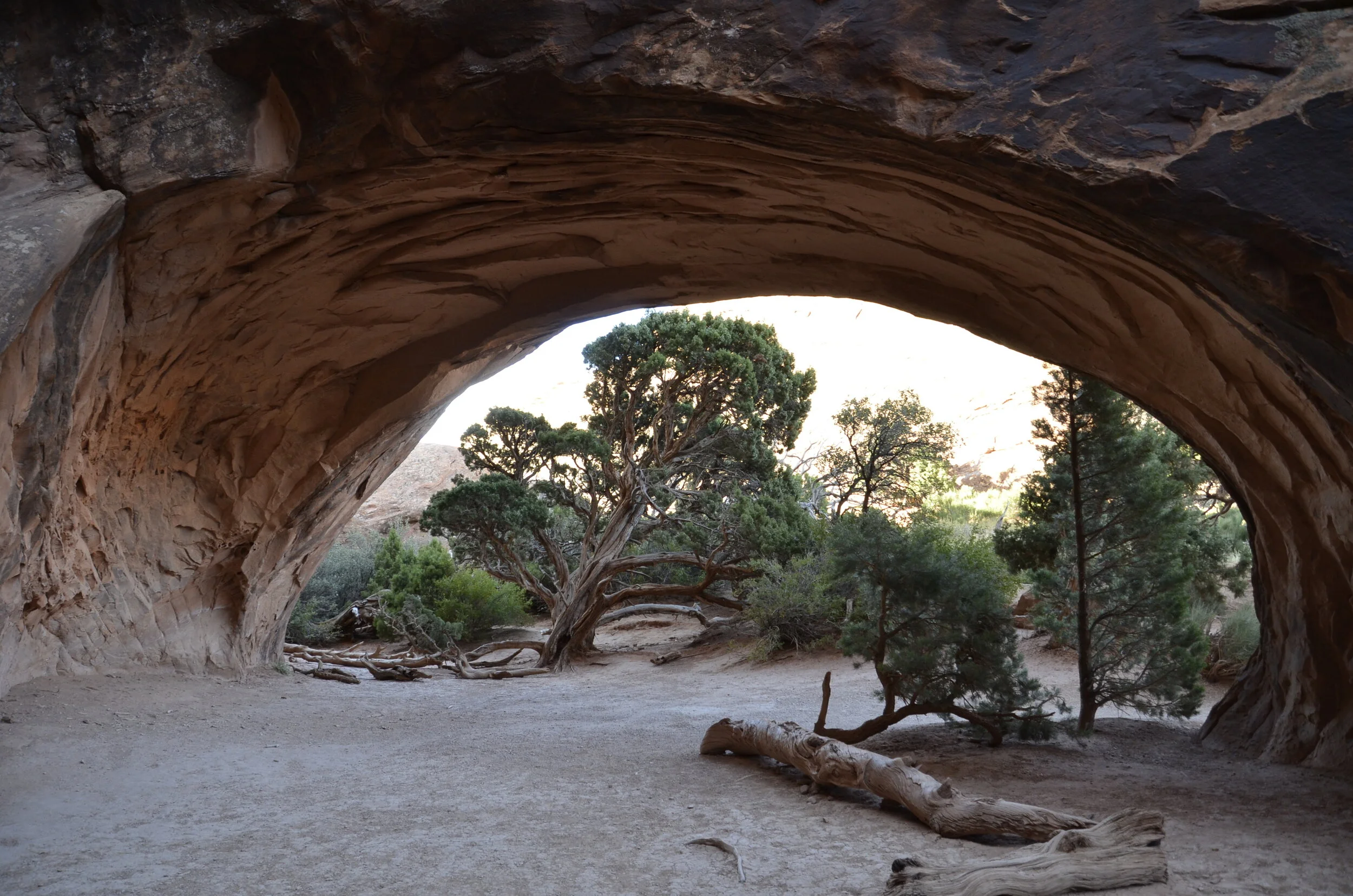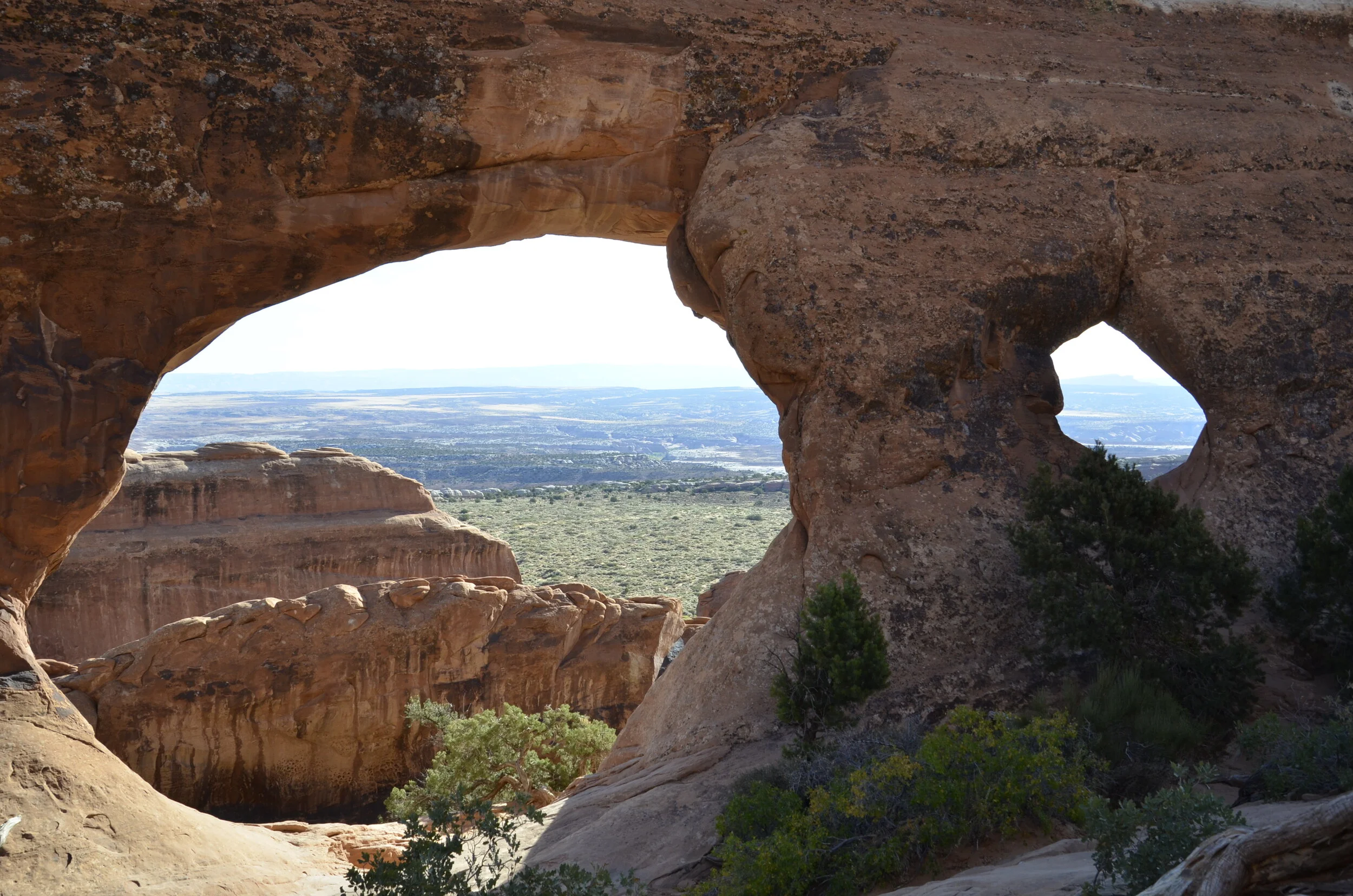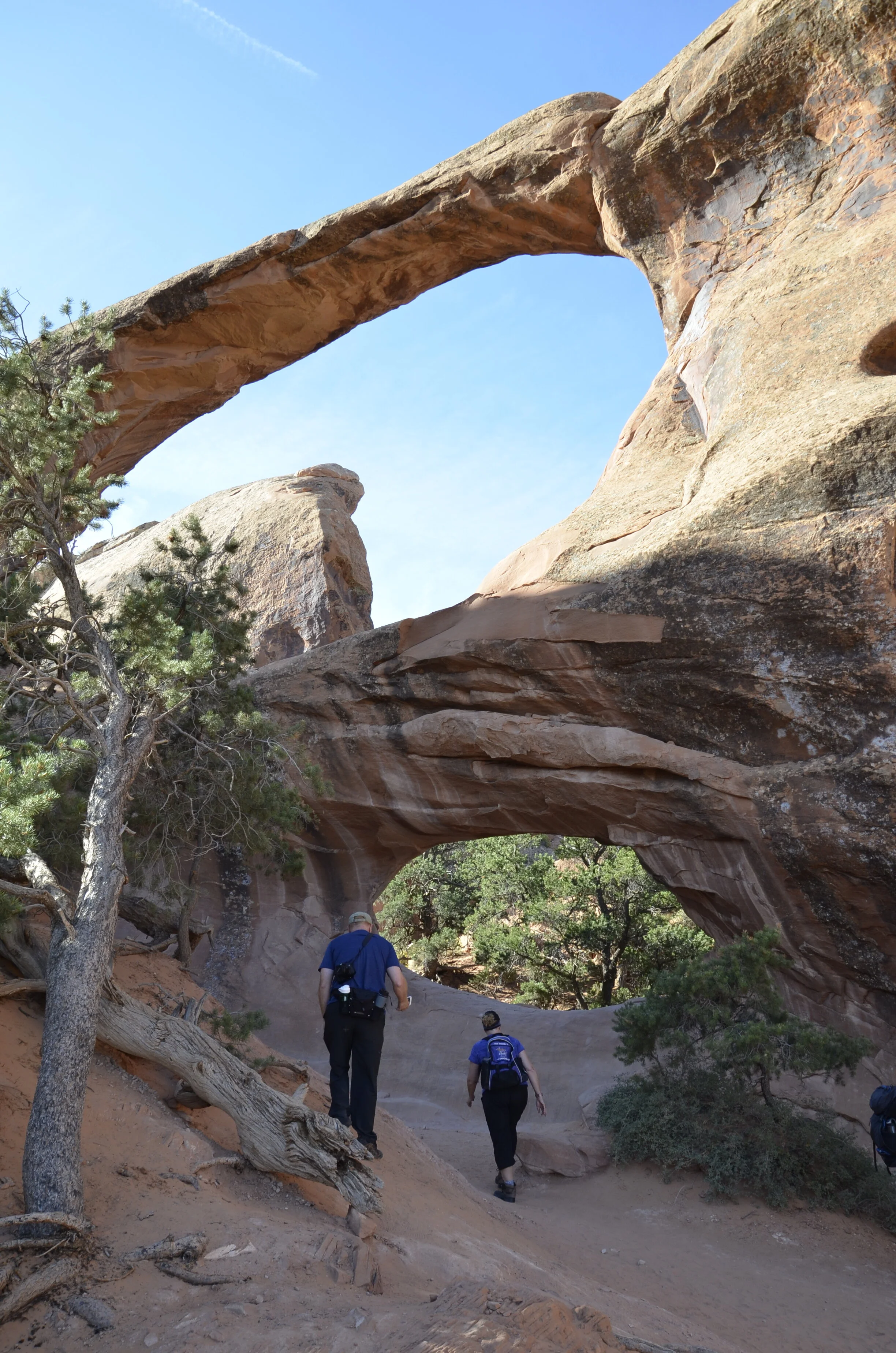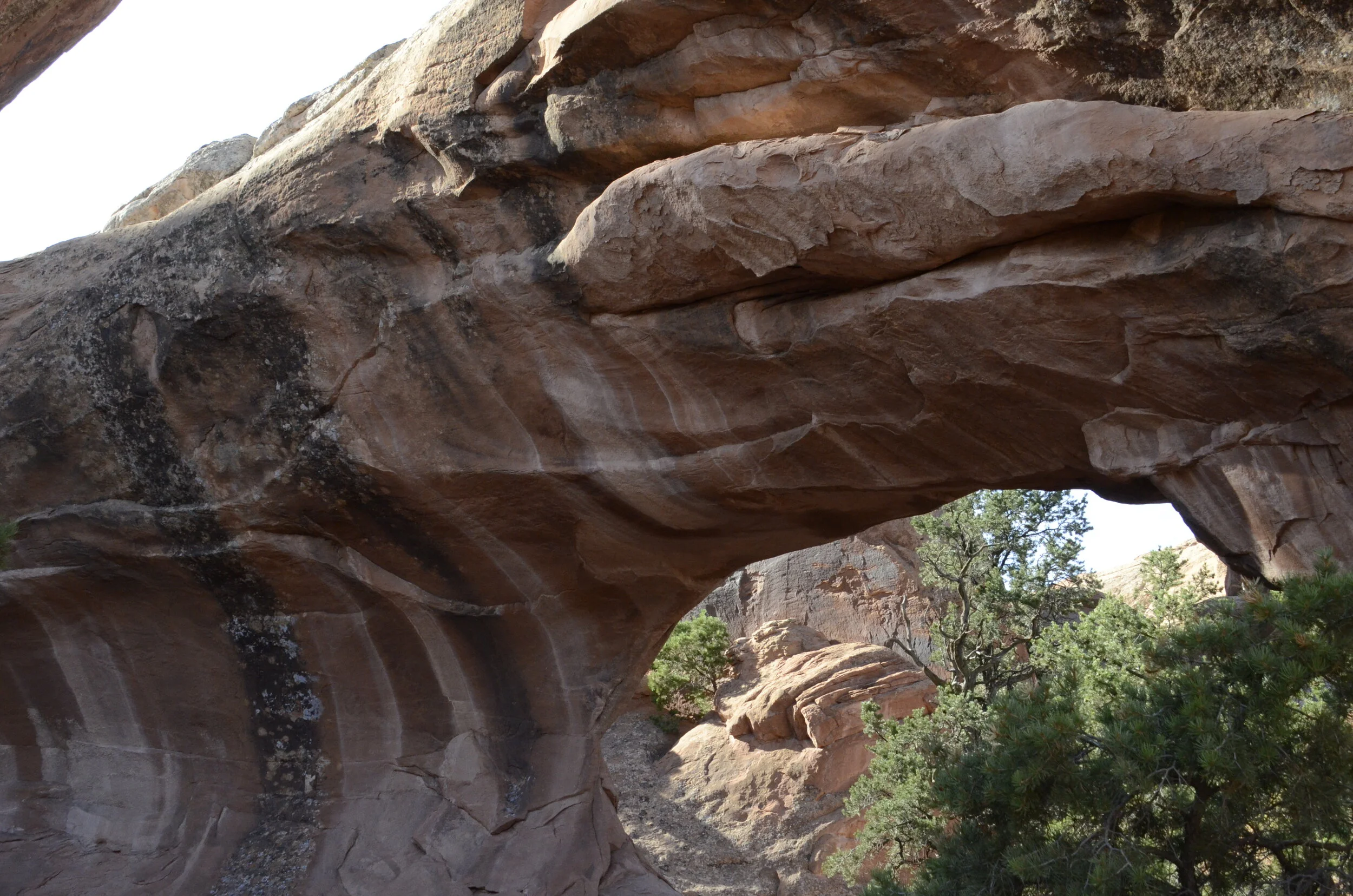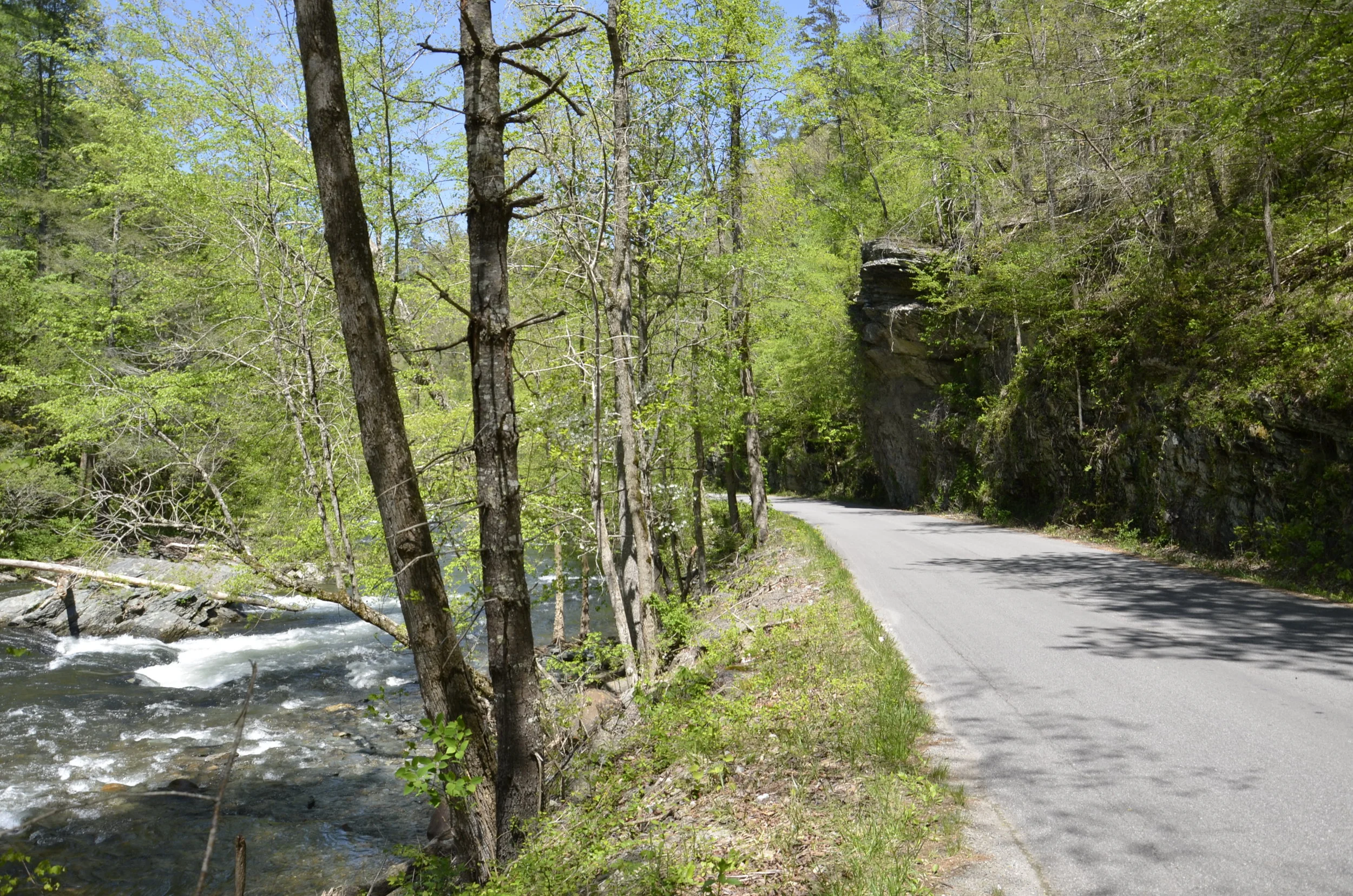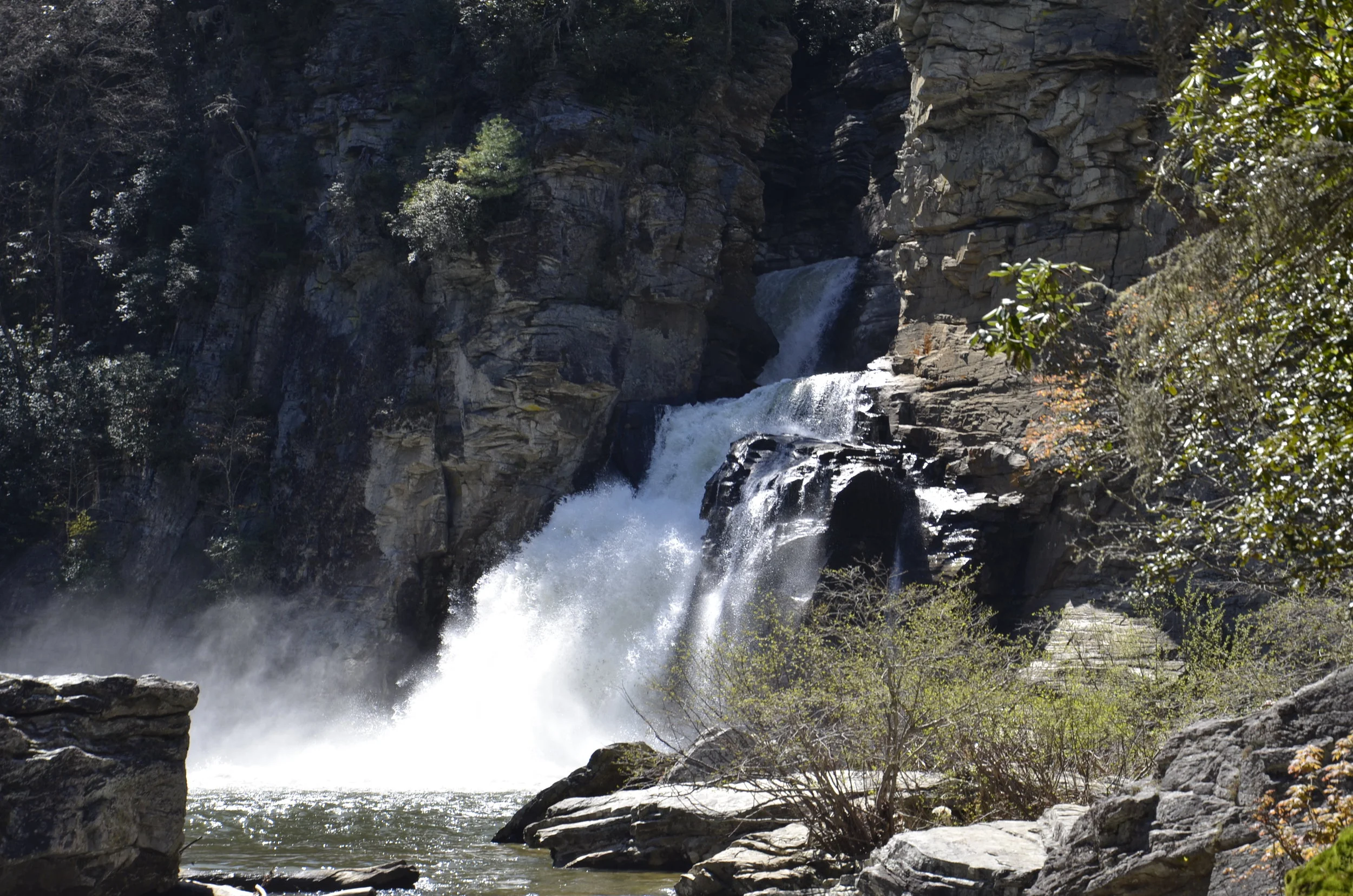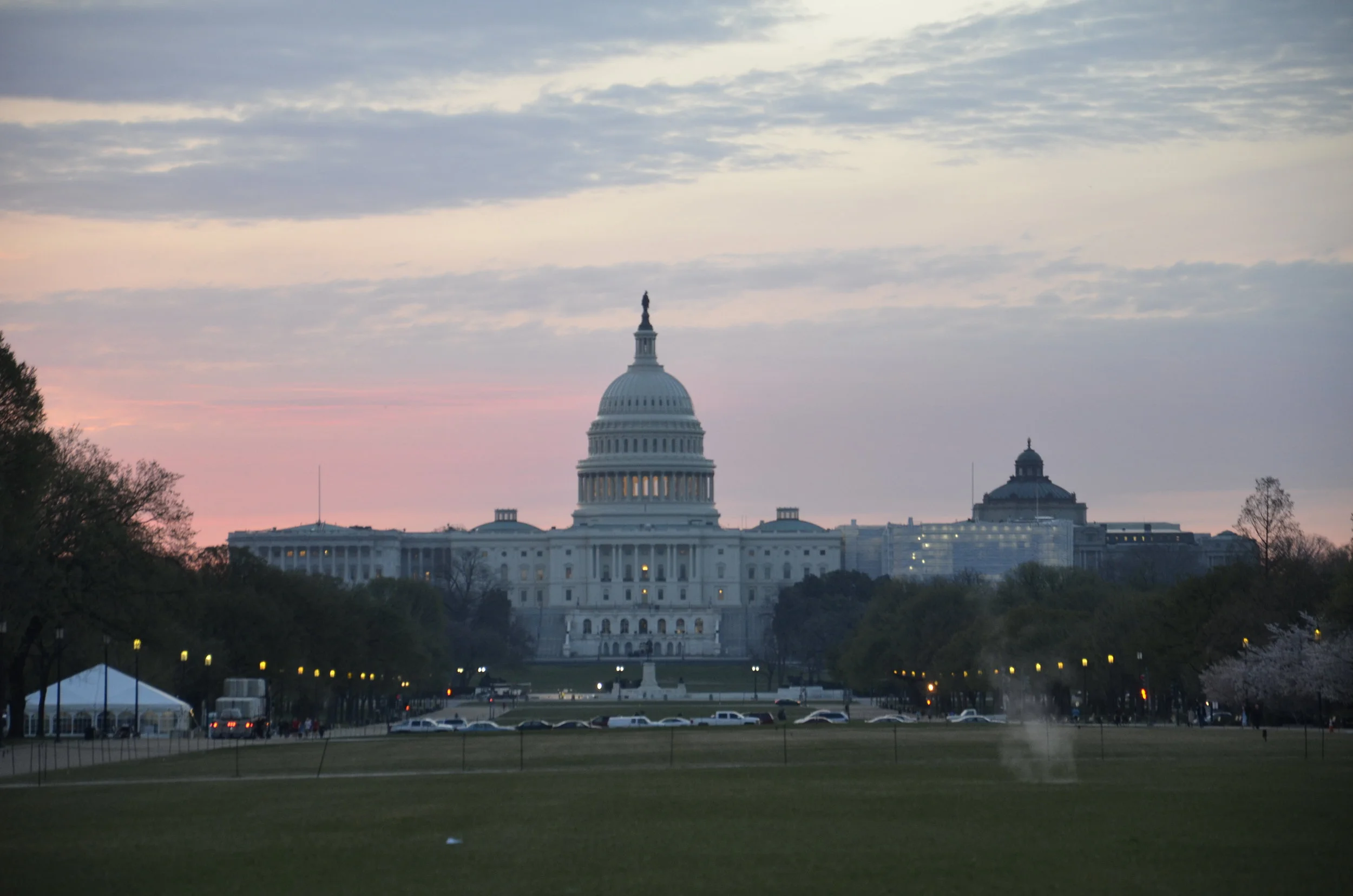End of an 8,400 mile road trip
That sounds impressive. And 2 weeks of that we only covered 225 miles (by raft). We pretty much beat to death Utah and Arizona. Last year, it was Idaho, Wyoming and New Mexico. At this rate, we may actually cover the US before either of us becomes incapacitated. Here’s to trying!
We’ve set a goal of visiting all 61 National Parks. We started this after falling in love with the unique beauty that was showcased in the ones we visited, and so decided that that was a designation that was worthy of visiting. With just about every one that we’ve been to (28 so far, with 16 on this trip alone!), we’ve been very impressed with the special topography that you can’t find elsewhere. The one exception so far was Hot Springs Nat’l Park in the town of the same name in Arkansas. We can understand maybe making this a National Historical Site, but a National Park? The history of the baths and Bathhouse Row was interesting, and seeing the hot springs that bubble up through town was pretty unique…but…we’d recommend Thermopolis, Wyoming for its free public baths and gorgeous travertine basins and walls. (Head back to the Archives tab if you’re interested in revisiting those sights from last year.)
Because I wanted to end with the best, the layout/timeline of this post is backwards - starting with Hot Springs.
We were so sure that we wouldn’t see anything of note, that we only had Steve’s phone to document our visit (and his incomparable skill at incorporating his finger into a picture).
As we came back home through Texas, we visited Guadalupe Mountains National Park. West Texas is really flat and boring, then these mountains pop up.
With it being fall, the few maples present gave a brilliant red accent to the surrounding grey-green.
We went on a 2-3 mile hike, and were pleasantly surprised with the cool beauty of the oasis tucked up in the valley.
Now for the crowning glory. I had found a slot canyon hike in southern Utah that was open to all, in contrast to Antelope Canyon of Instagram fame. Wire Pass Trail to Buckskin Gulch was reached by an unbelievably rutted 9 mile long dirt road (that we couldn’t drive more than 20 mph and keep our teeth in our head).
We had to walk over a mile before we even got to the first area of slot canyon, but the scenery was pretty nice along the way -
Wire Pass Gulch was narrower, and one of the narrow parts is on the far left of this next picture:
It was so cool to be able to see and hear birds while in the slot -
We came out of that narrows -
…to this beautiful arch (Steve there for scale, and yes, it was really cold when we set out that morning).
Now on to Buckskin Gulch -
It was really hard to get good pictures because of the light. Most of the time, there was very little, so I’d focus on details…
…because the next shot would be “blown out” with too much light -
…but you could still see the cool contrasts. Buckskin Gulch had much taller walls than Wire Pass…
…and Steve had some difficulty with the uneven footing and stepping over rocks. As we headed back -
…we came back out into a wide spot in Wire Pass Gulch.
I’ll end this post and this extended treatise of our rambles with my favorite slot canyon picture -



